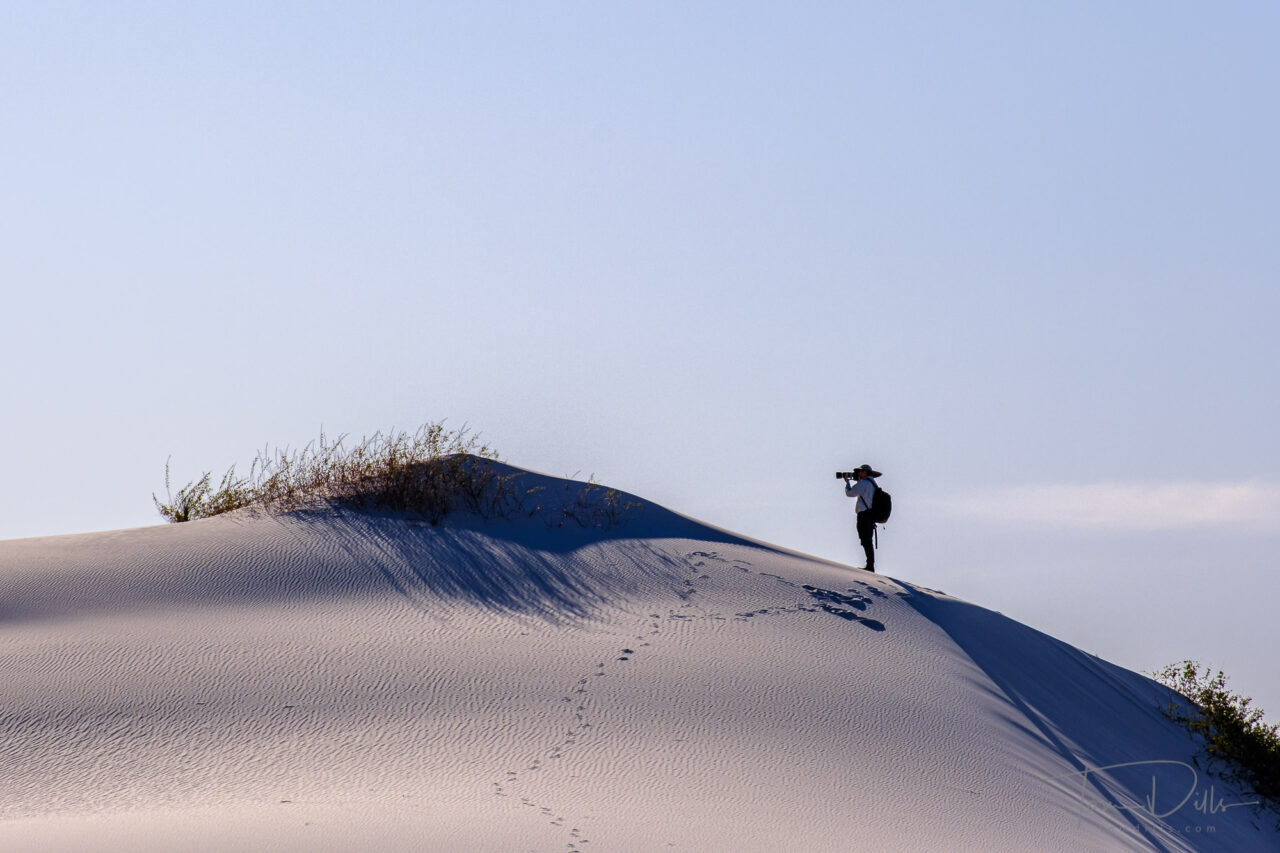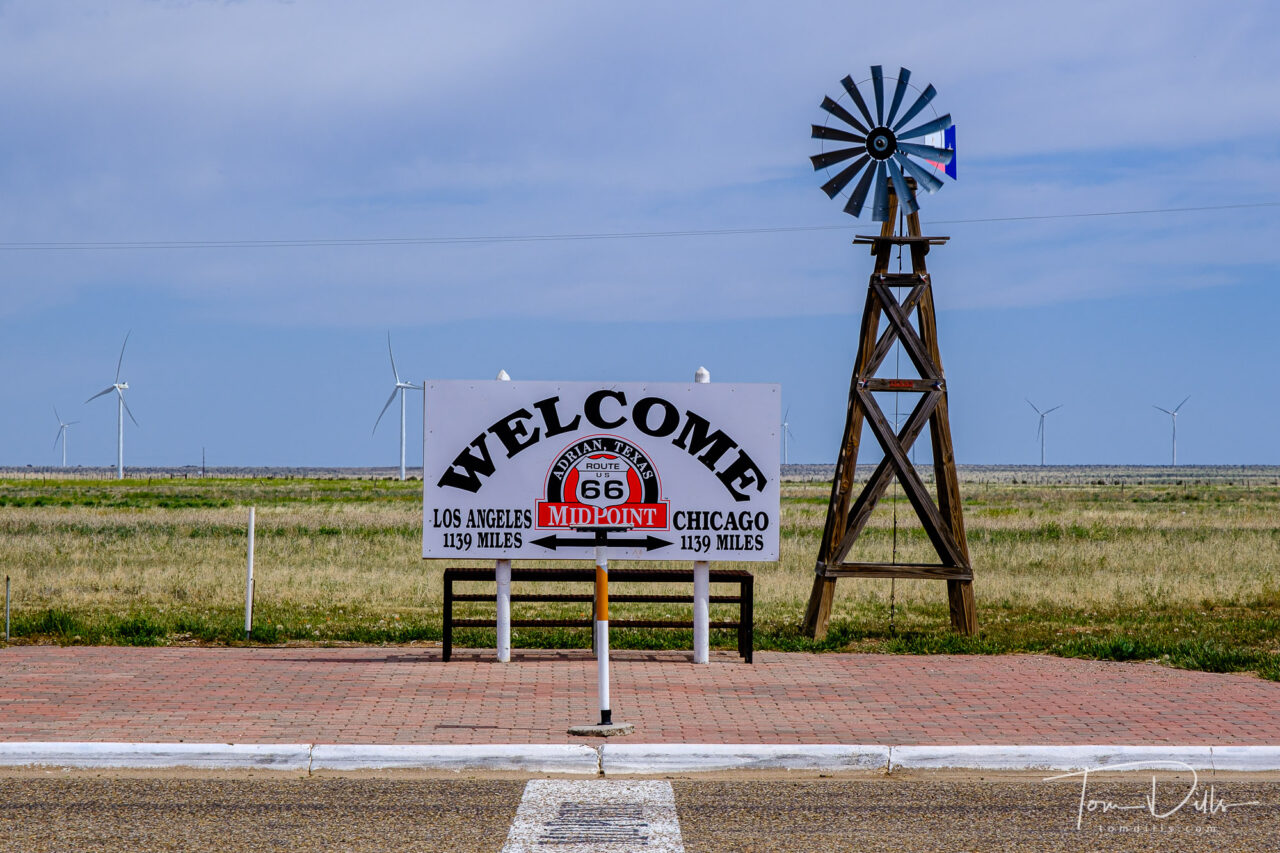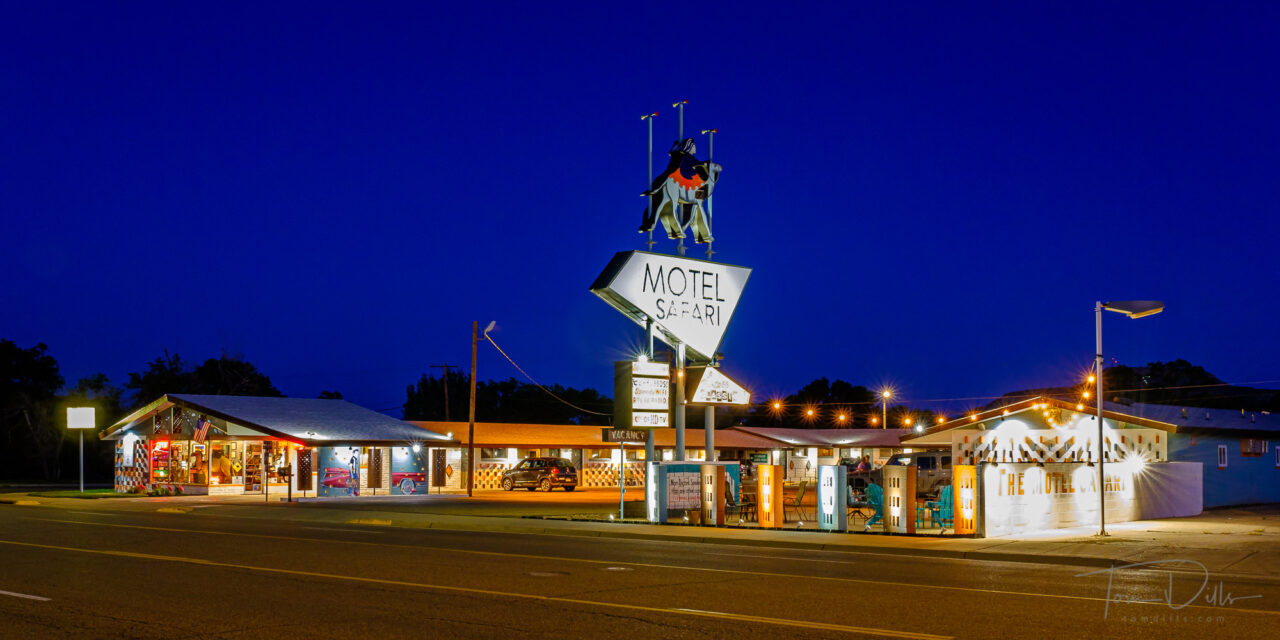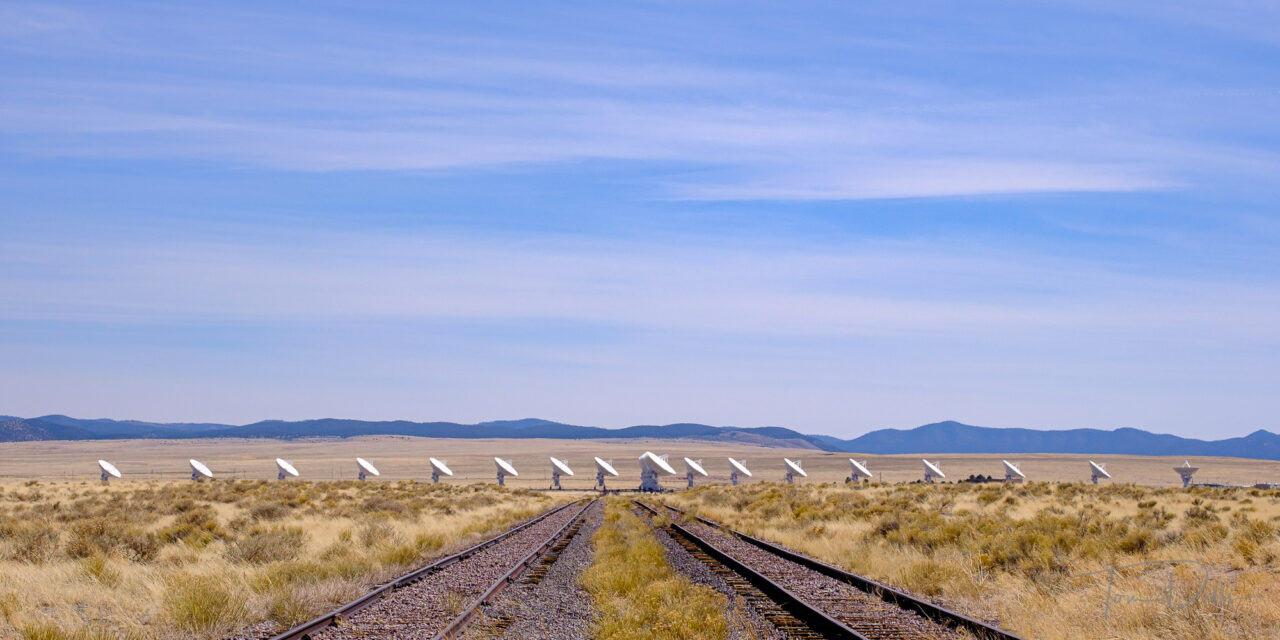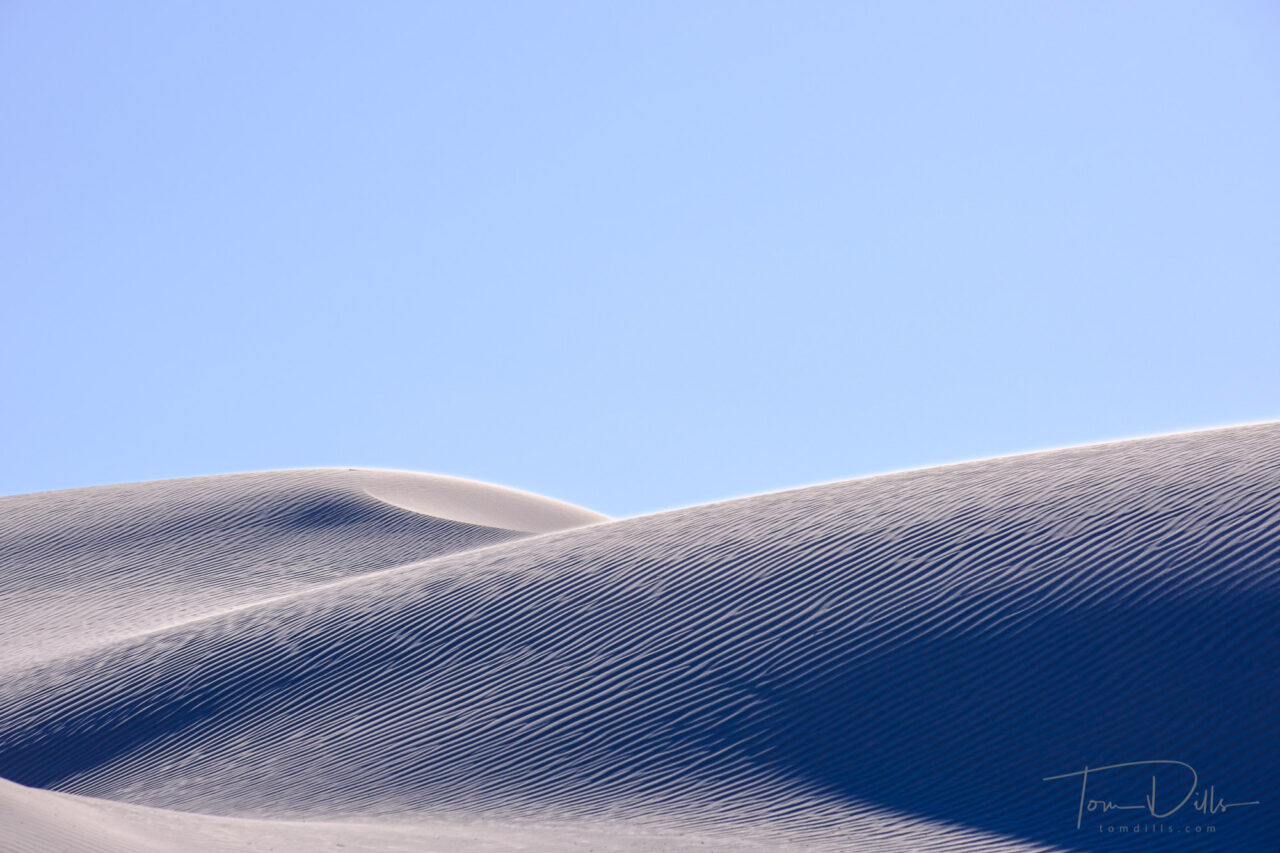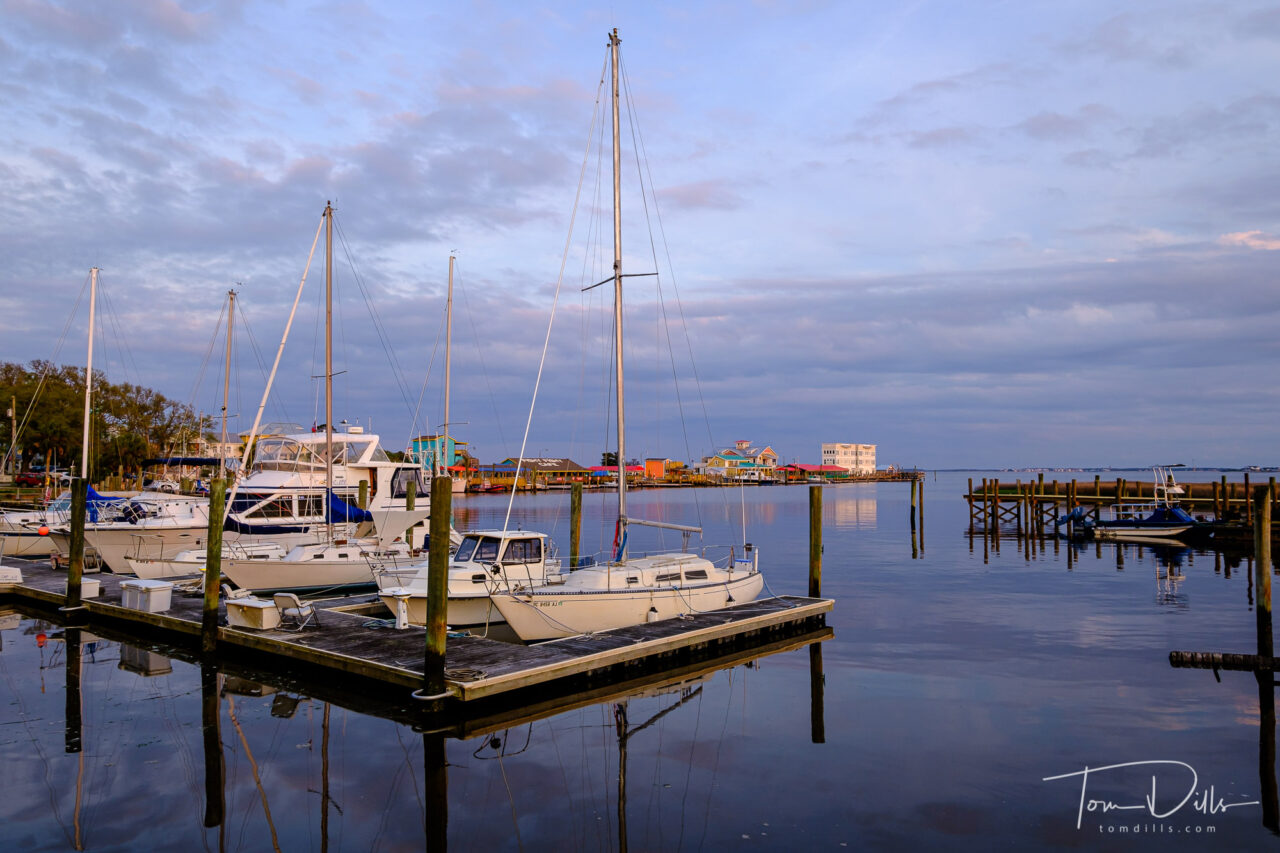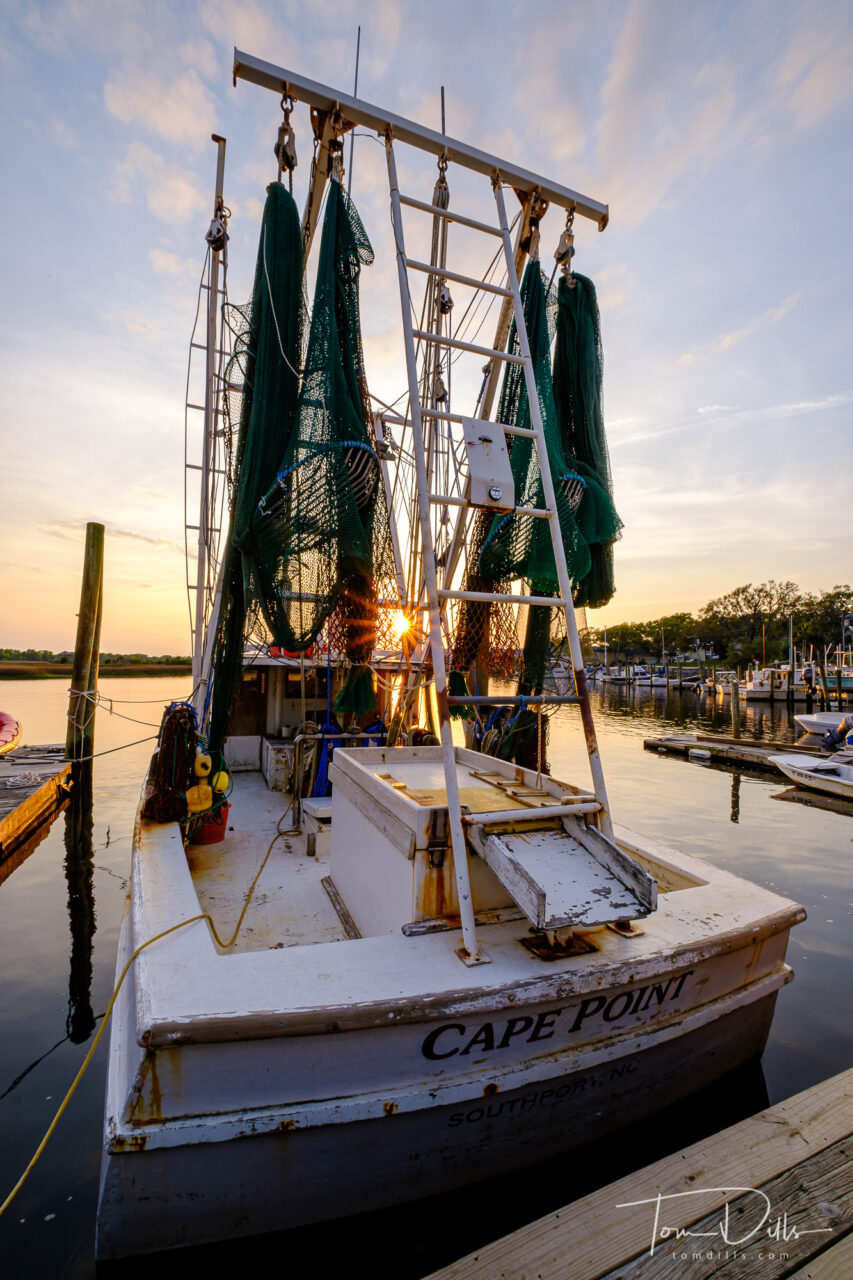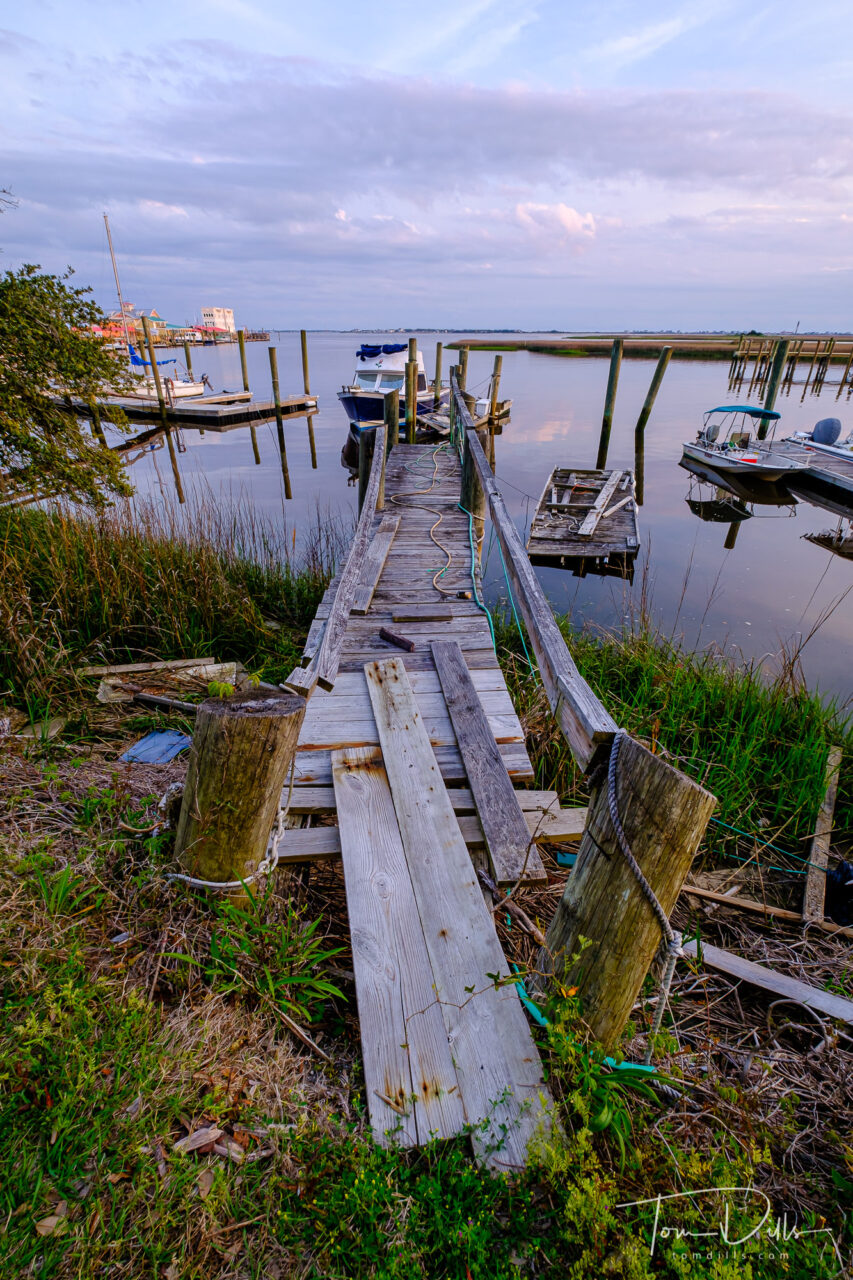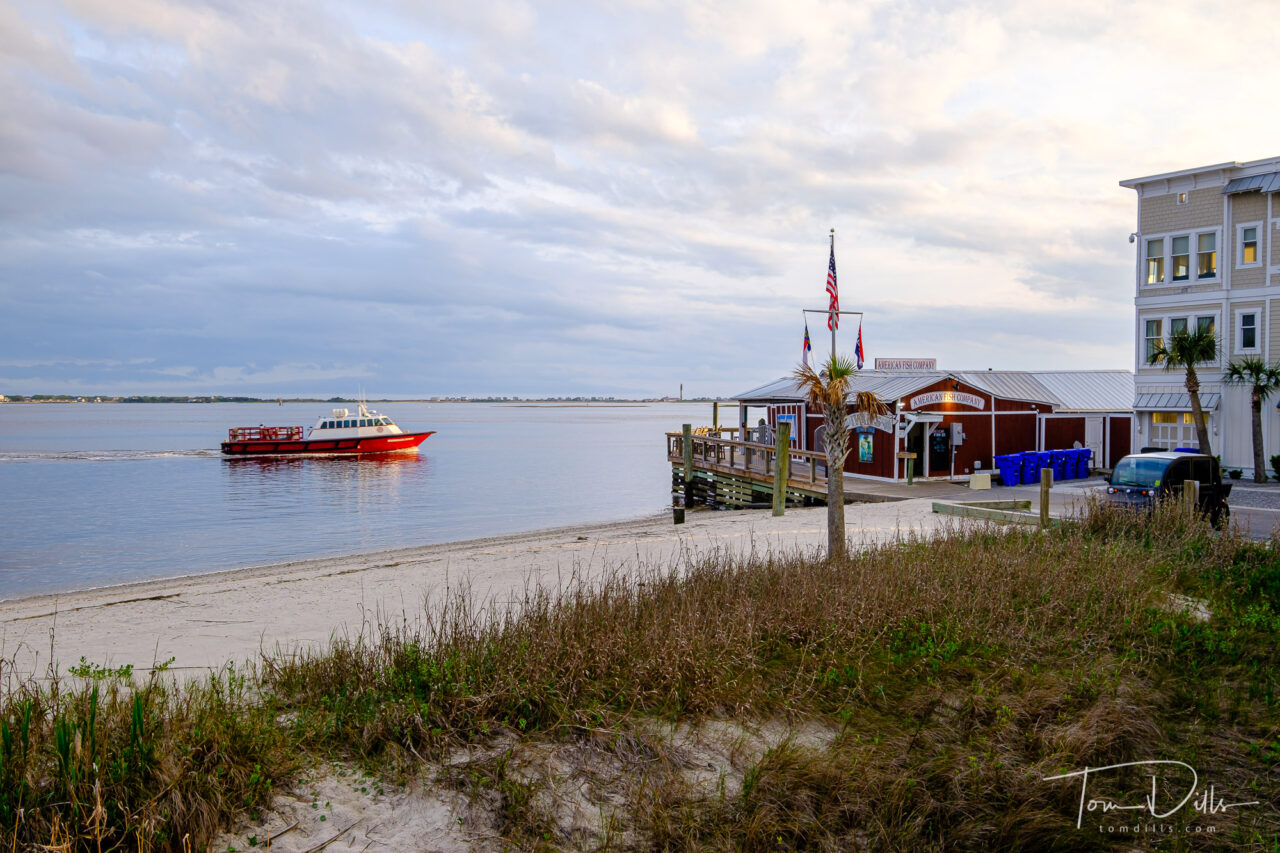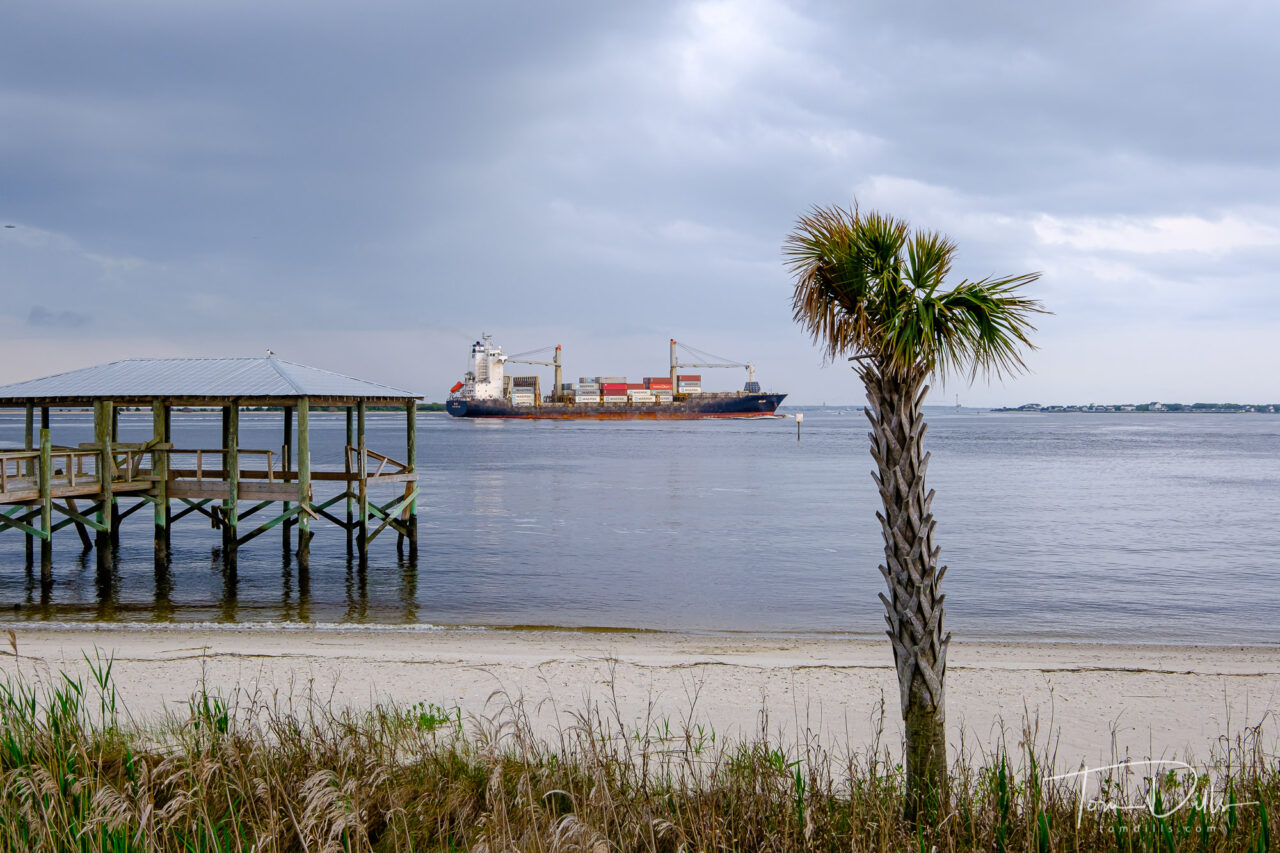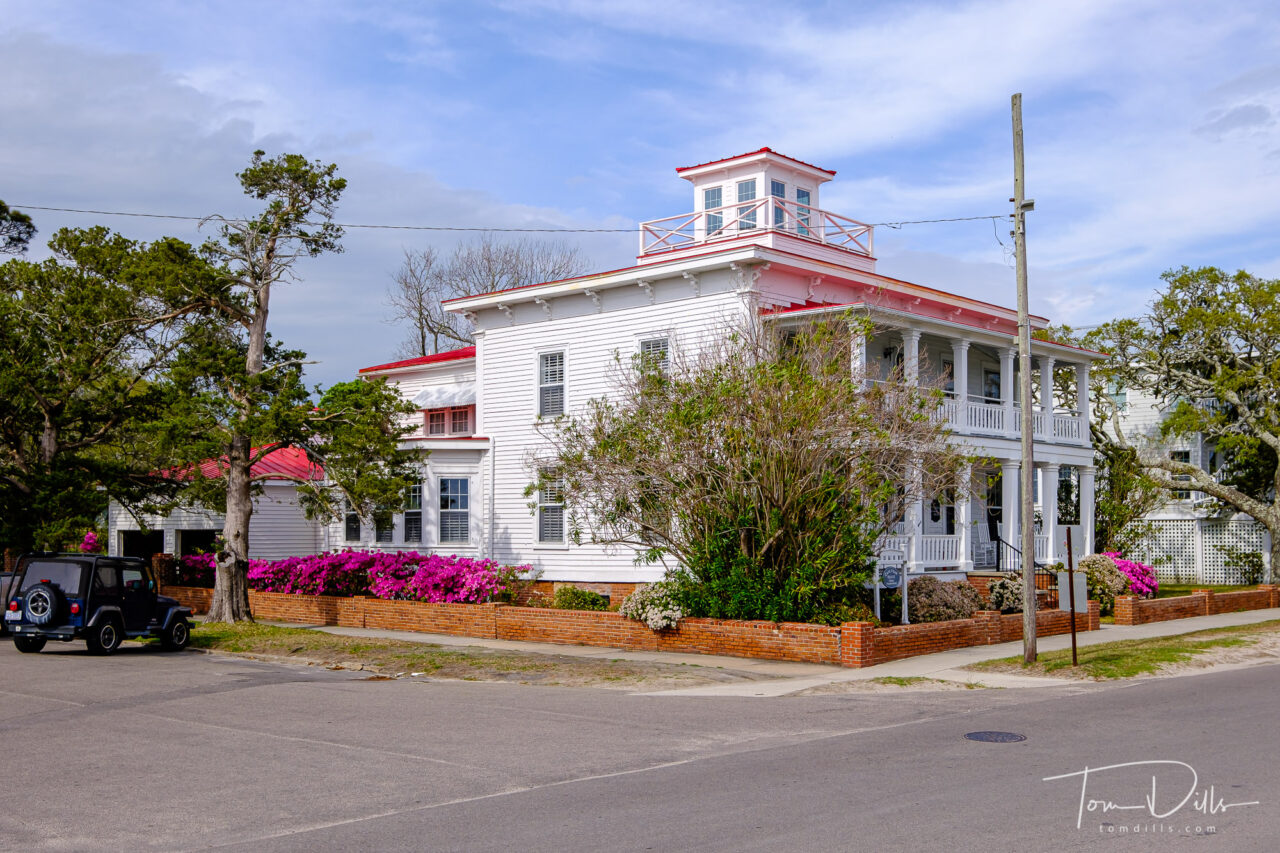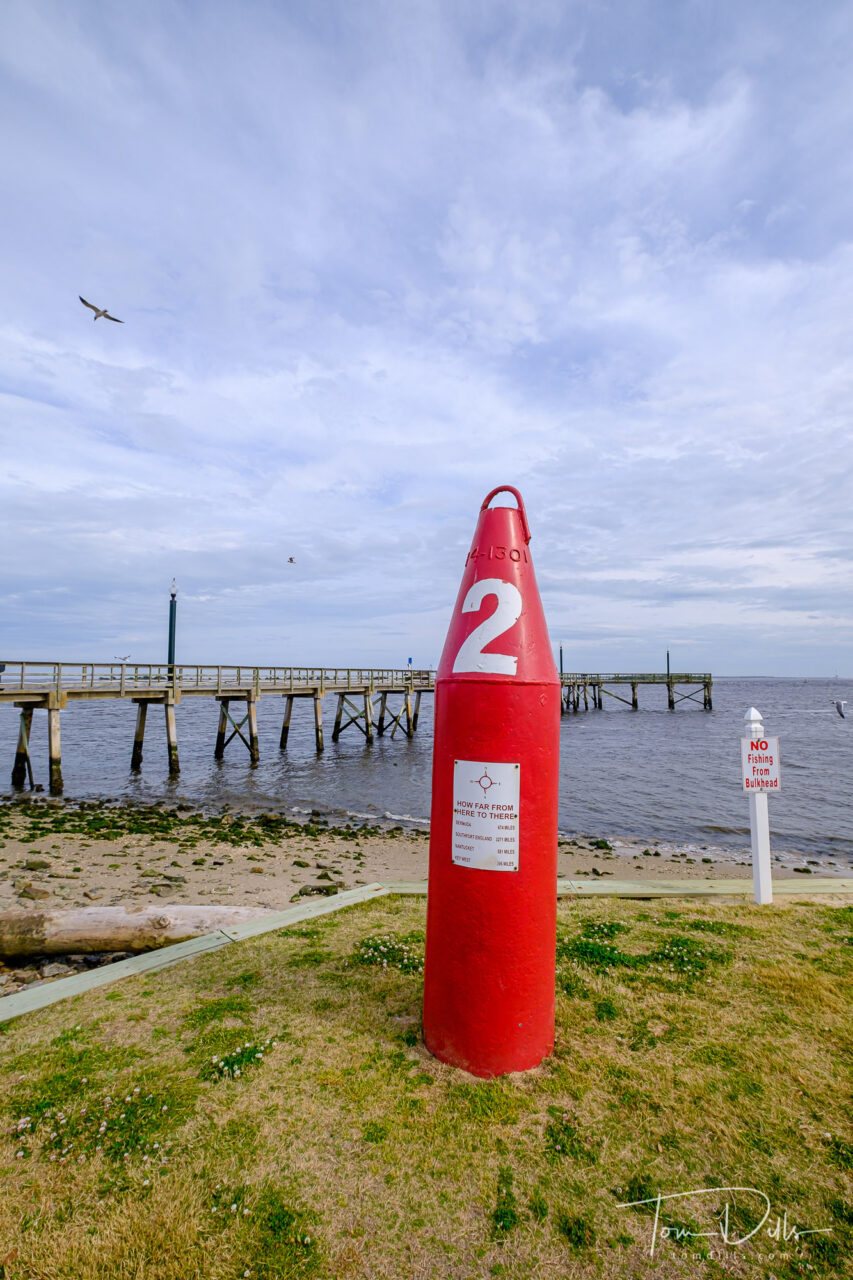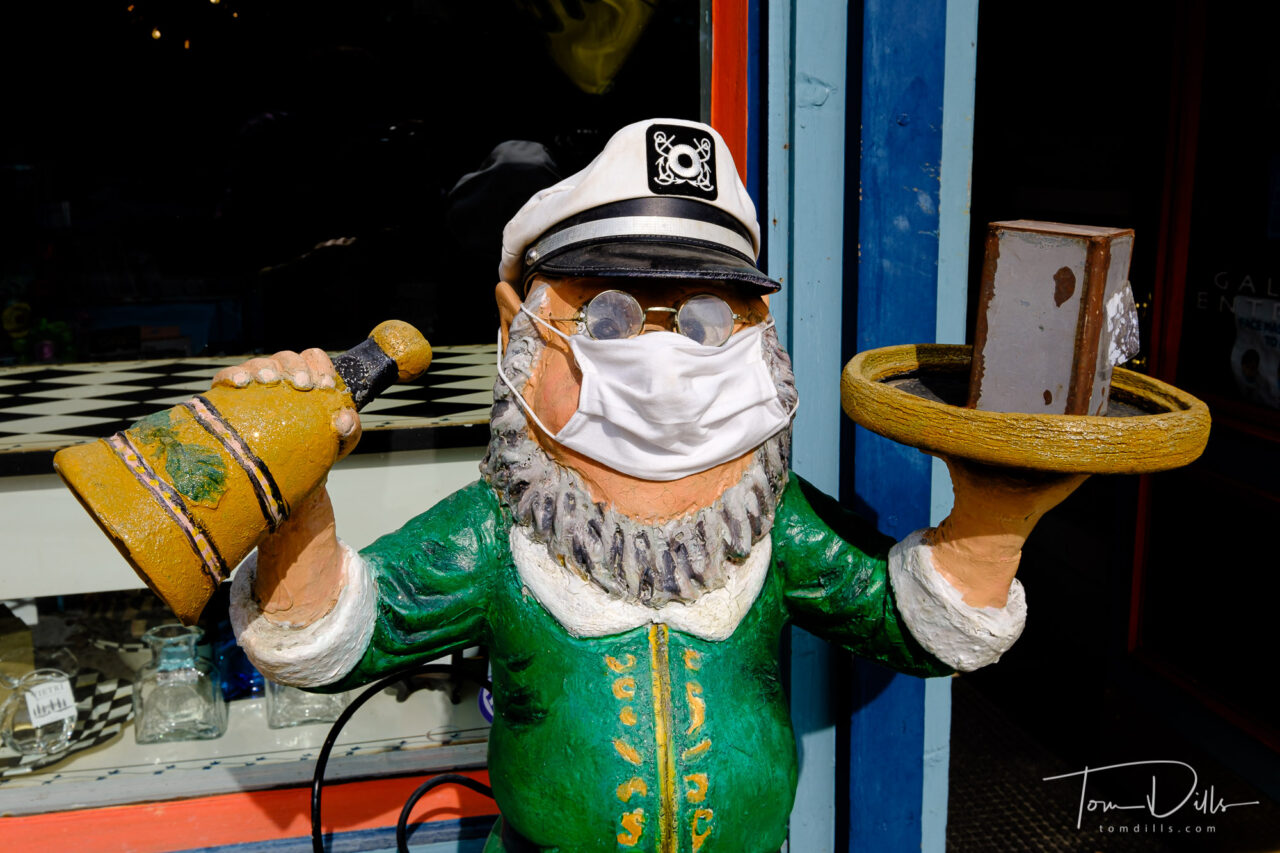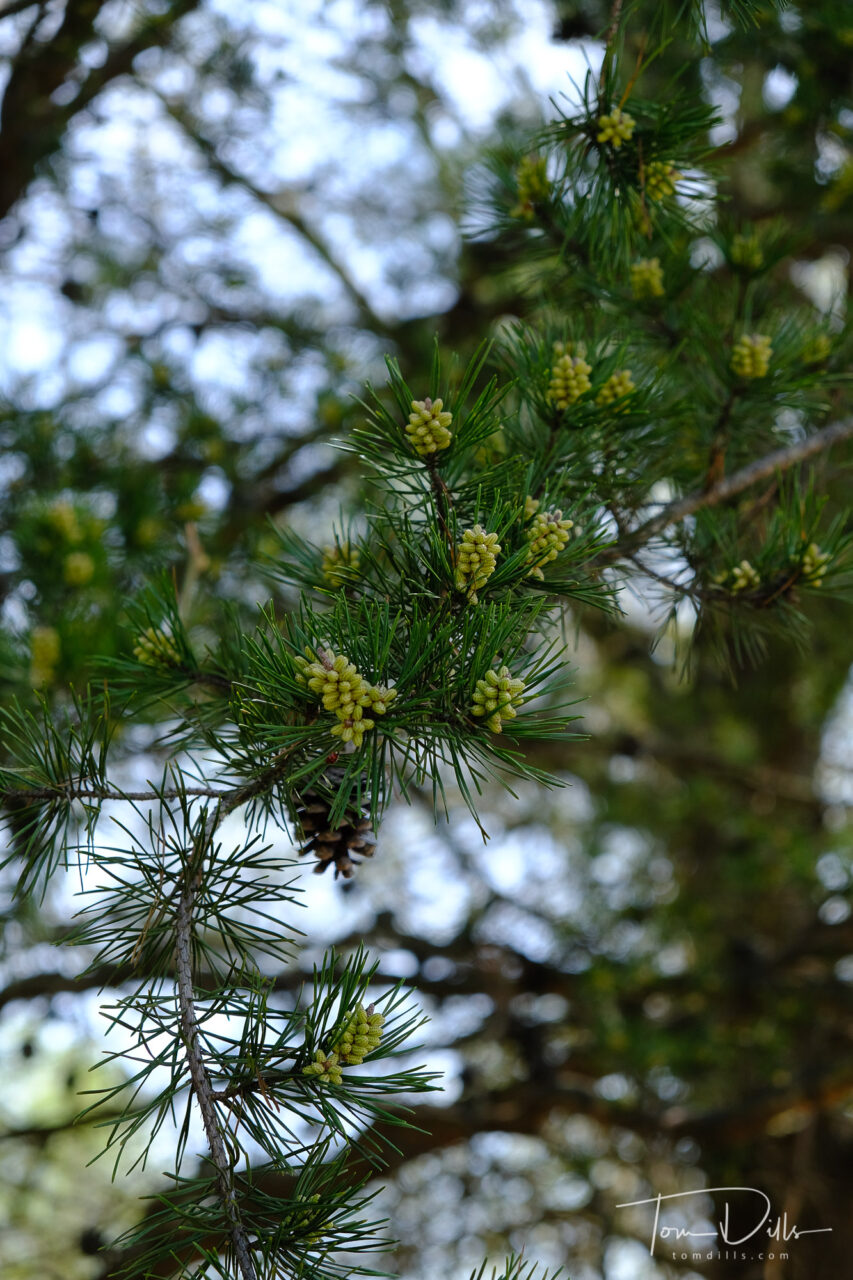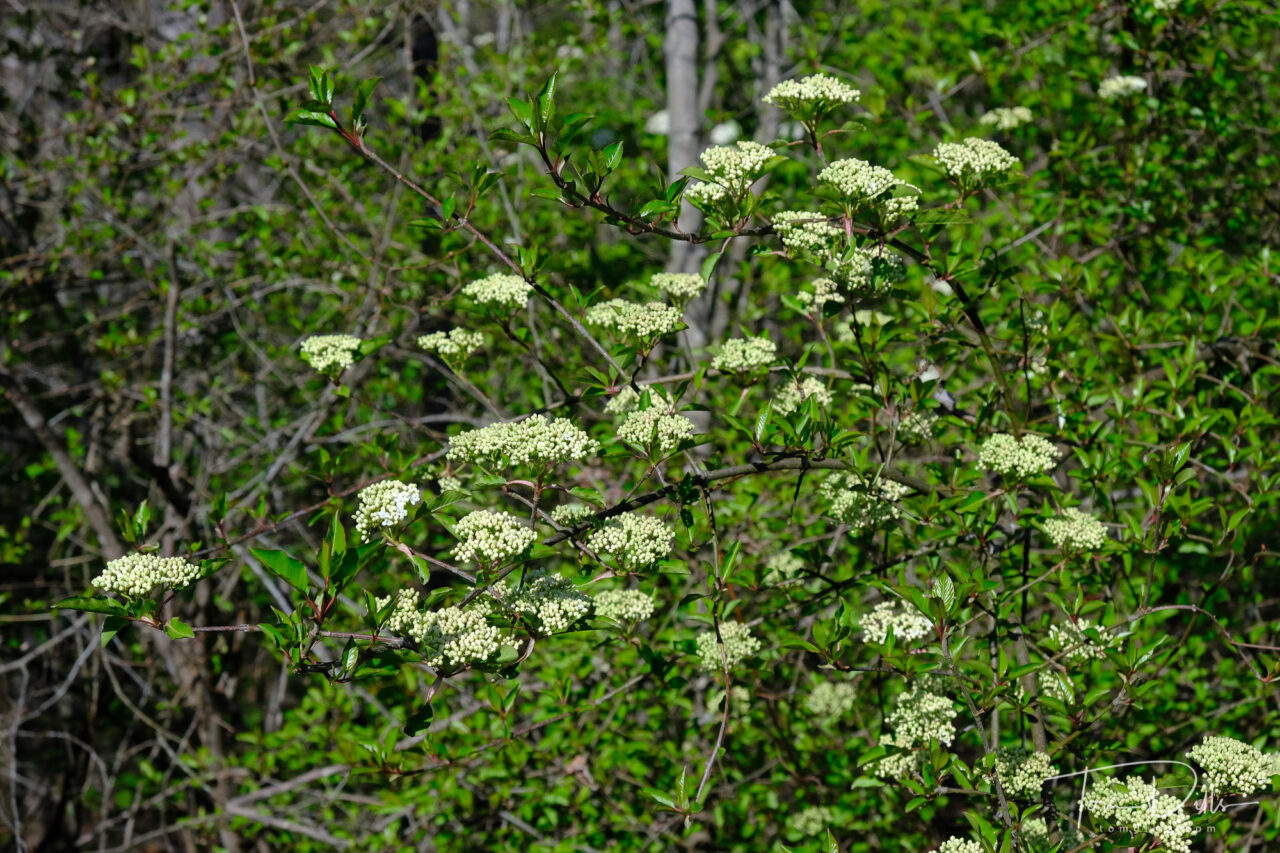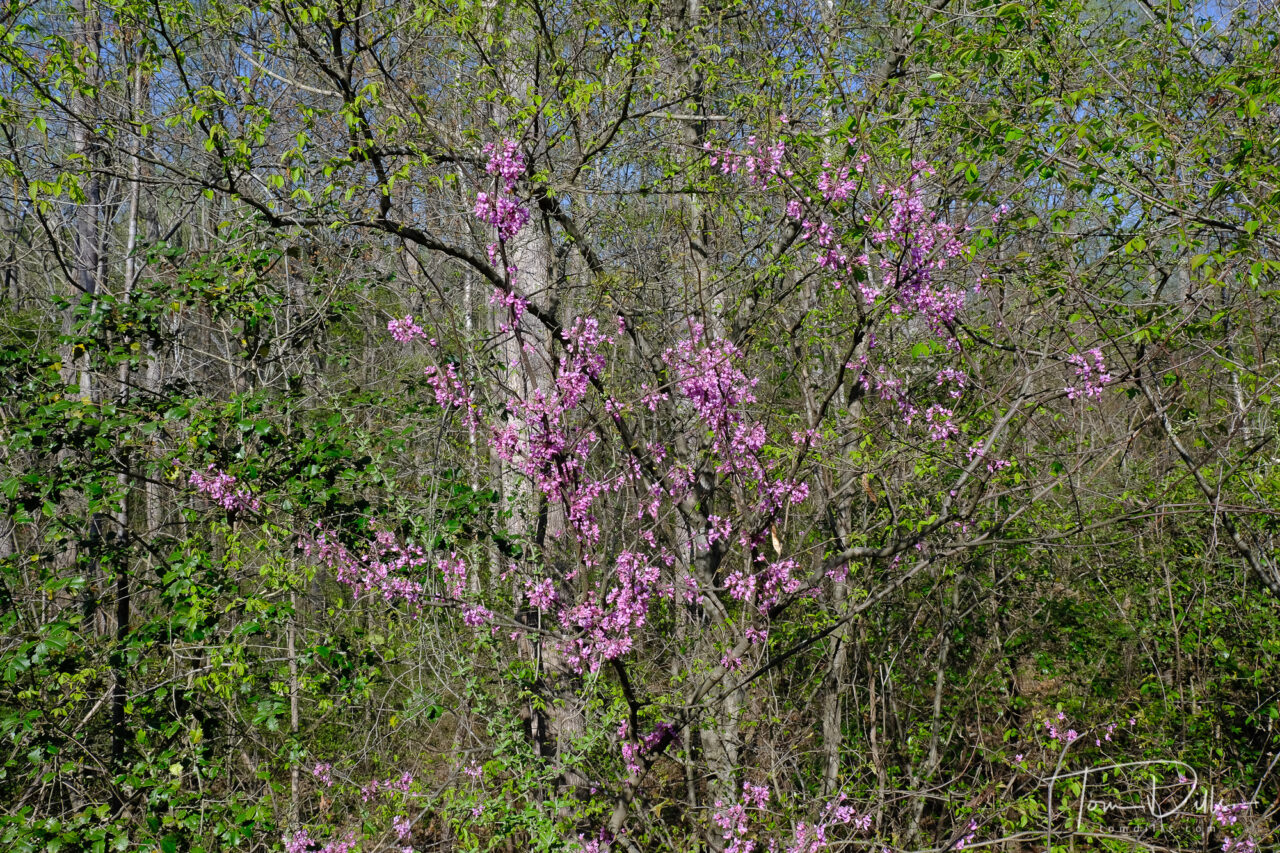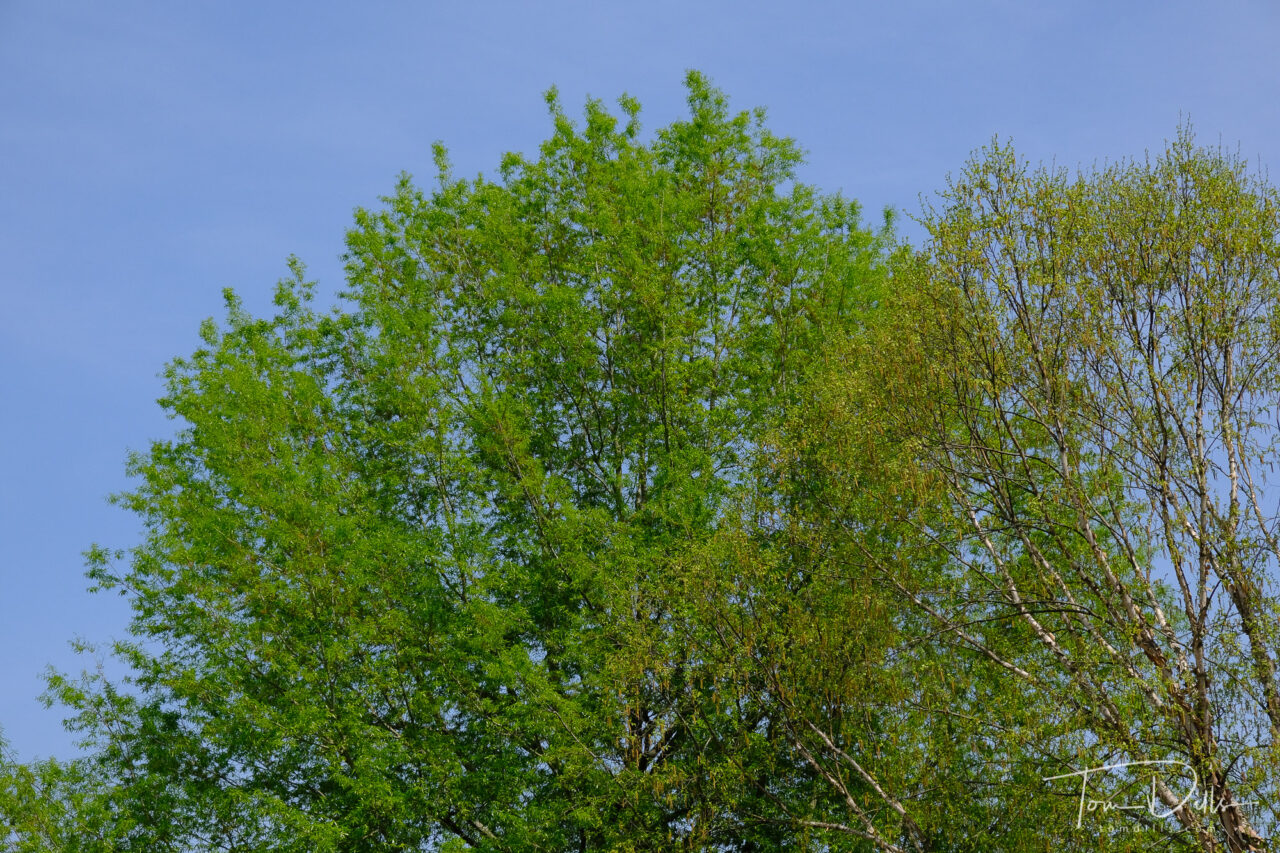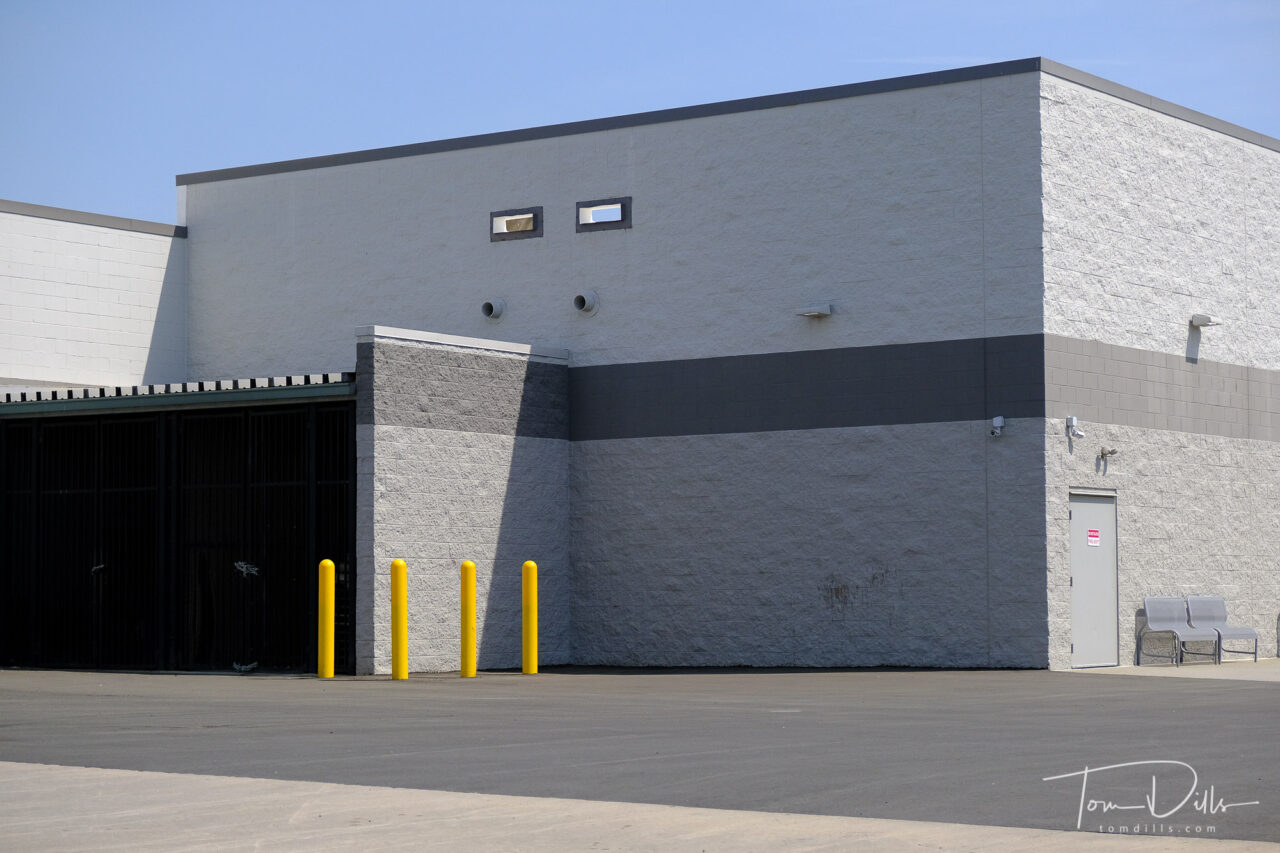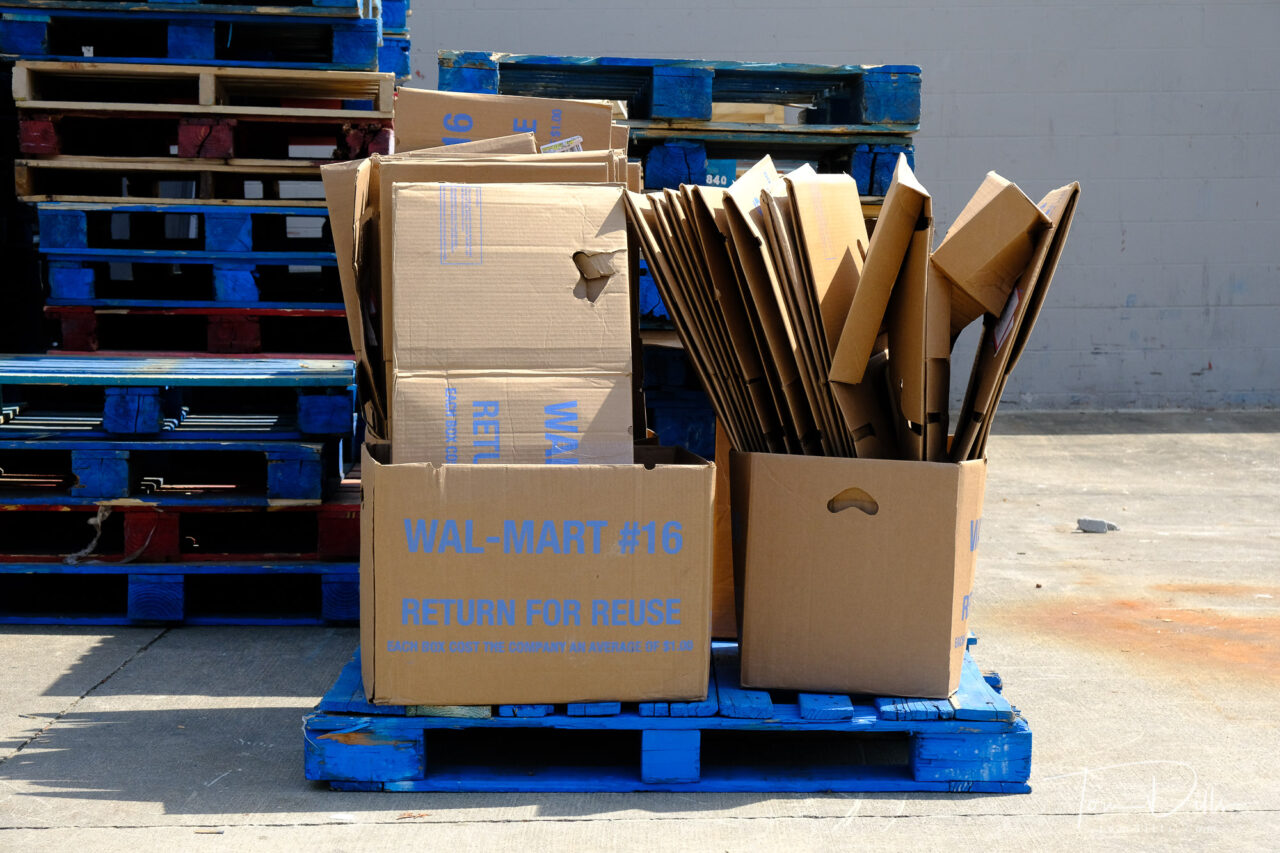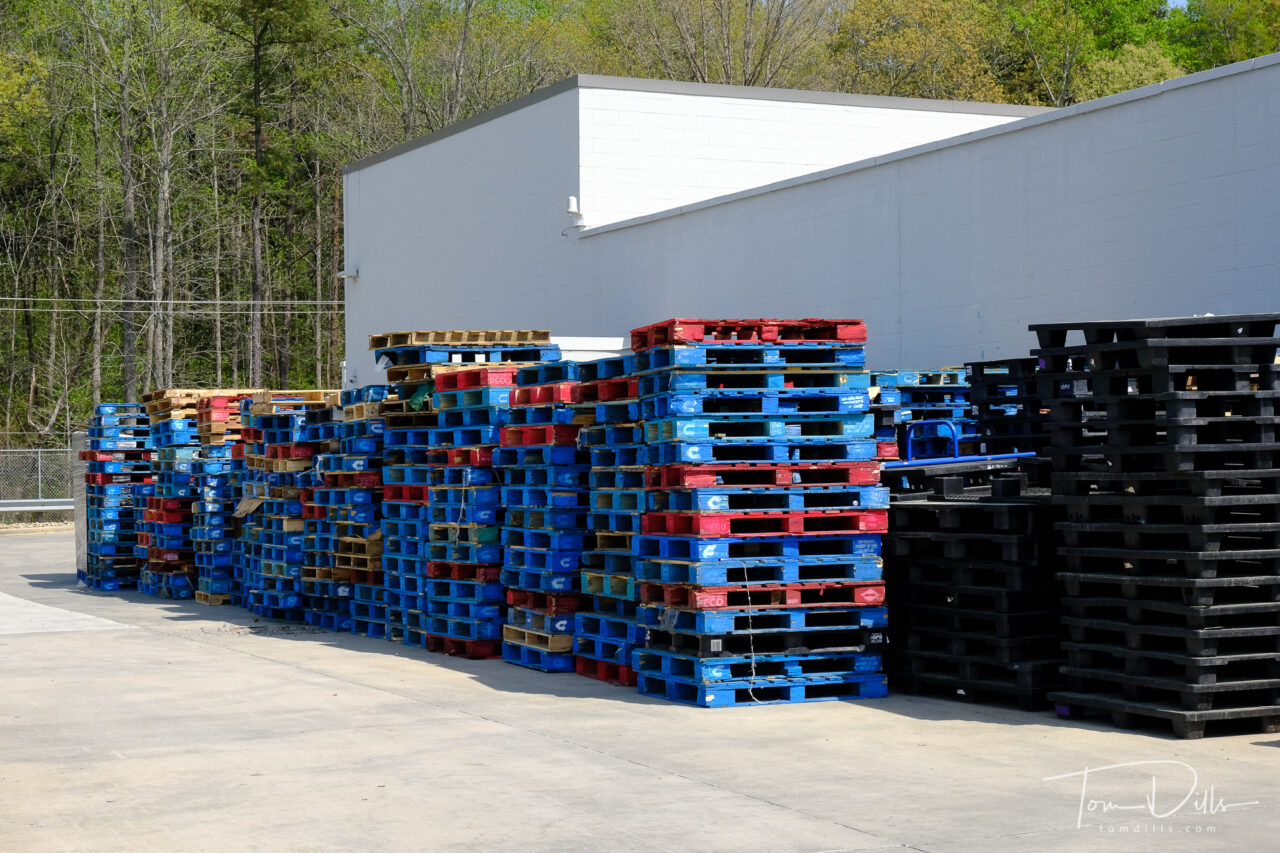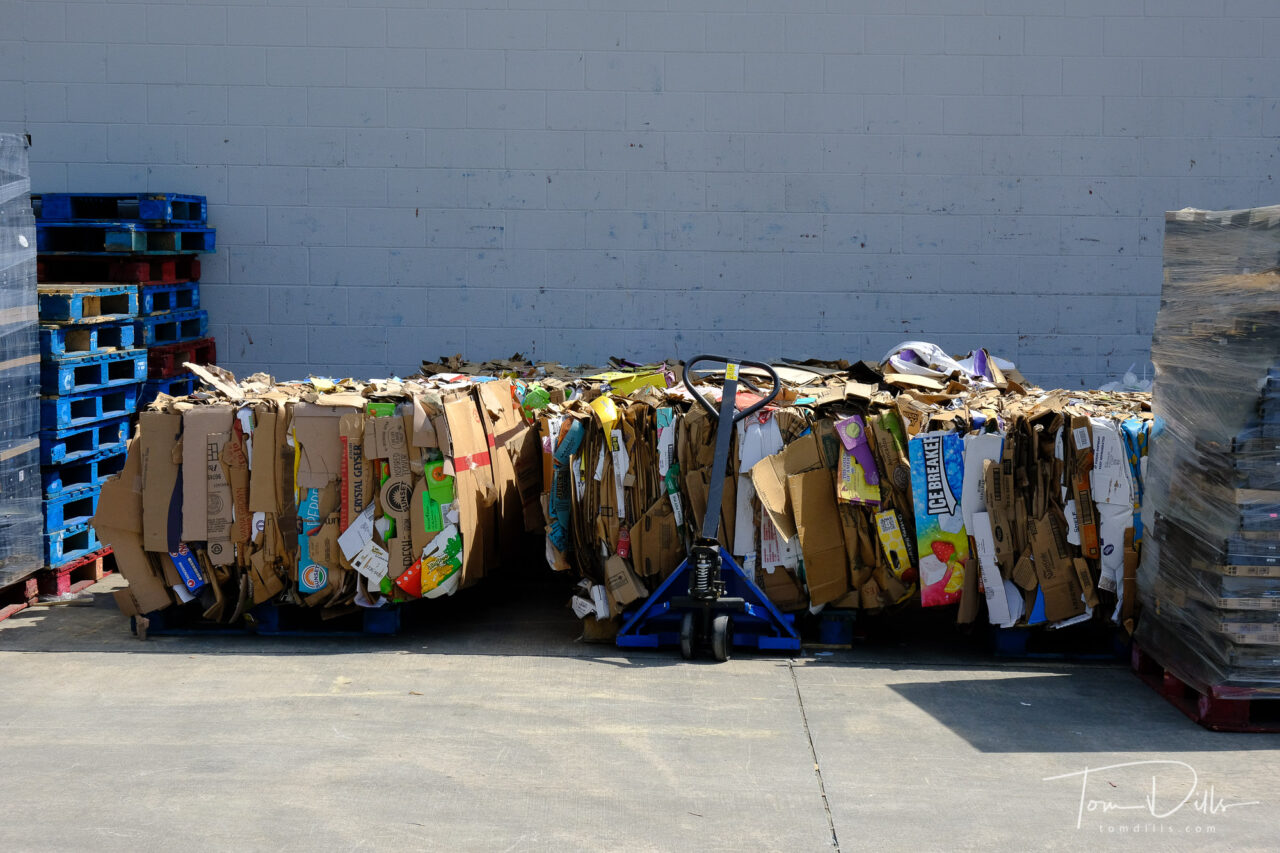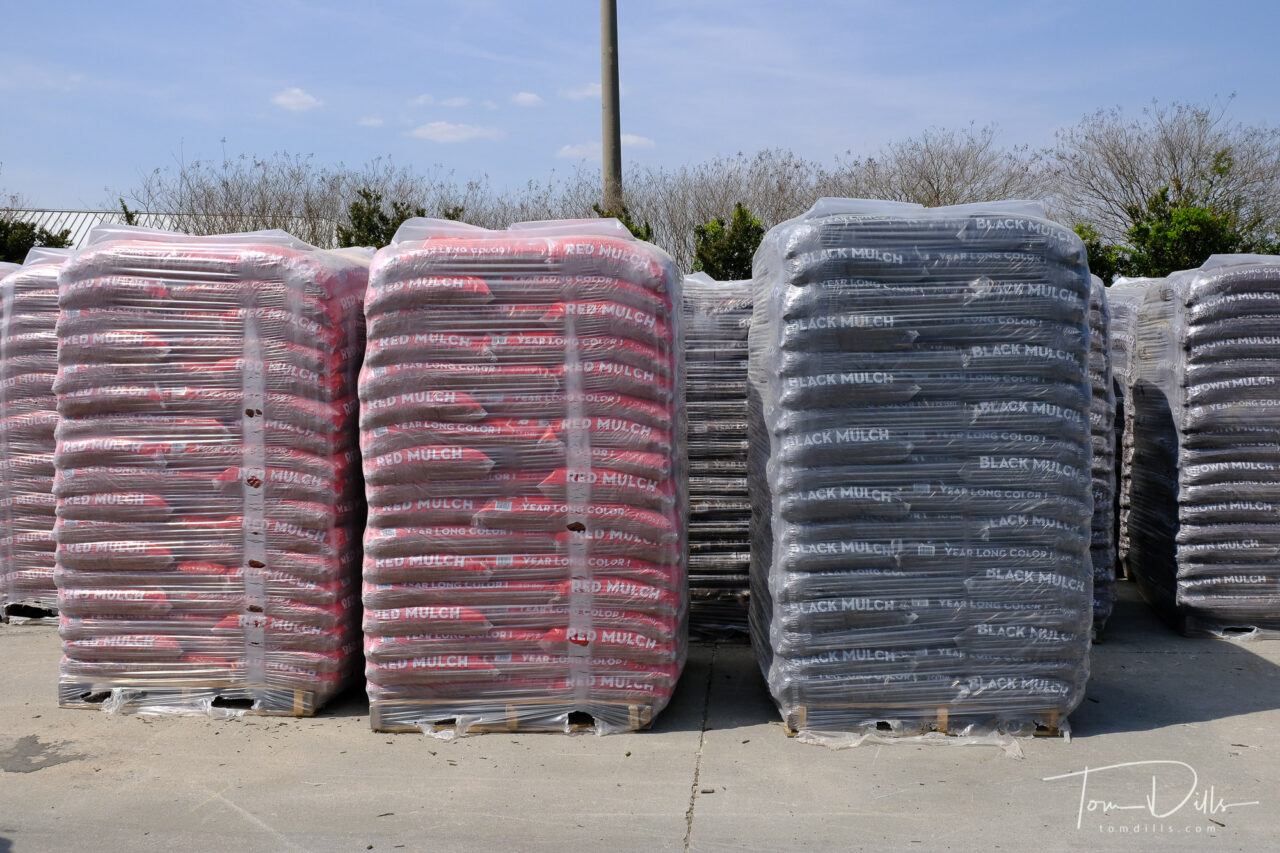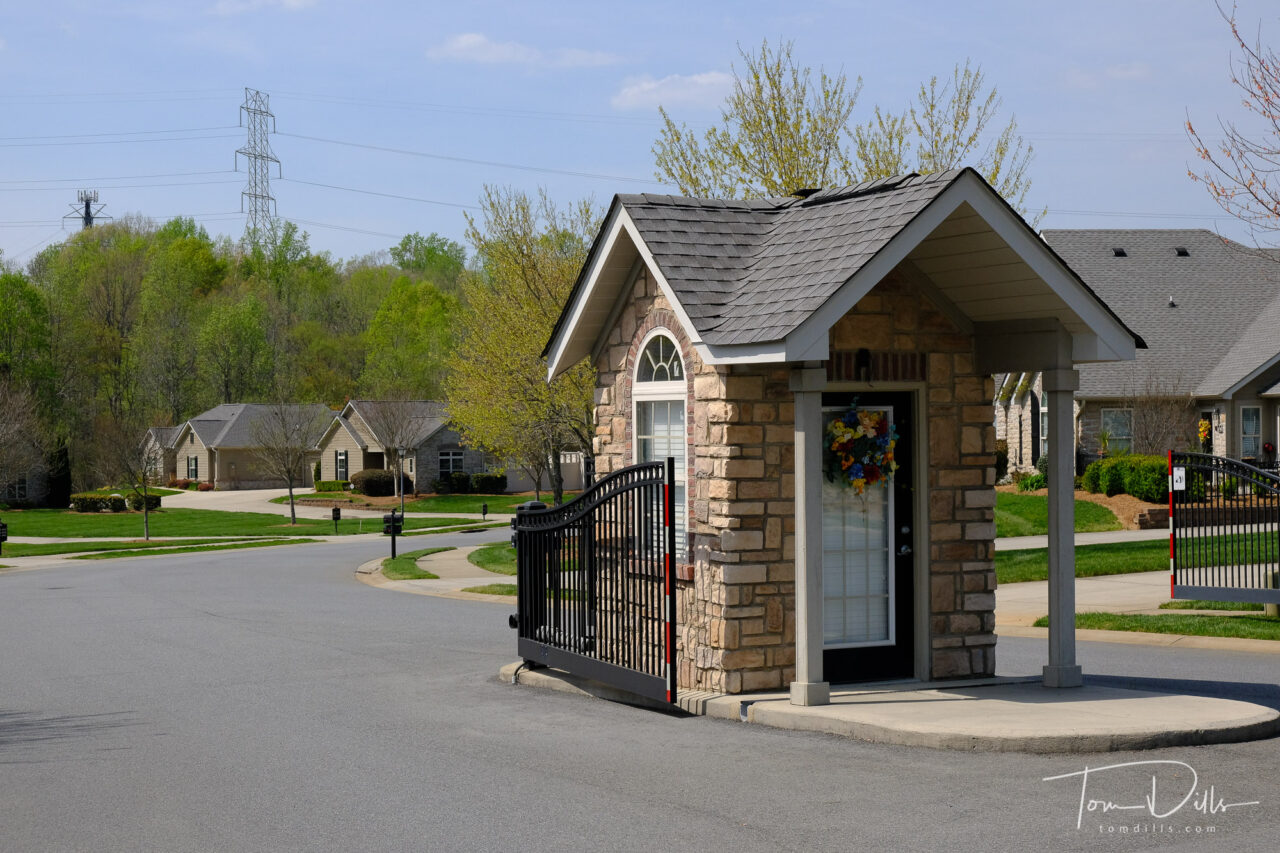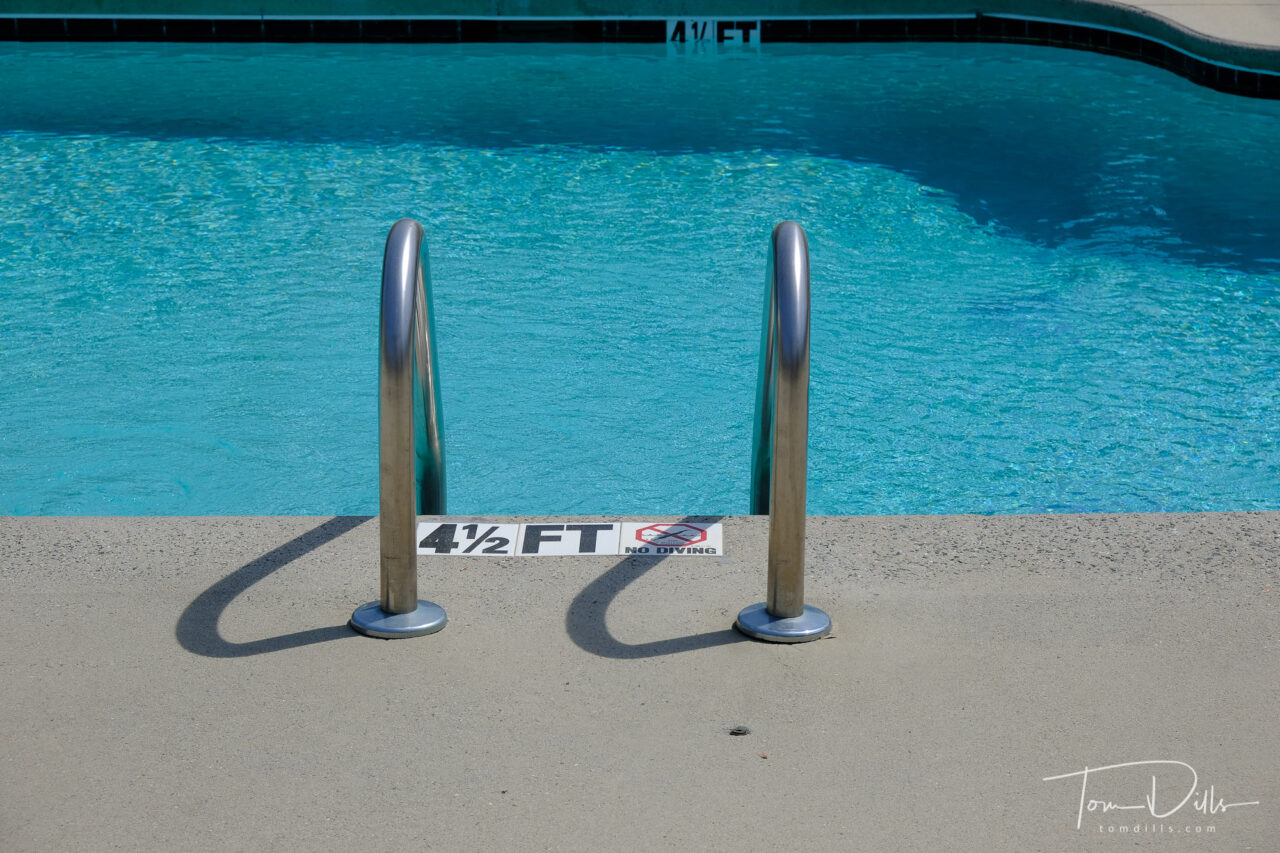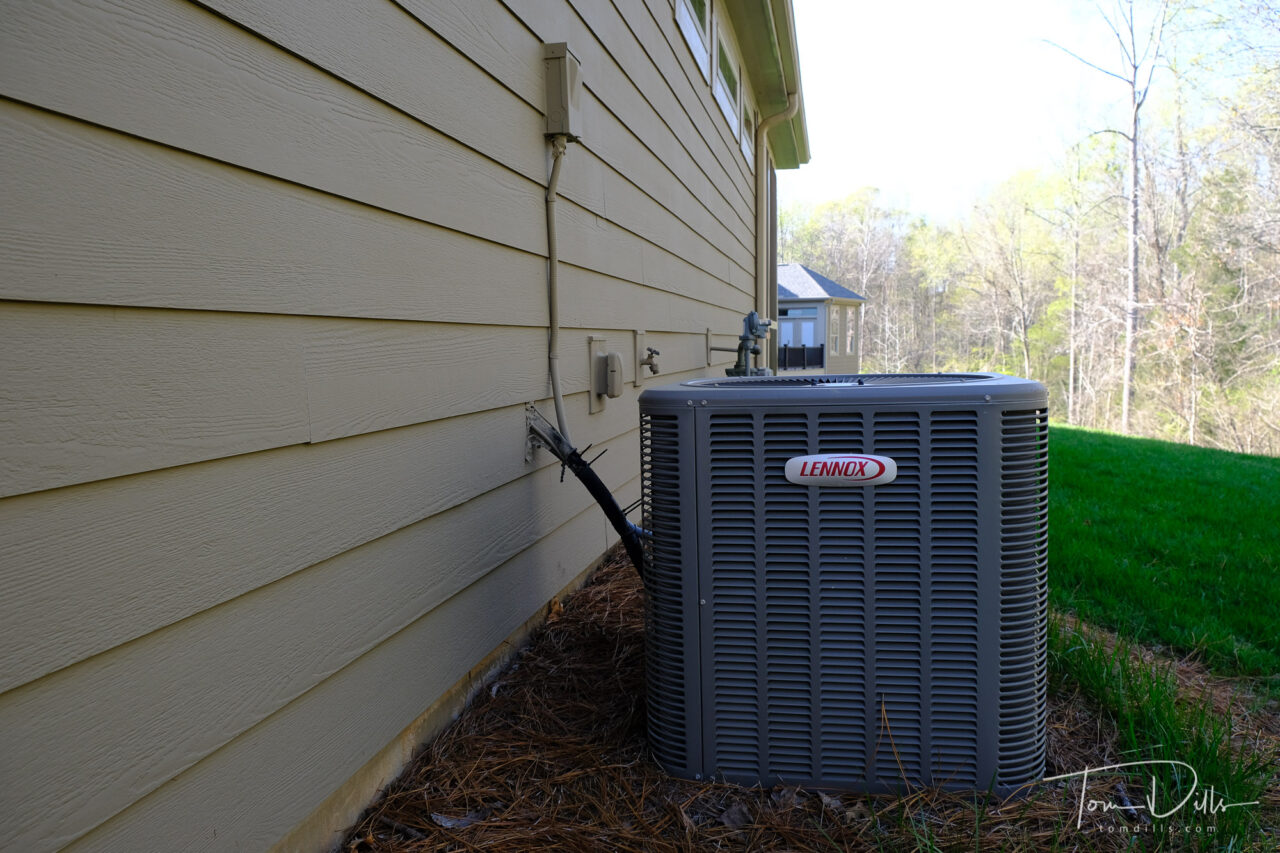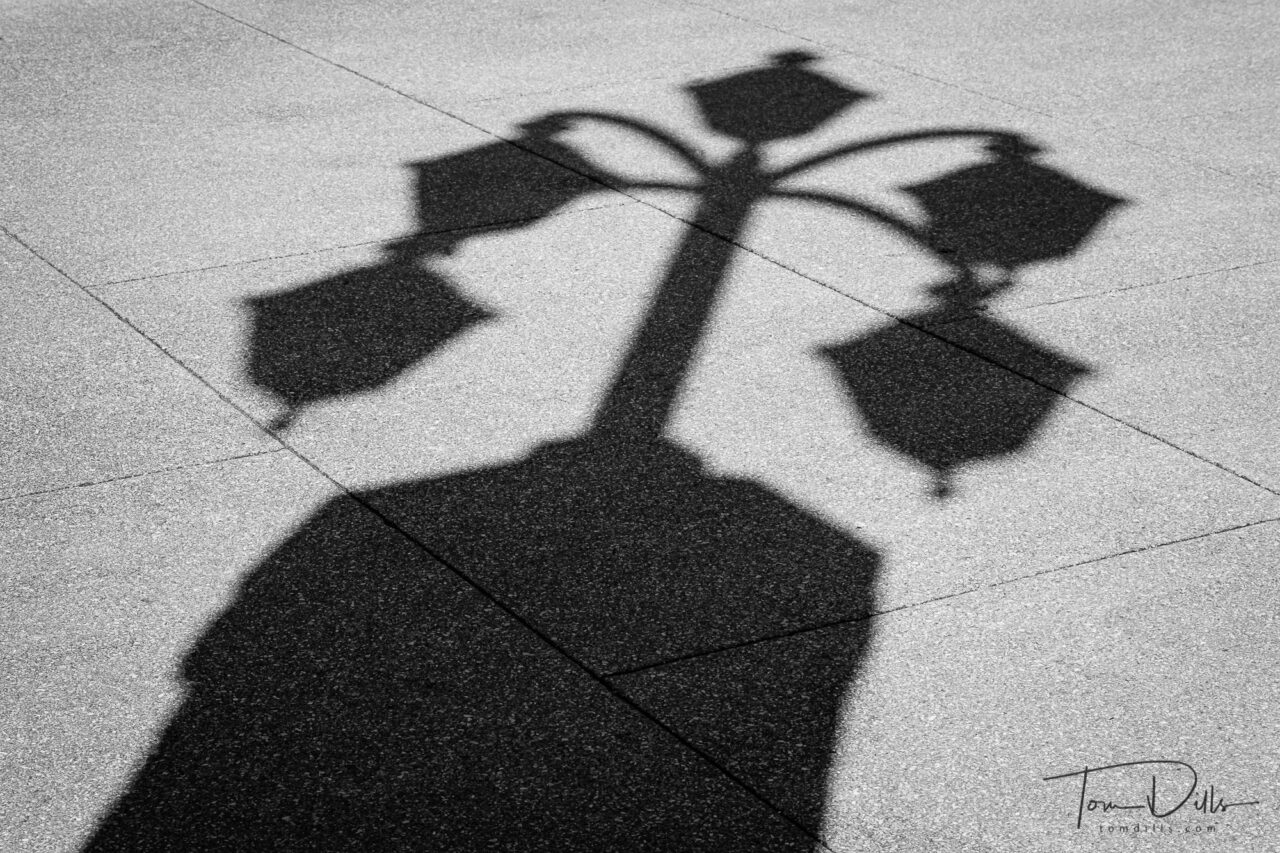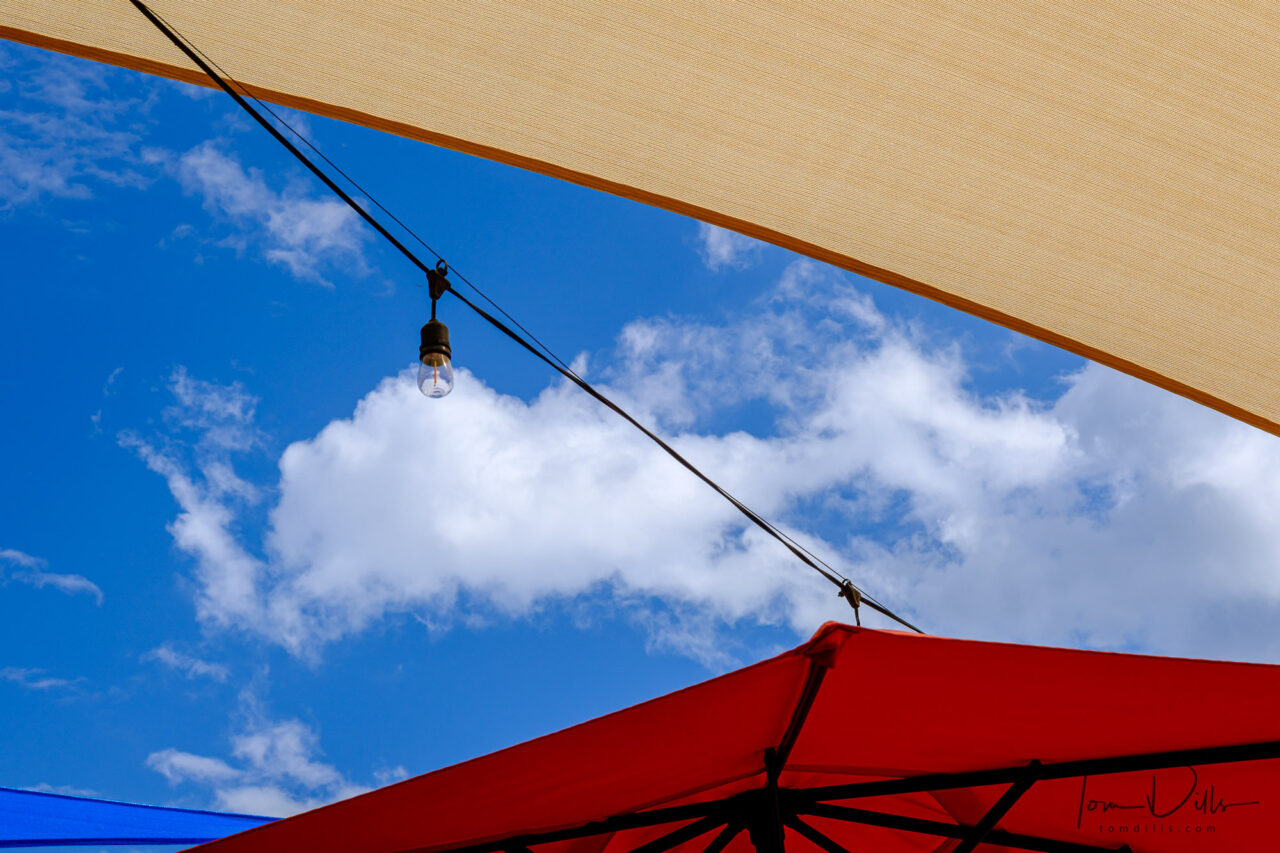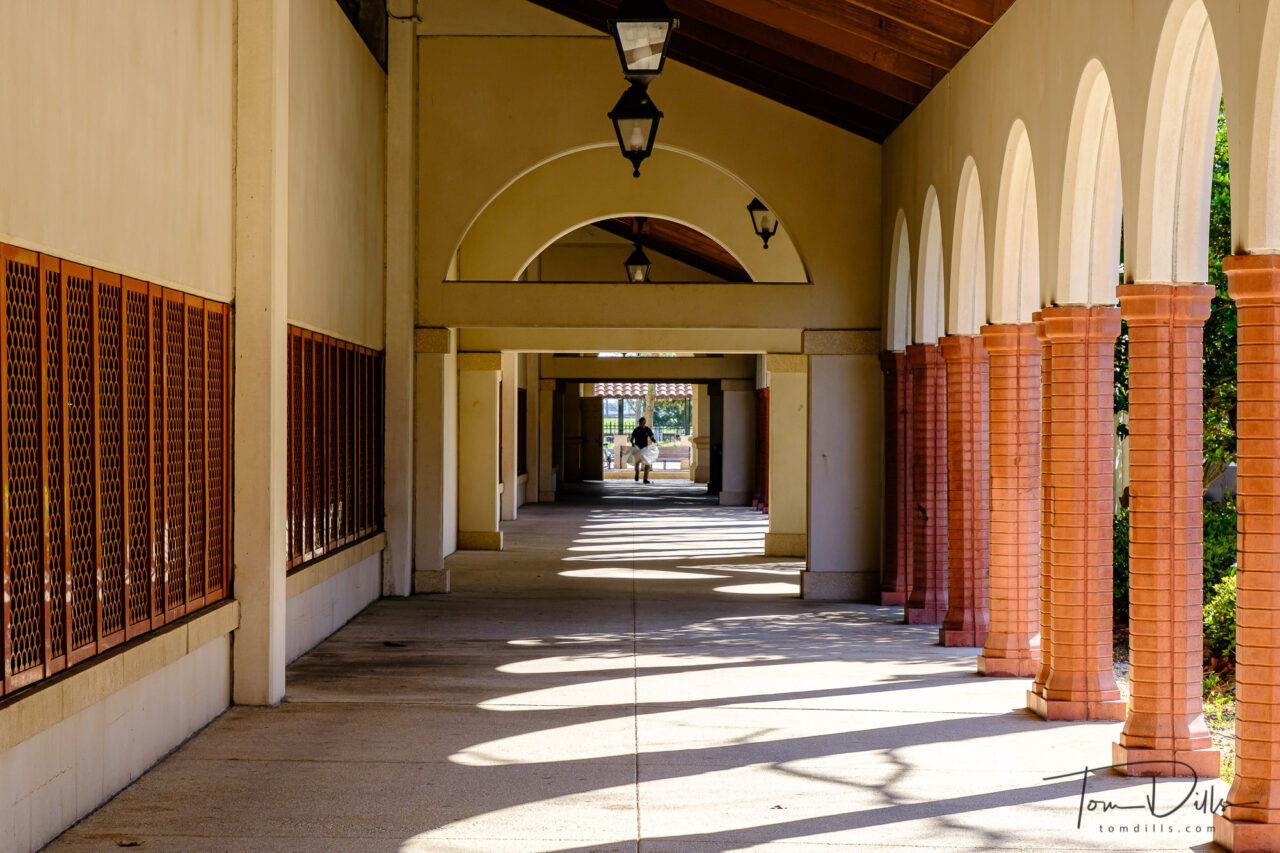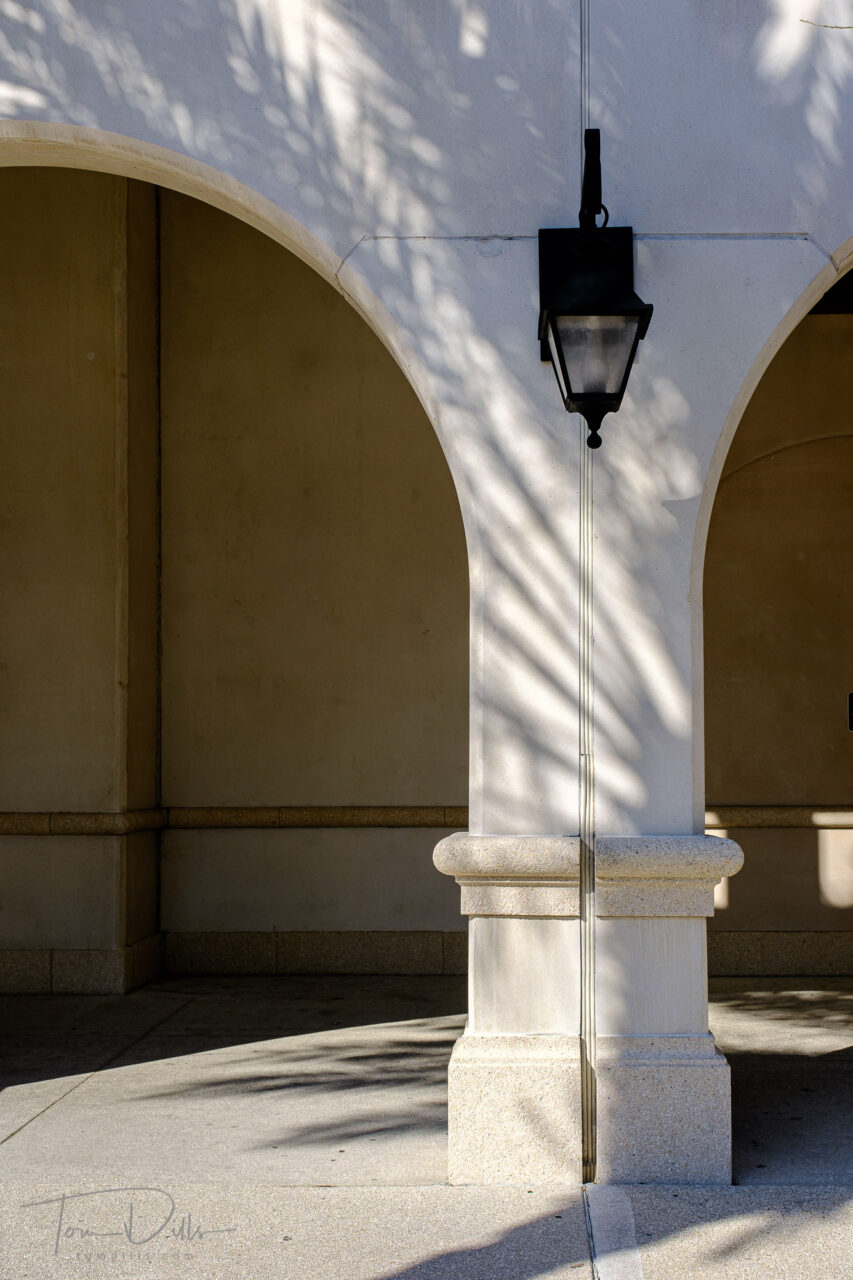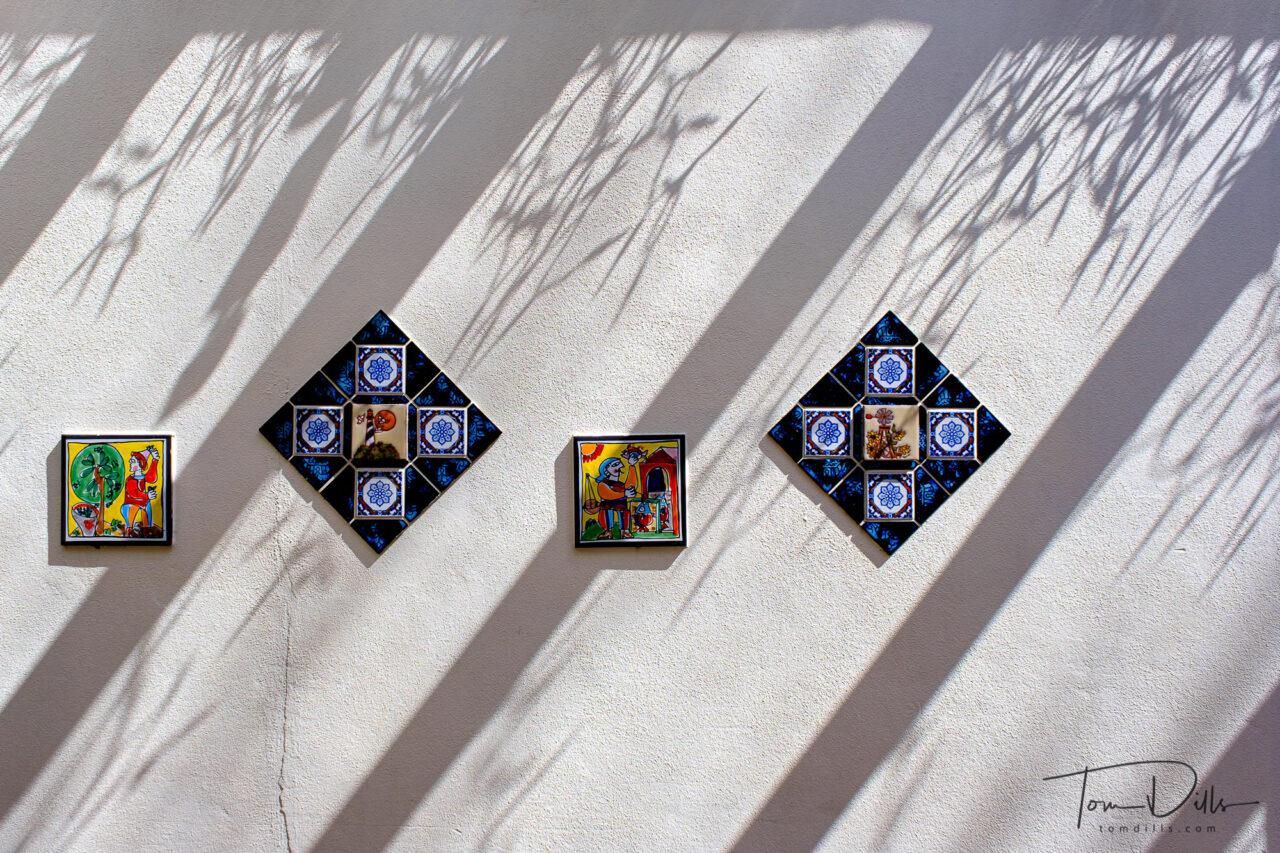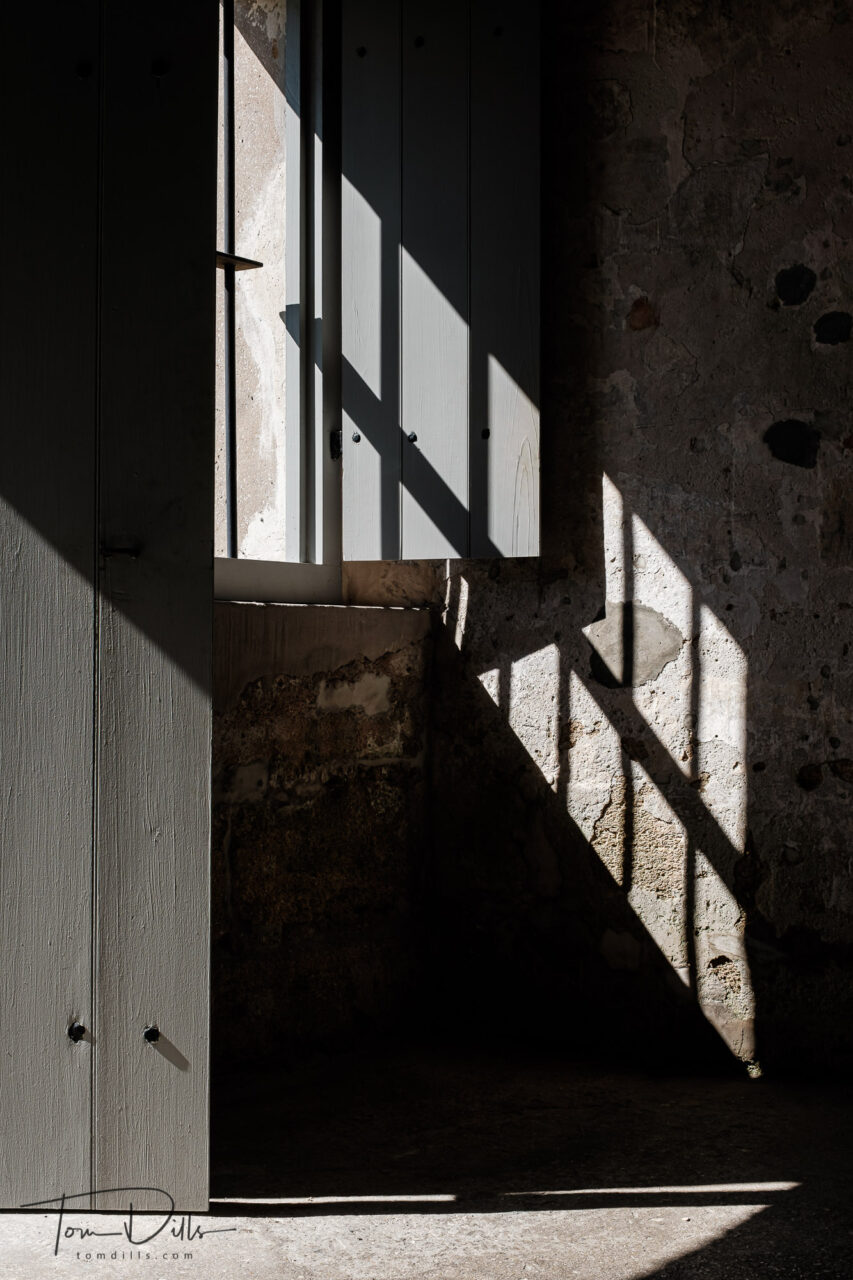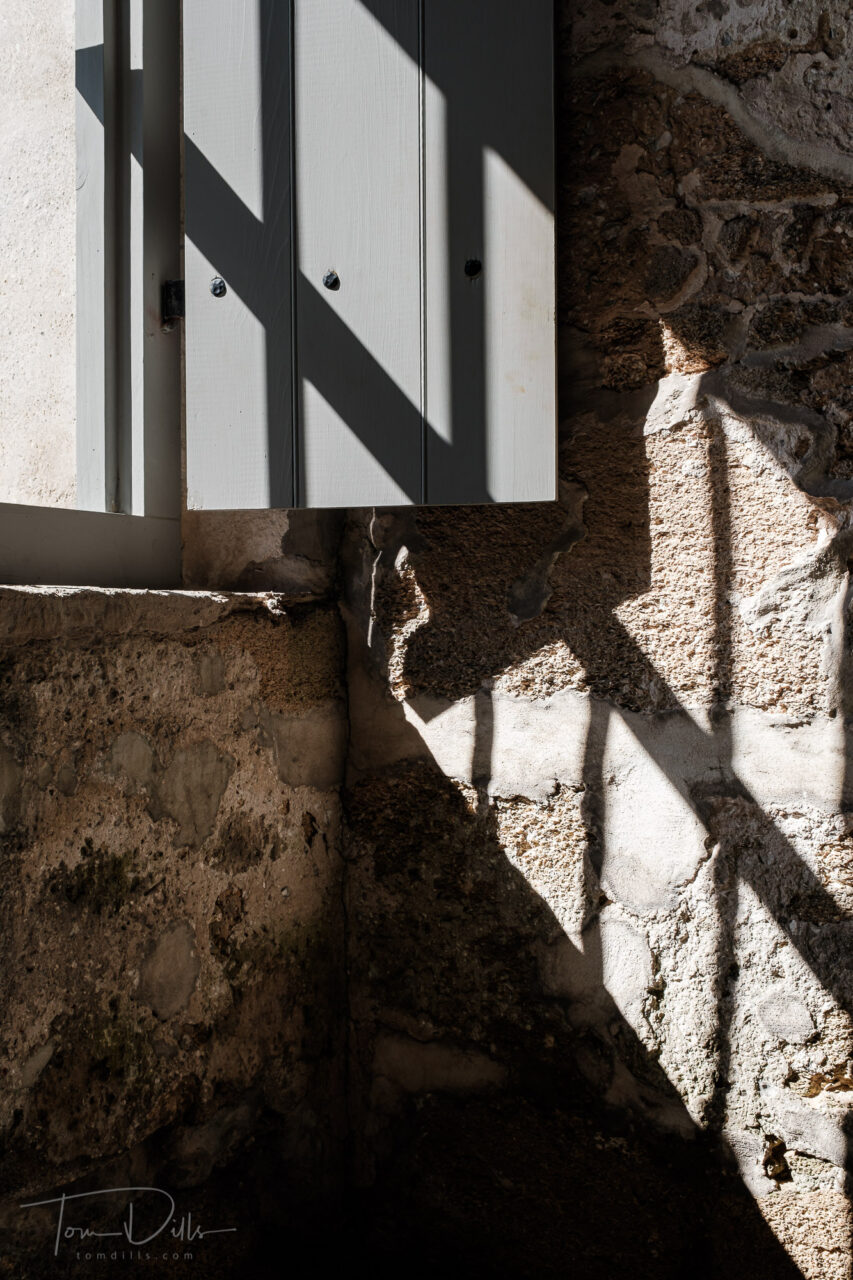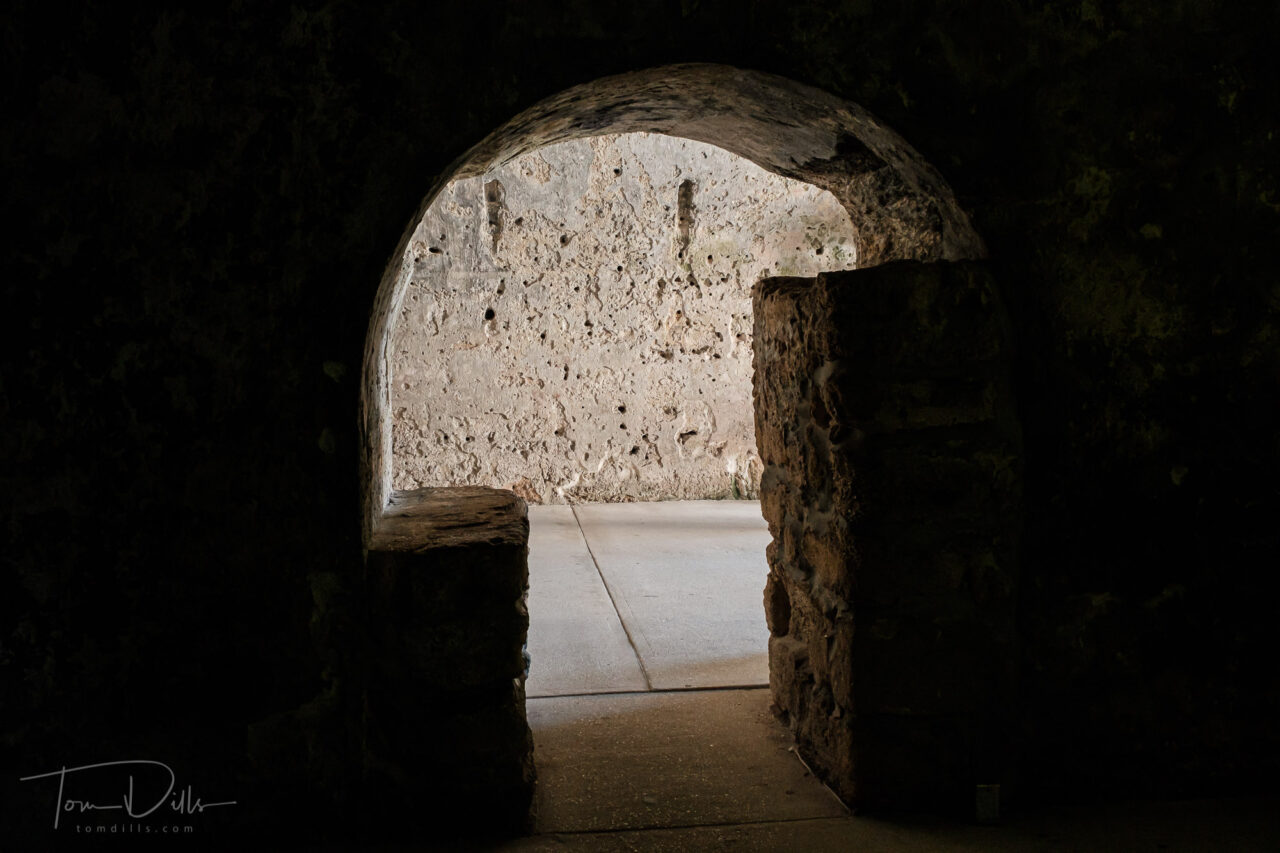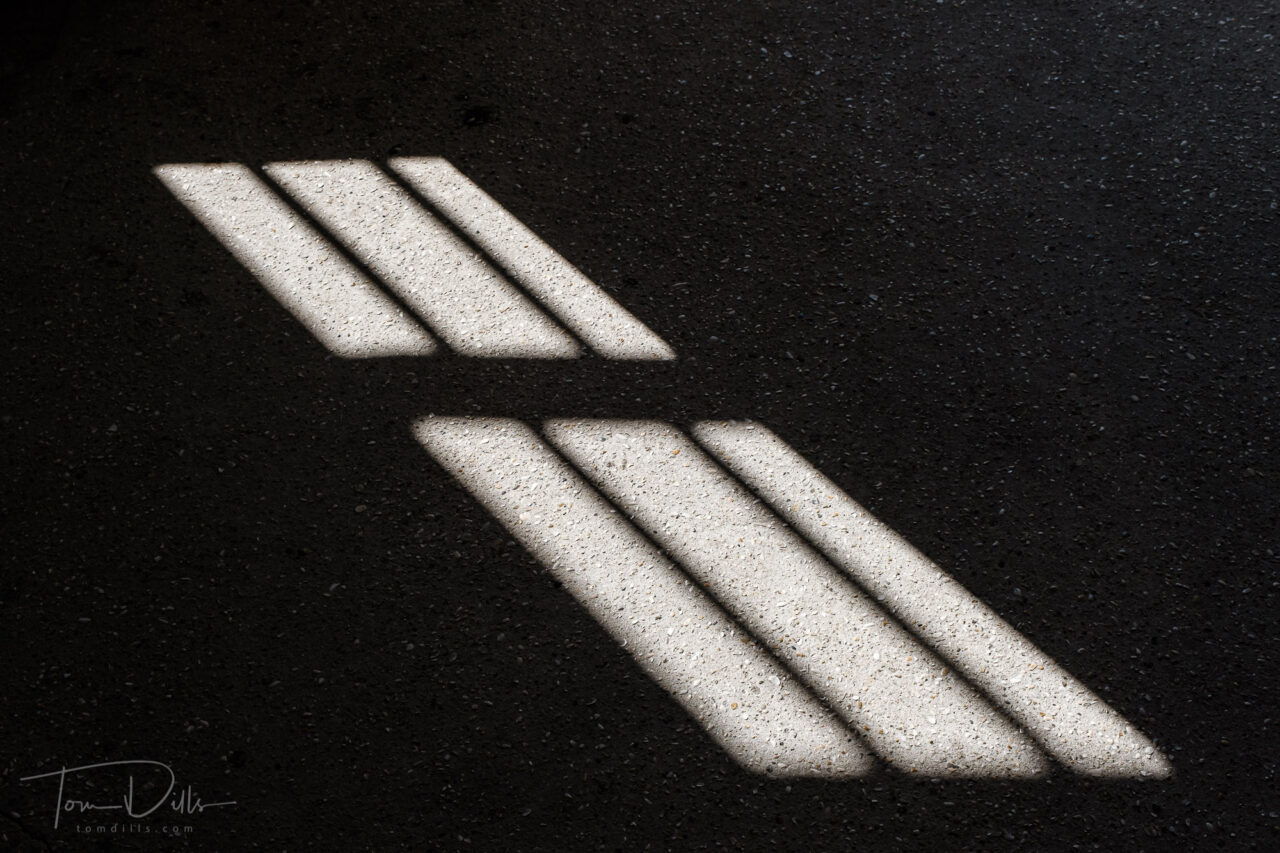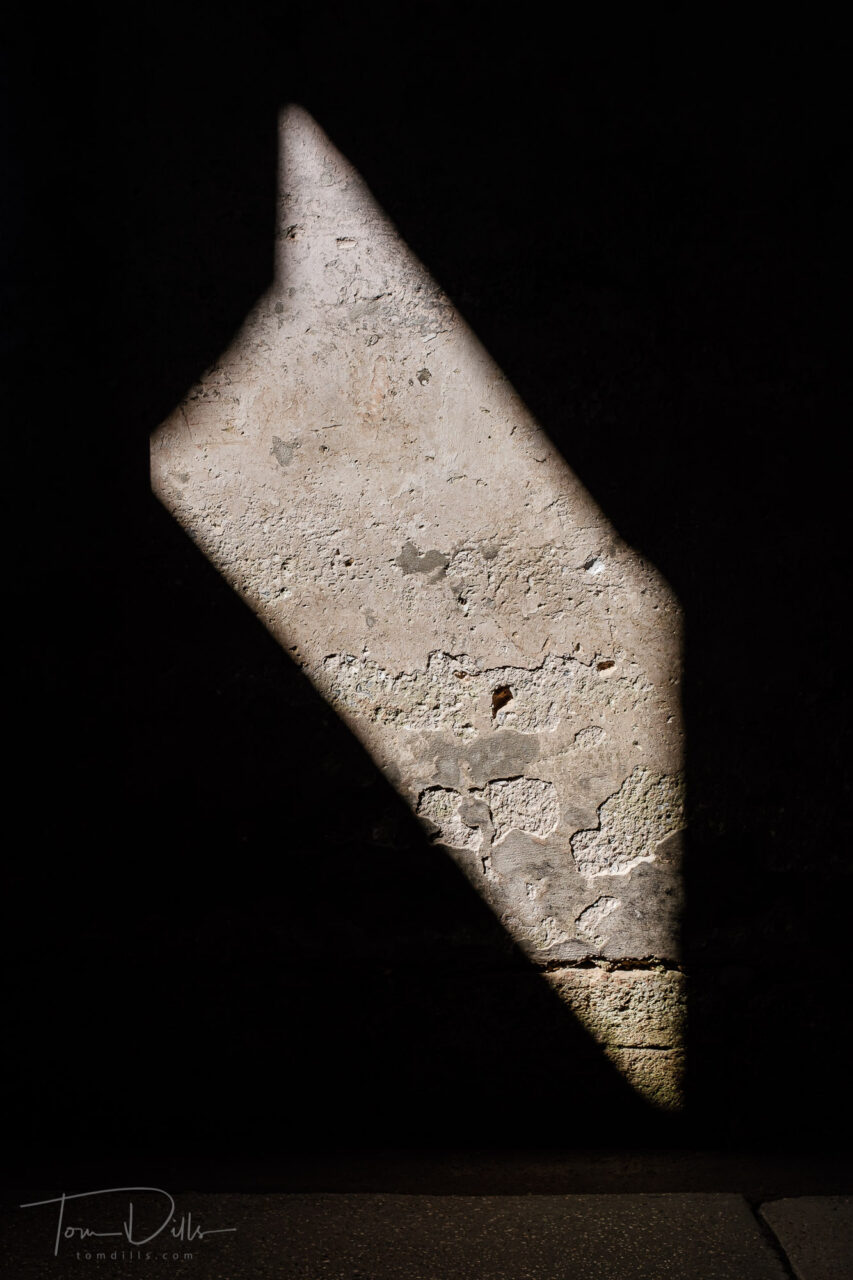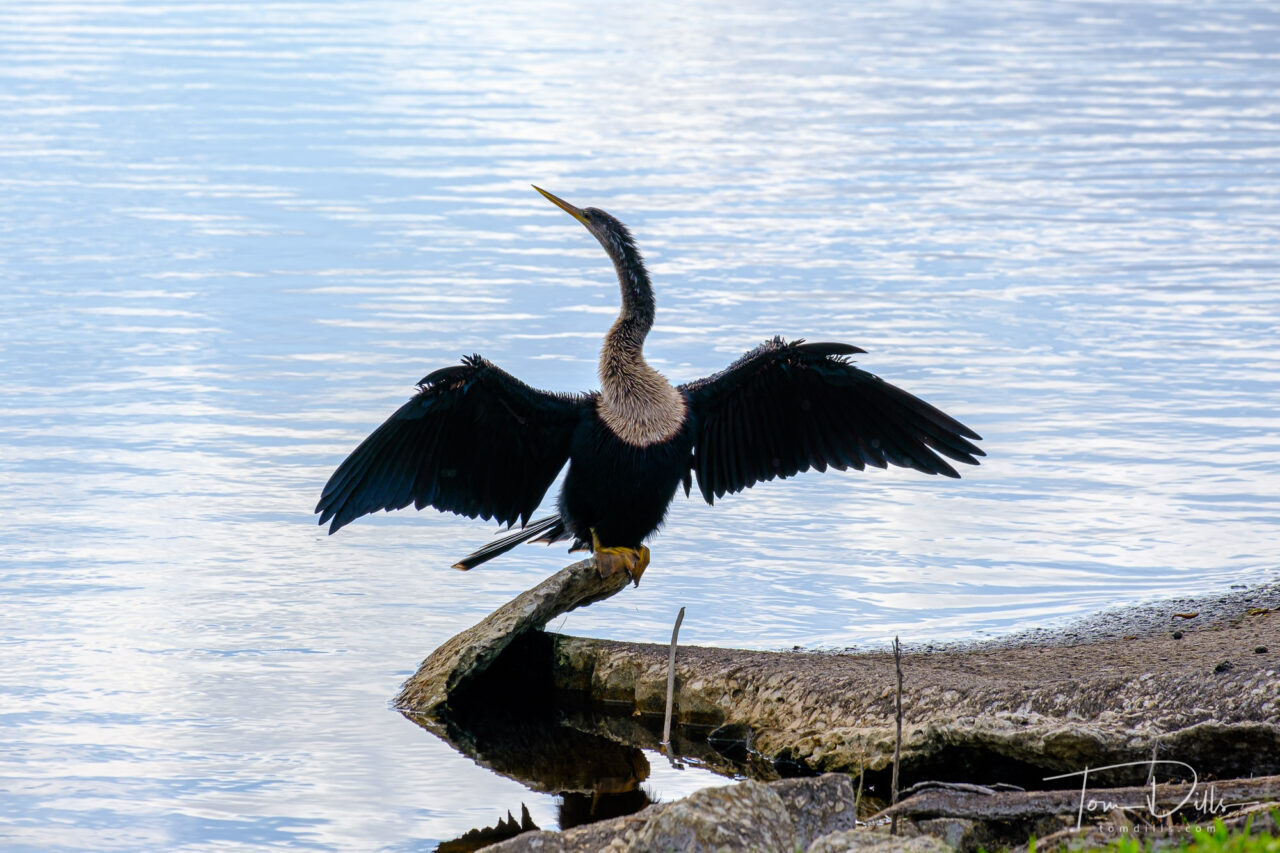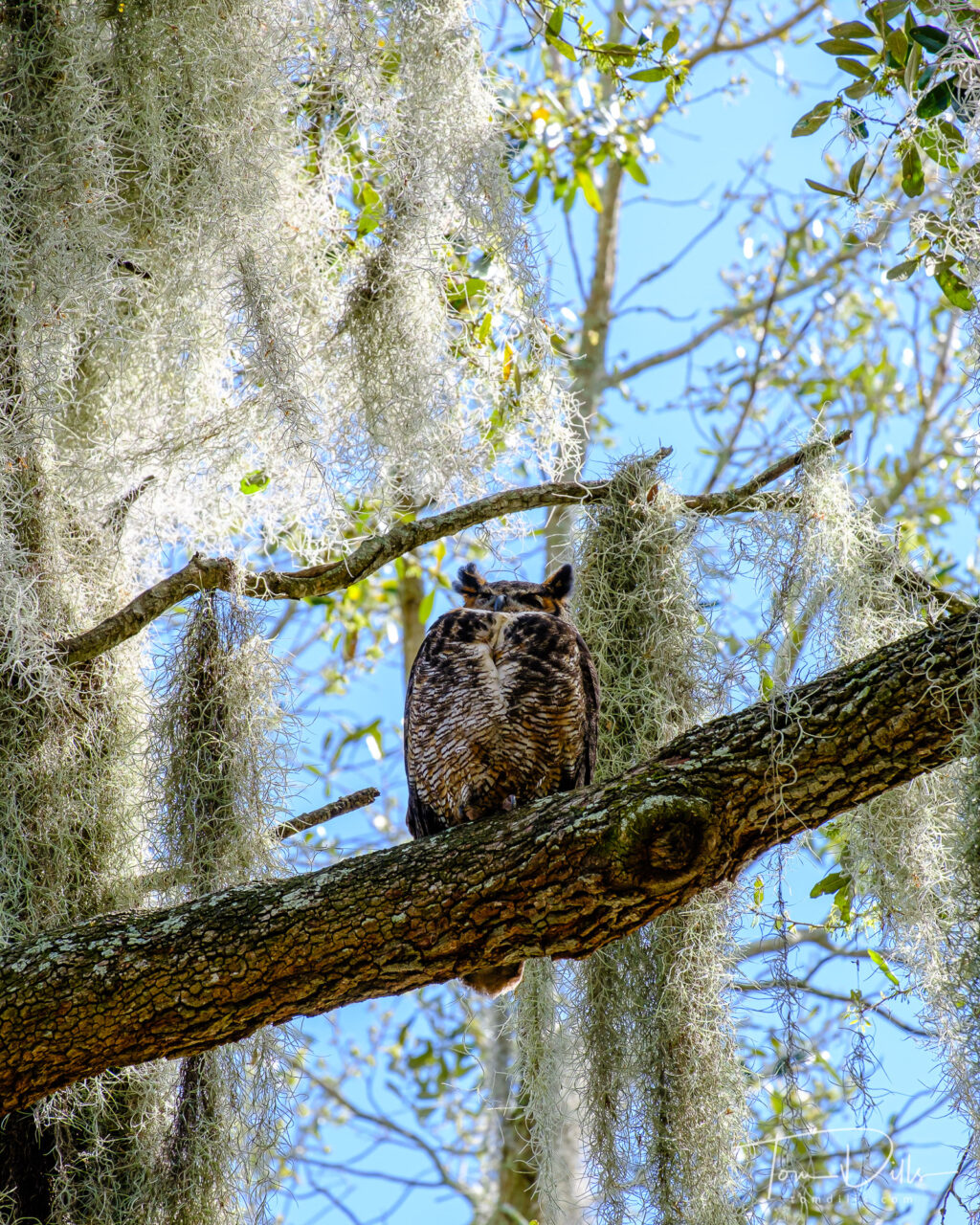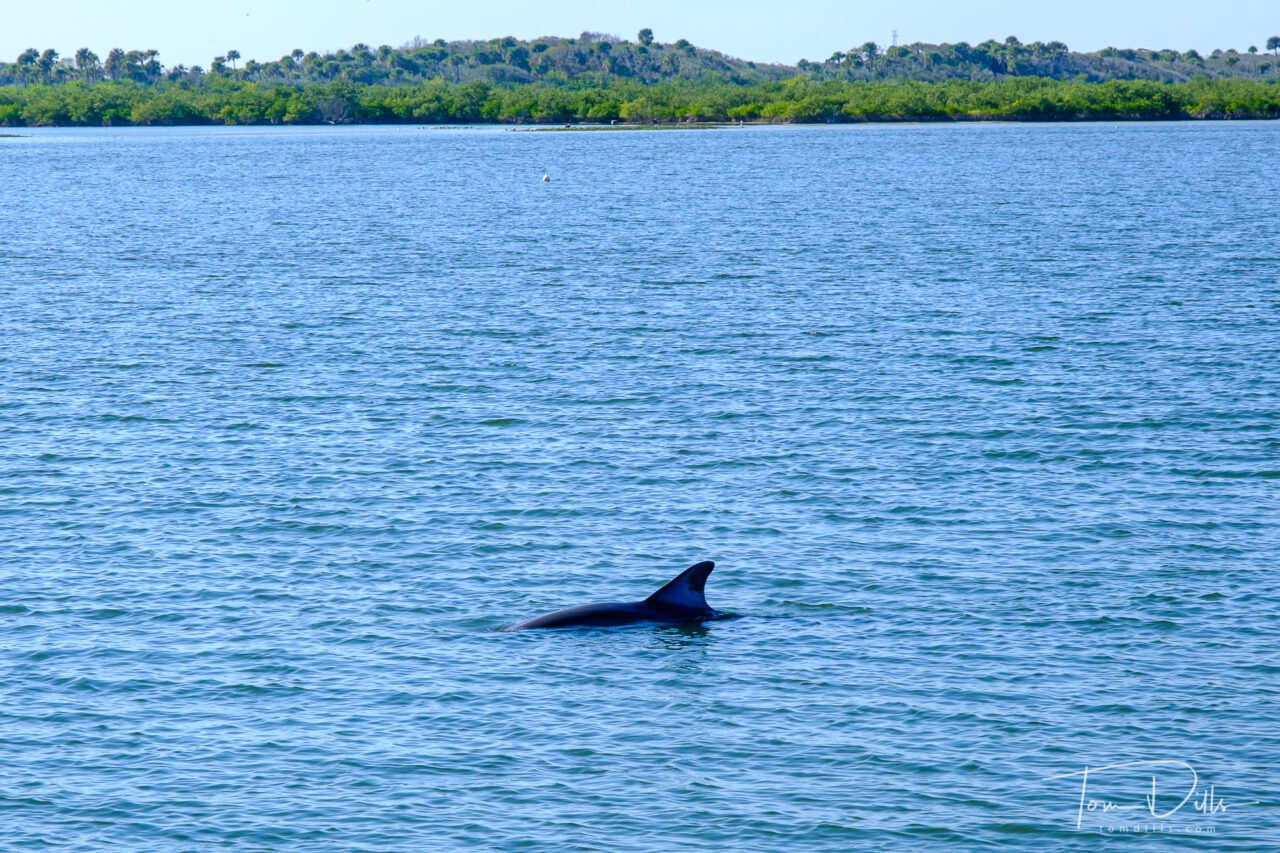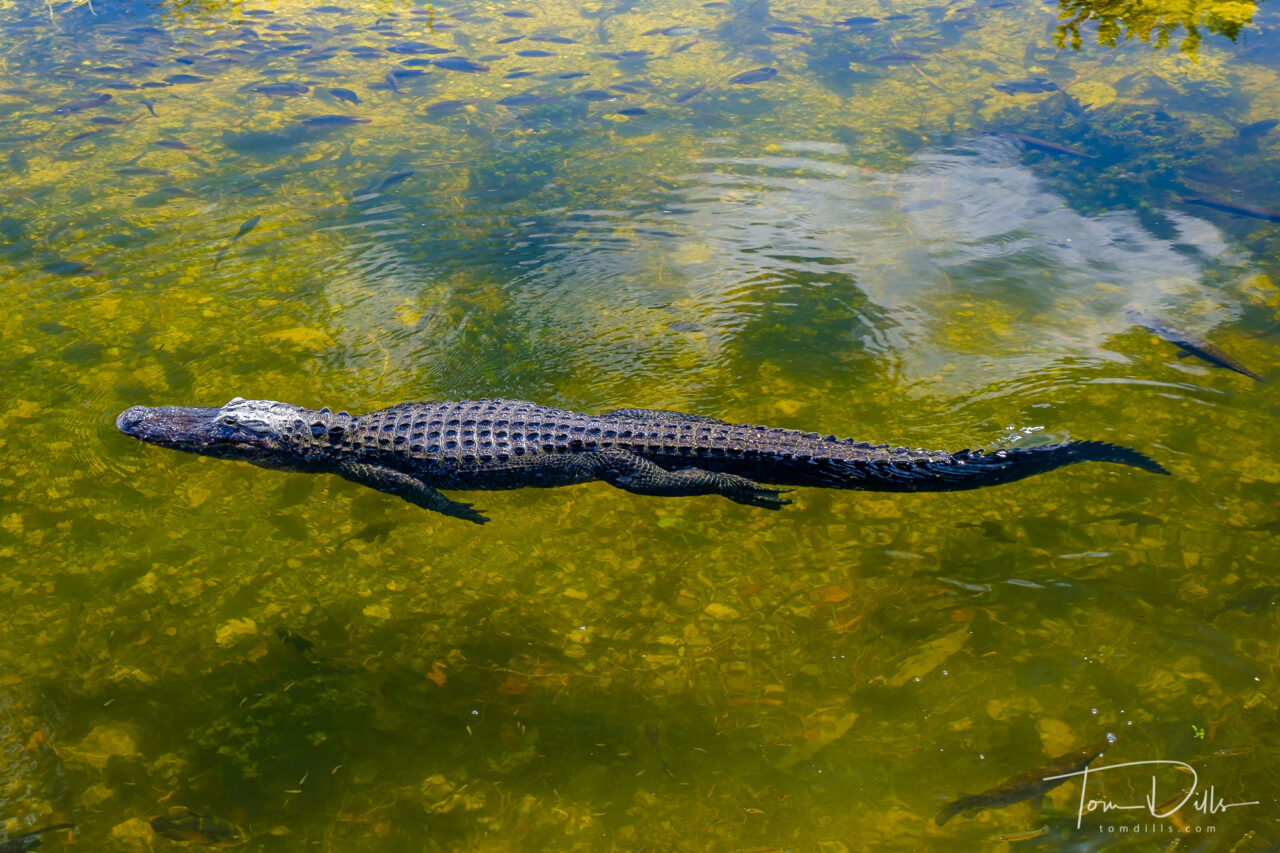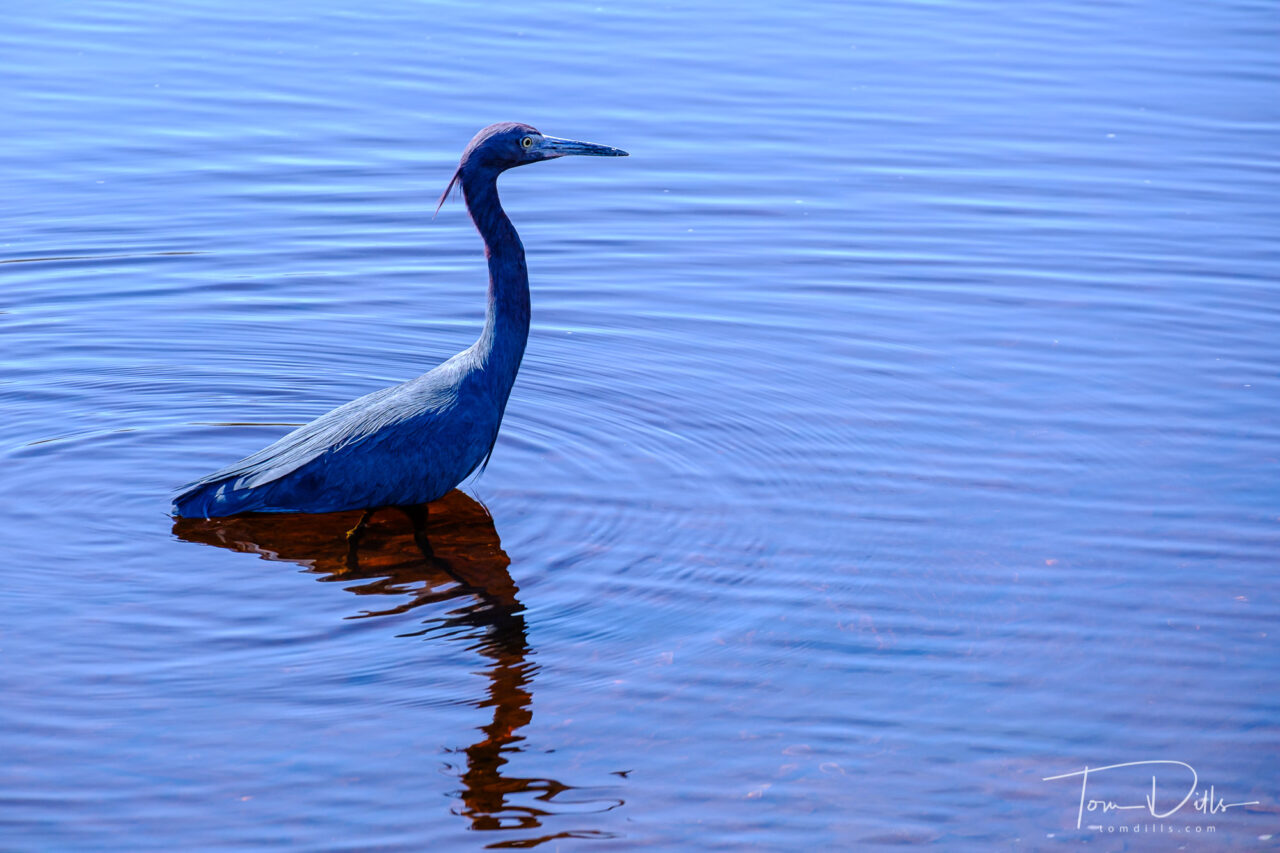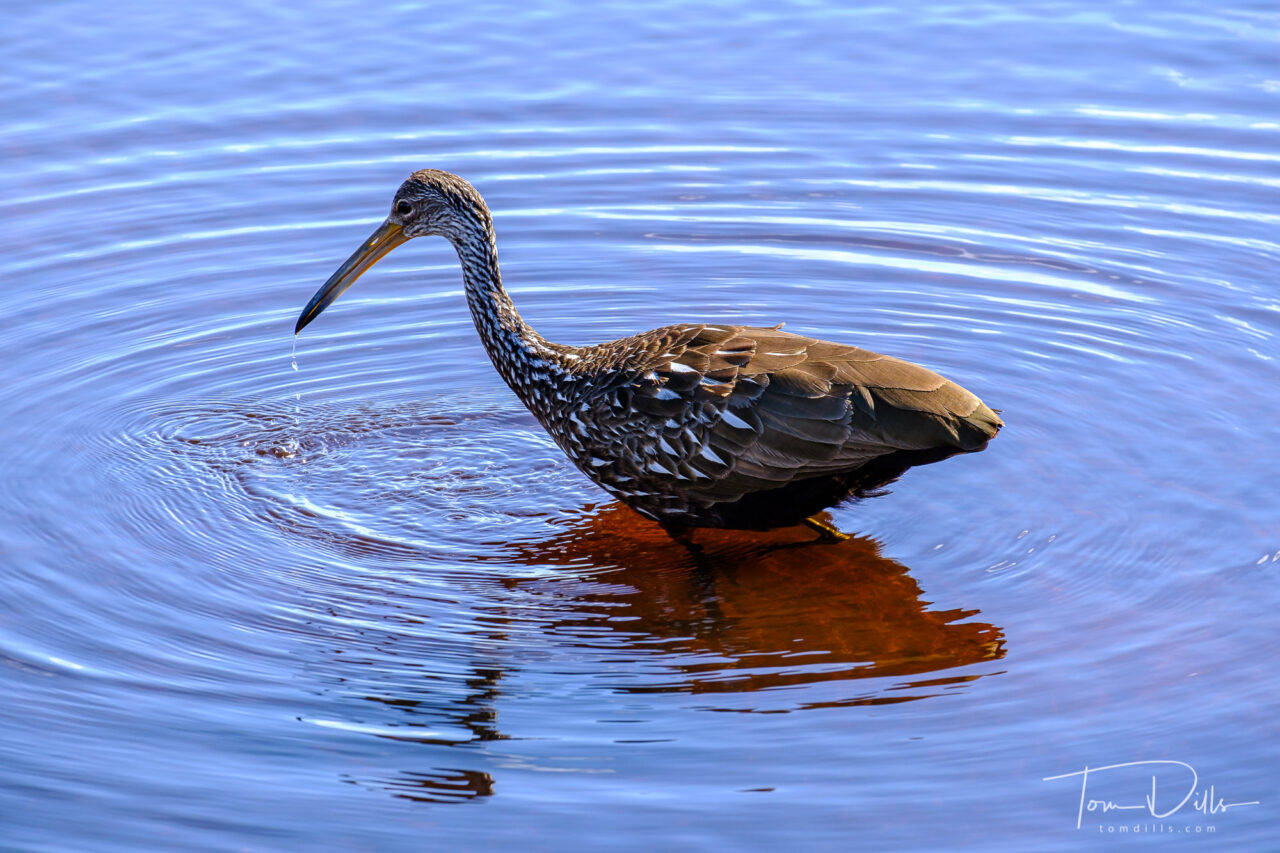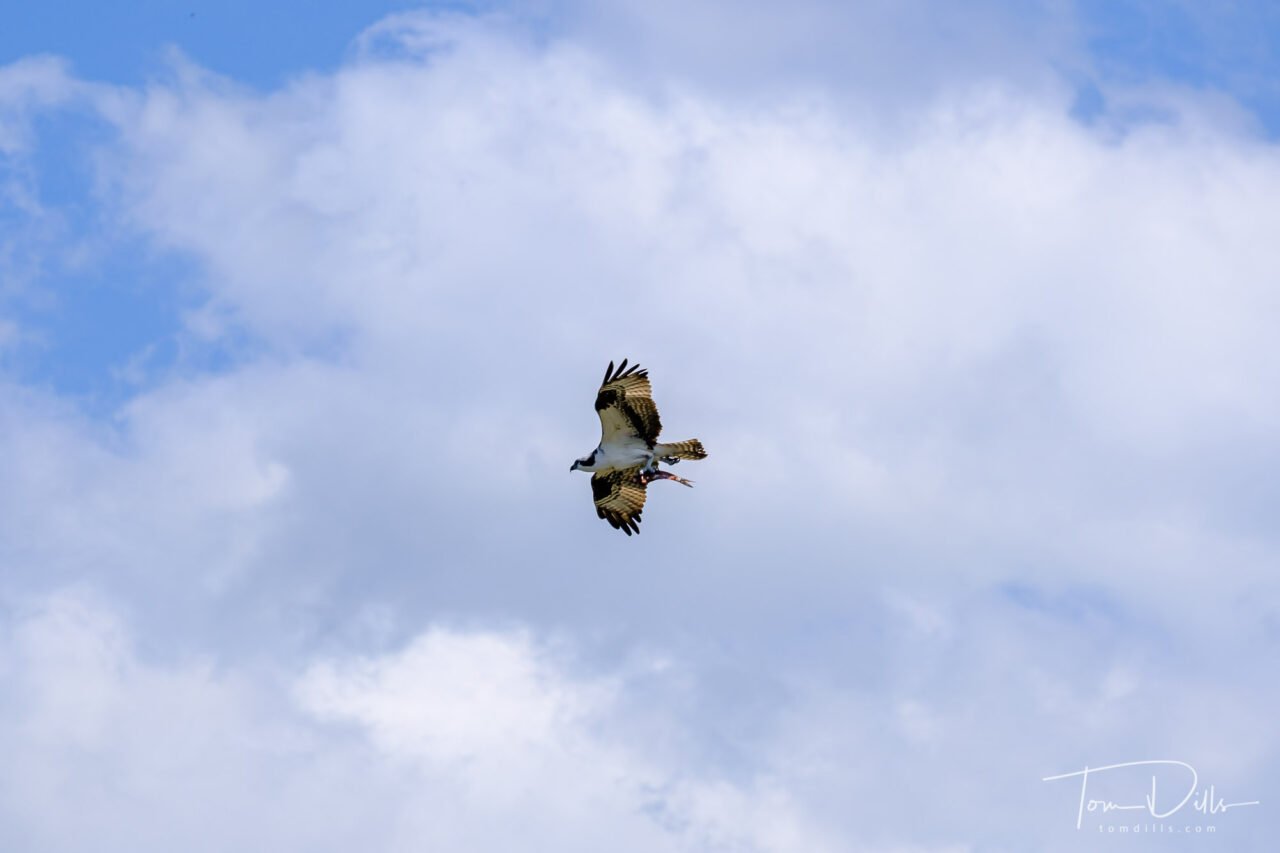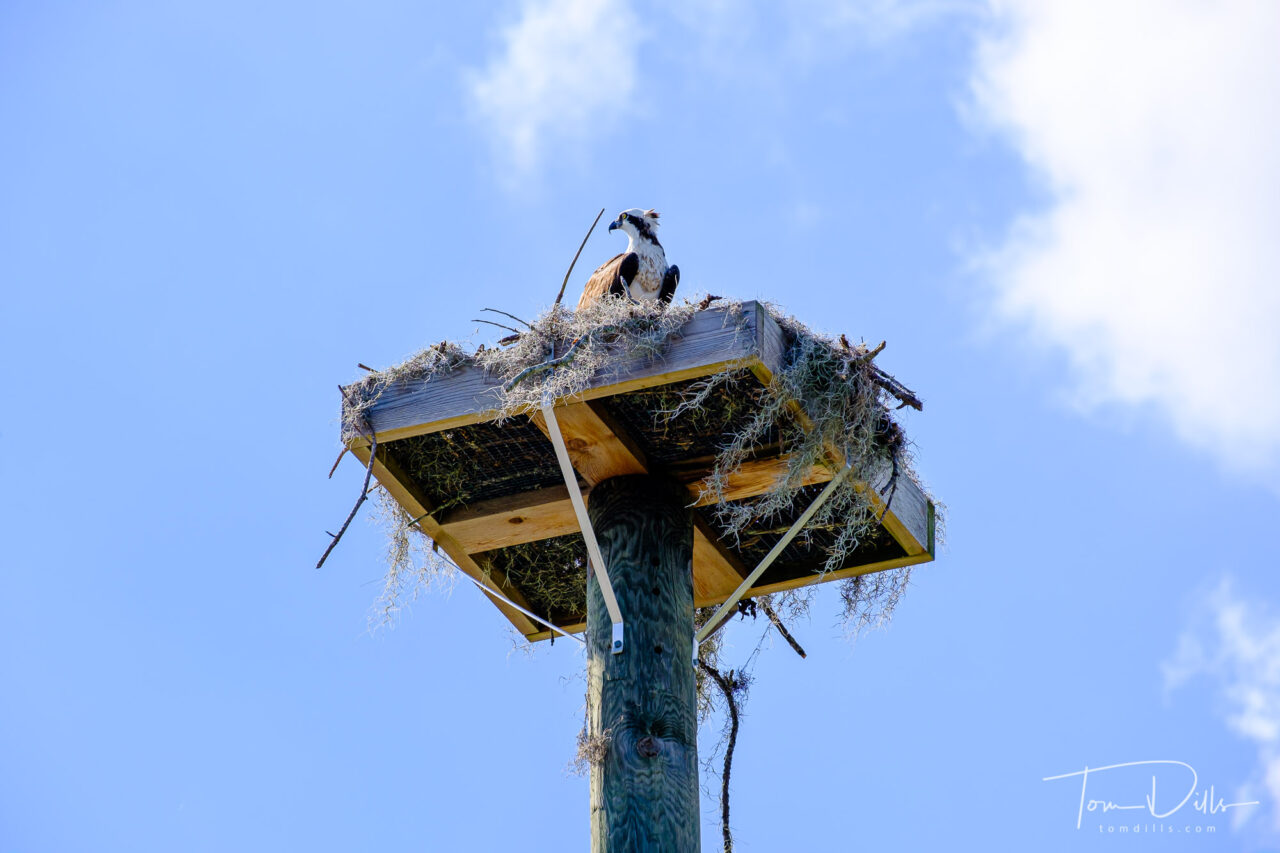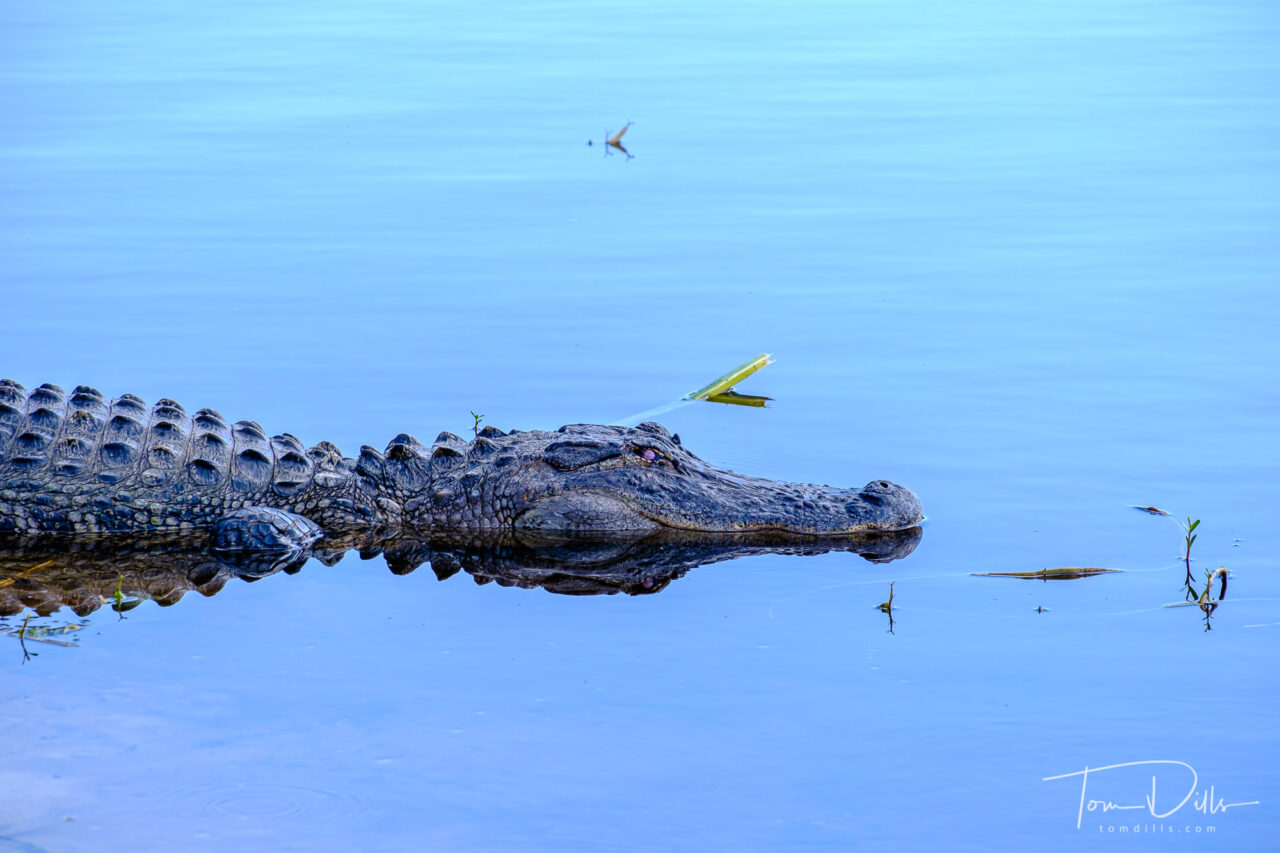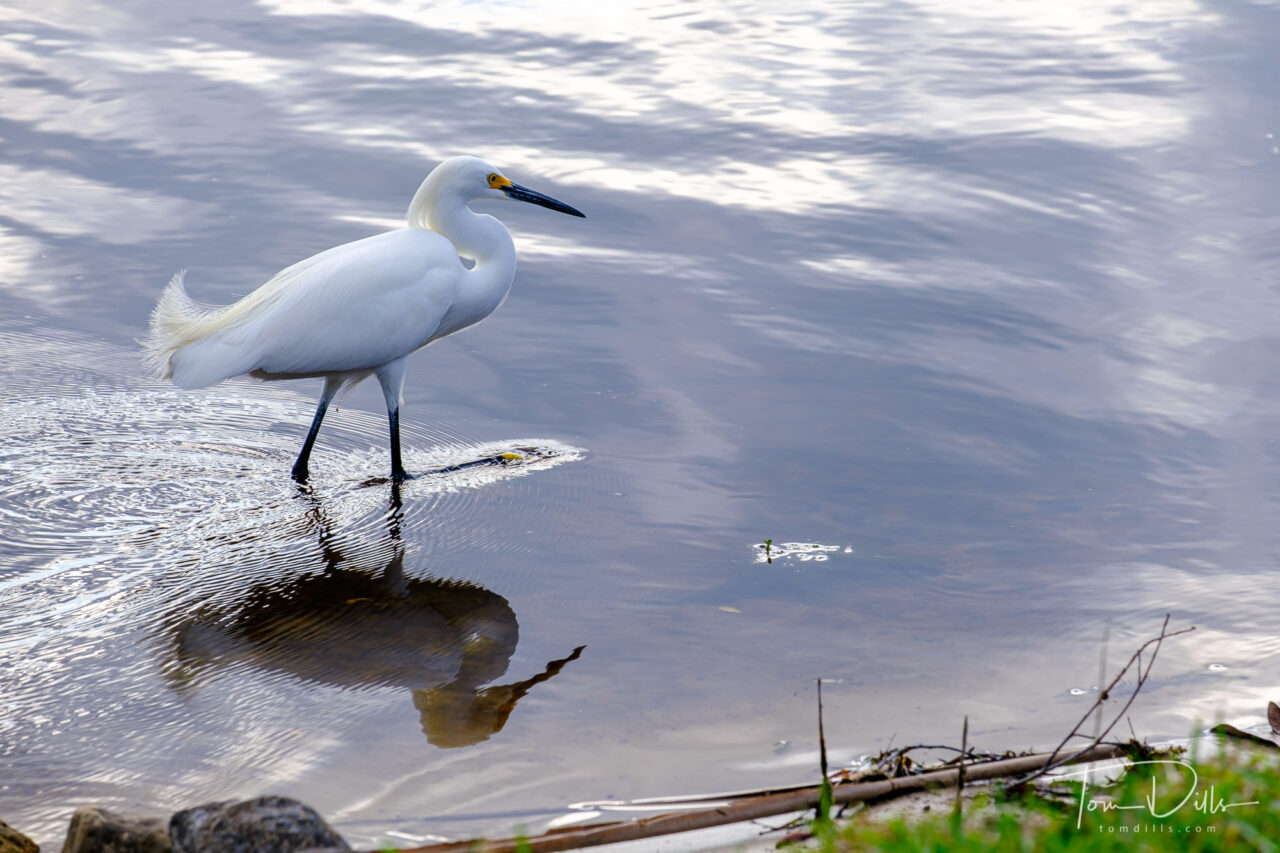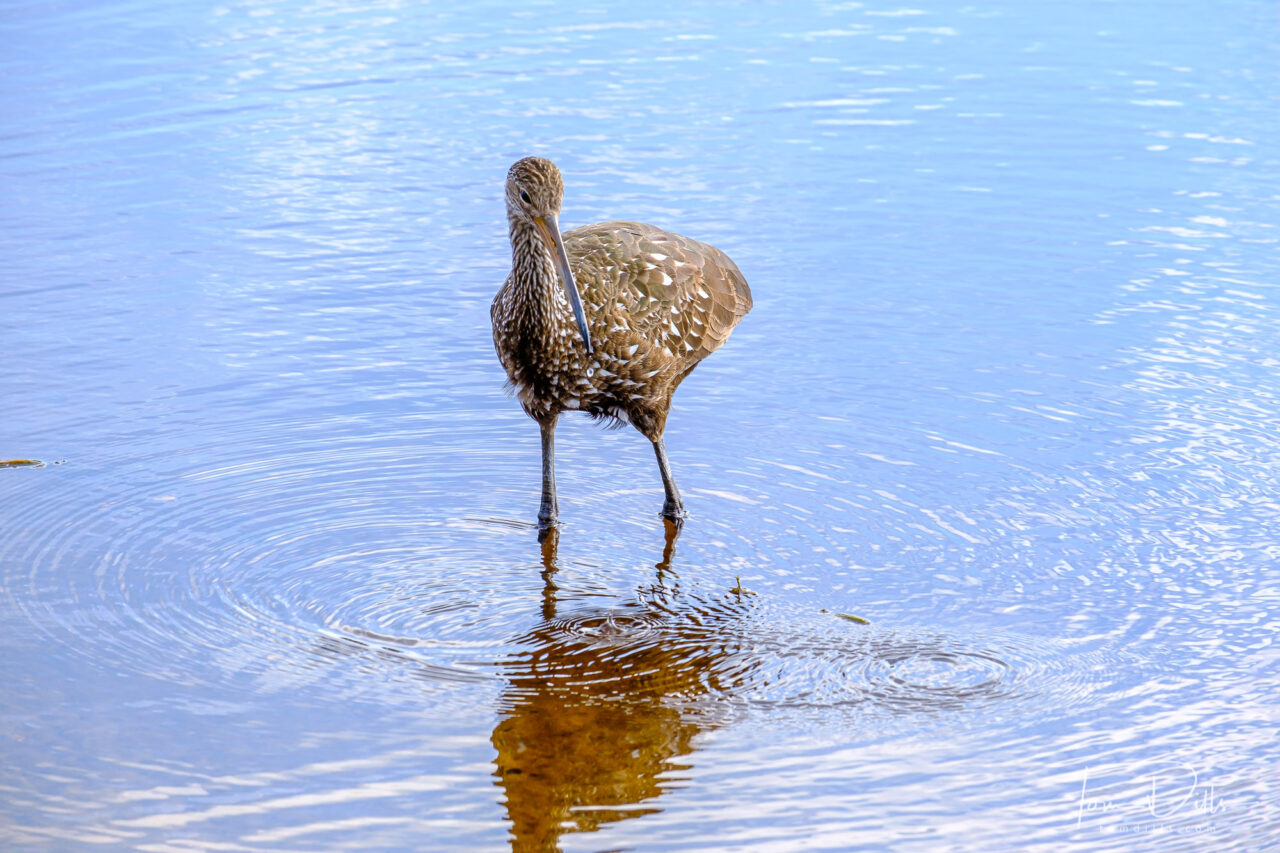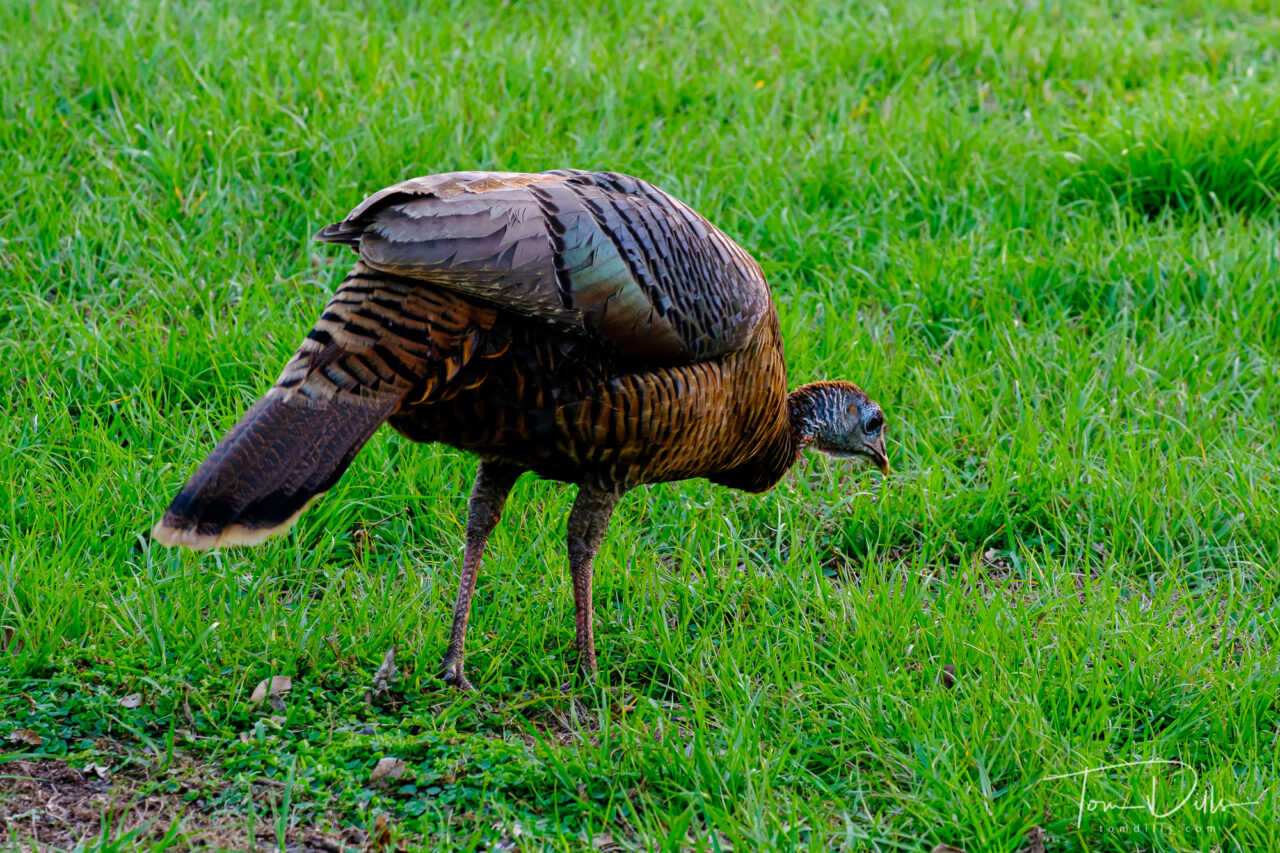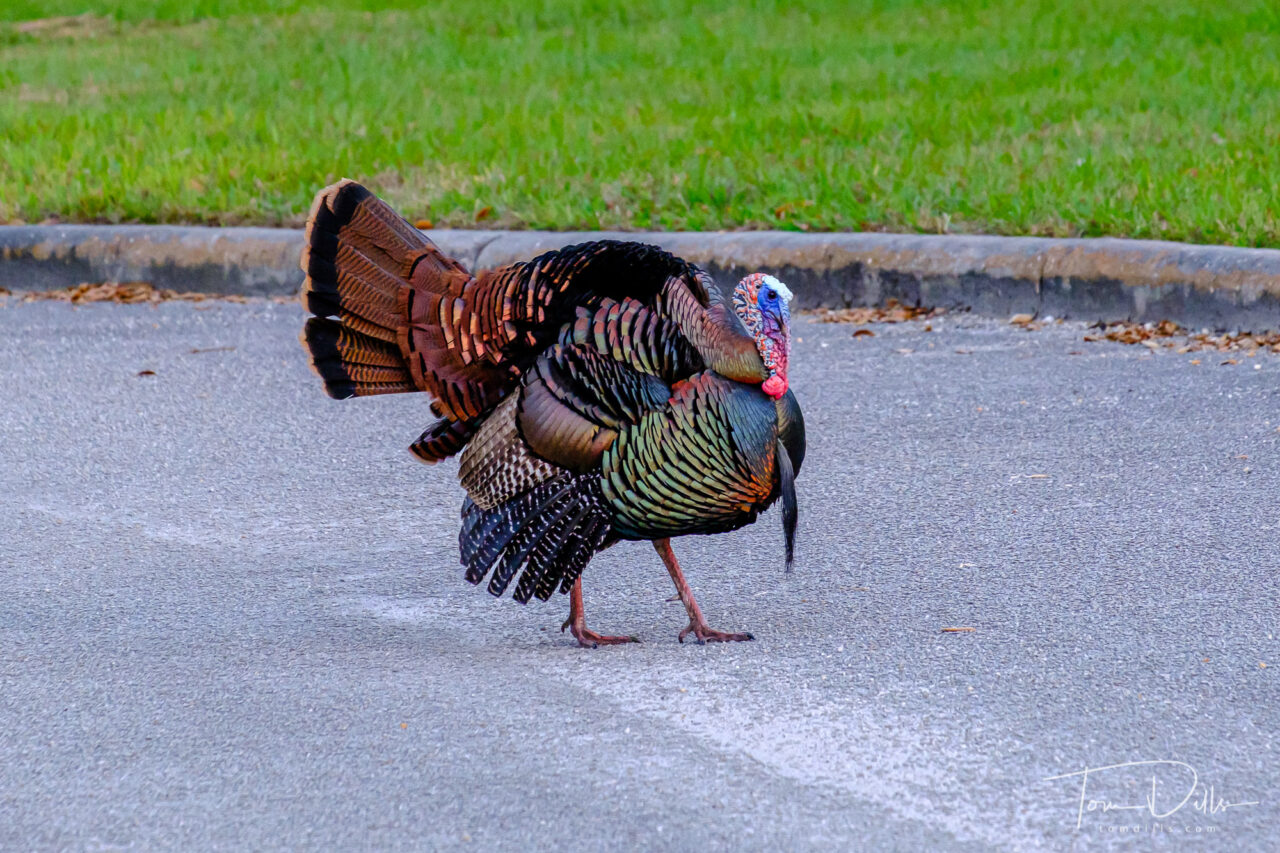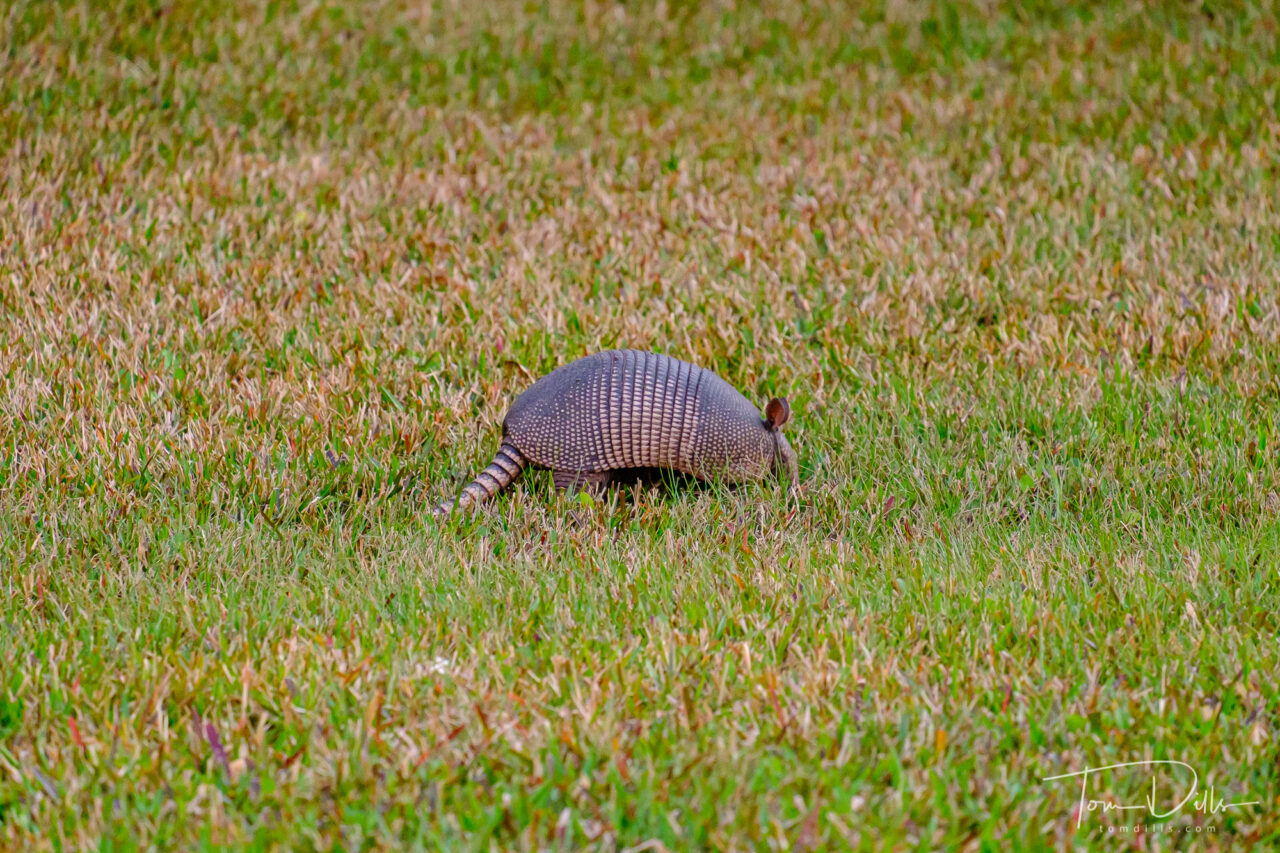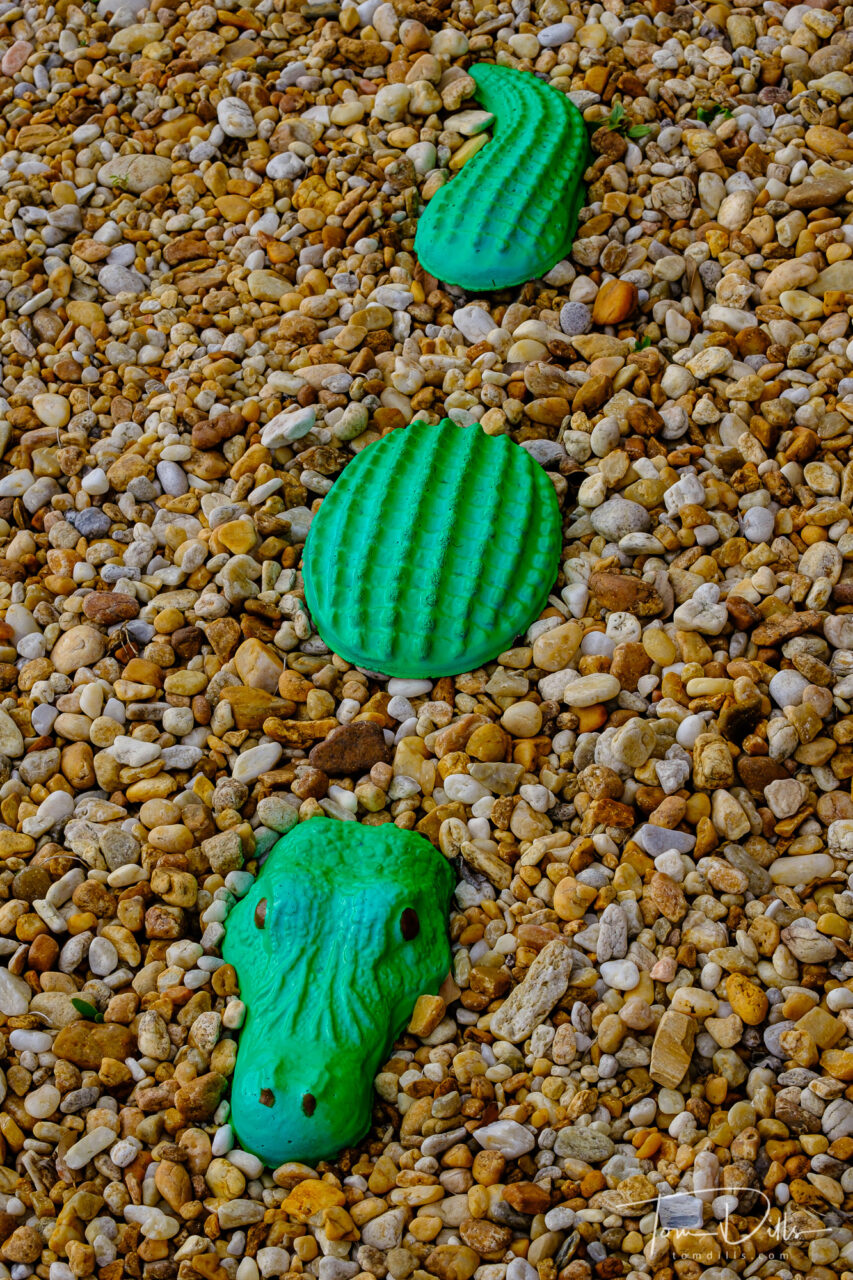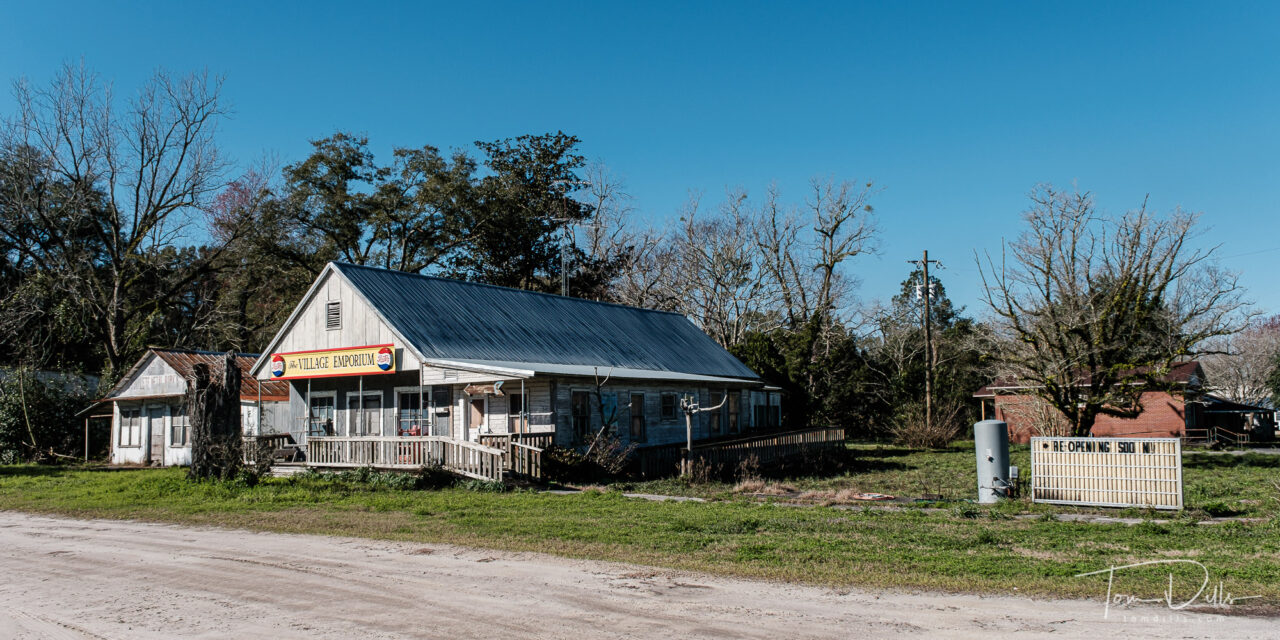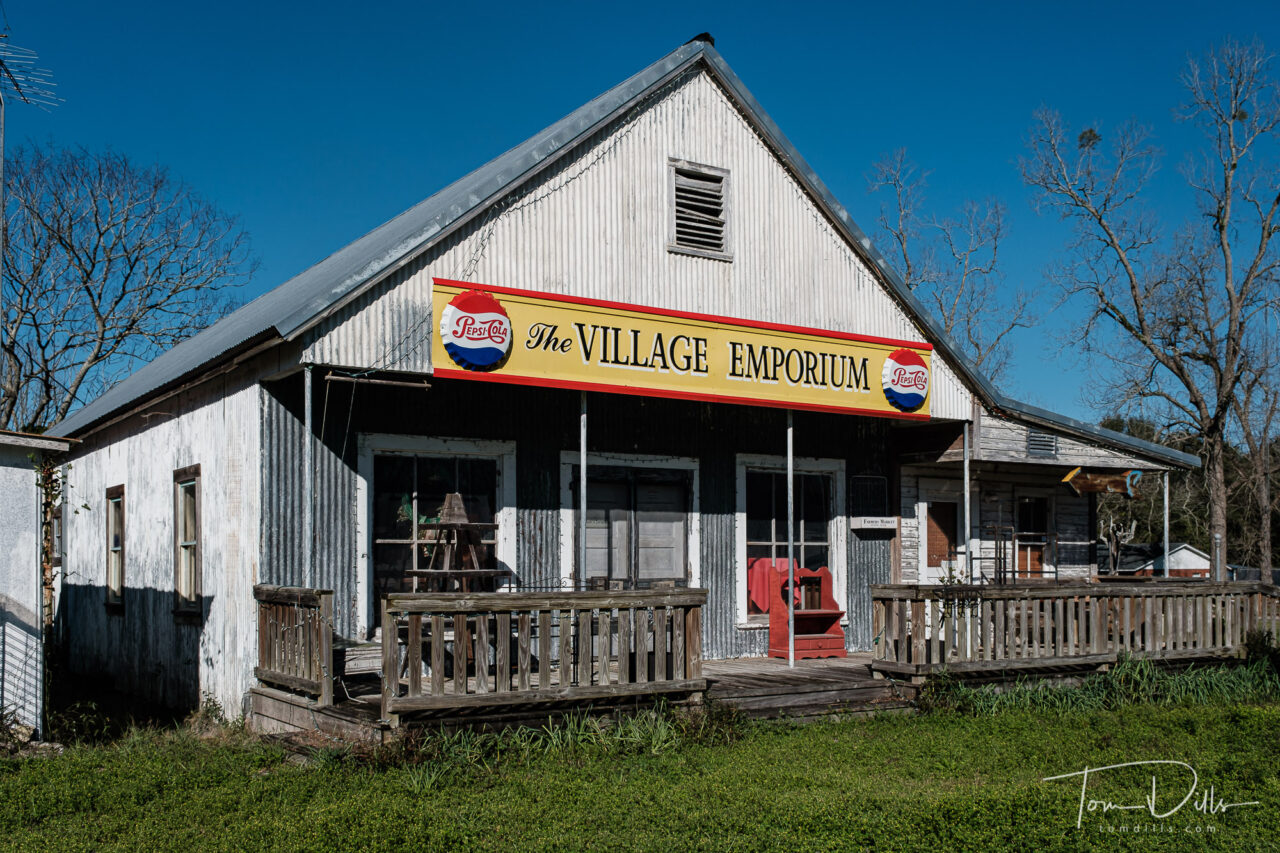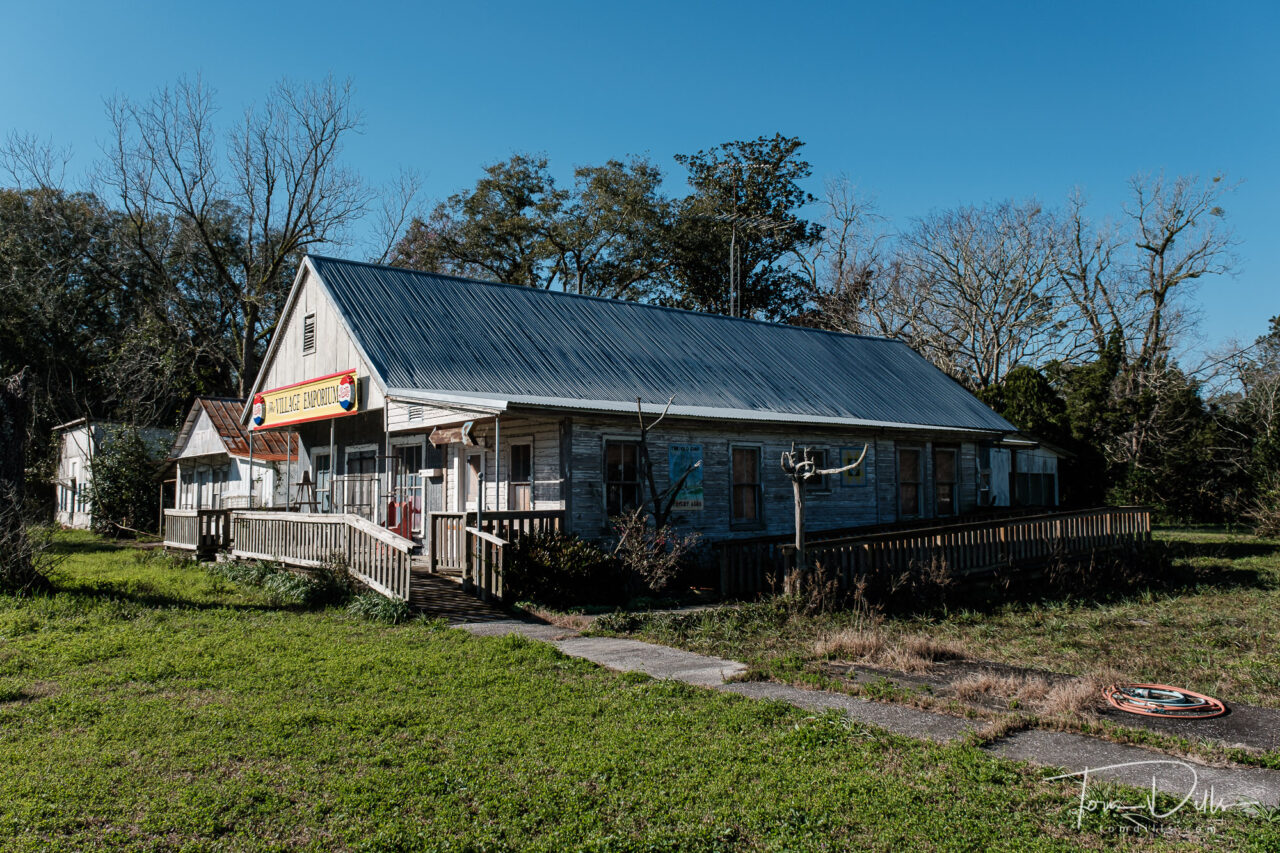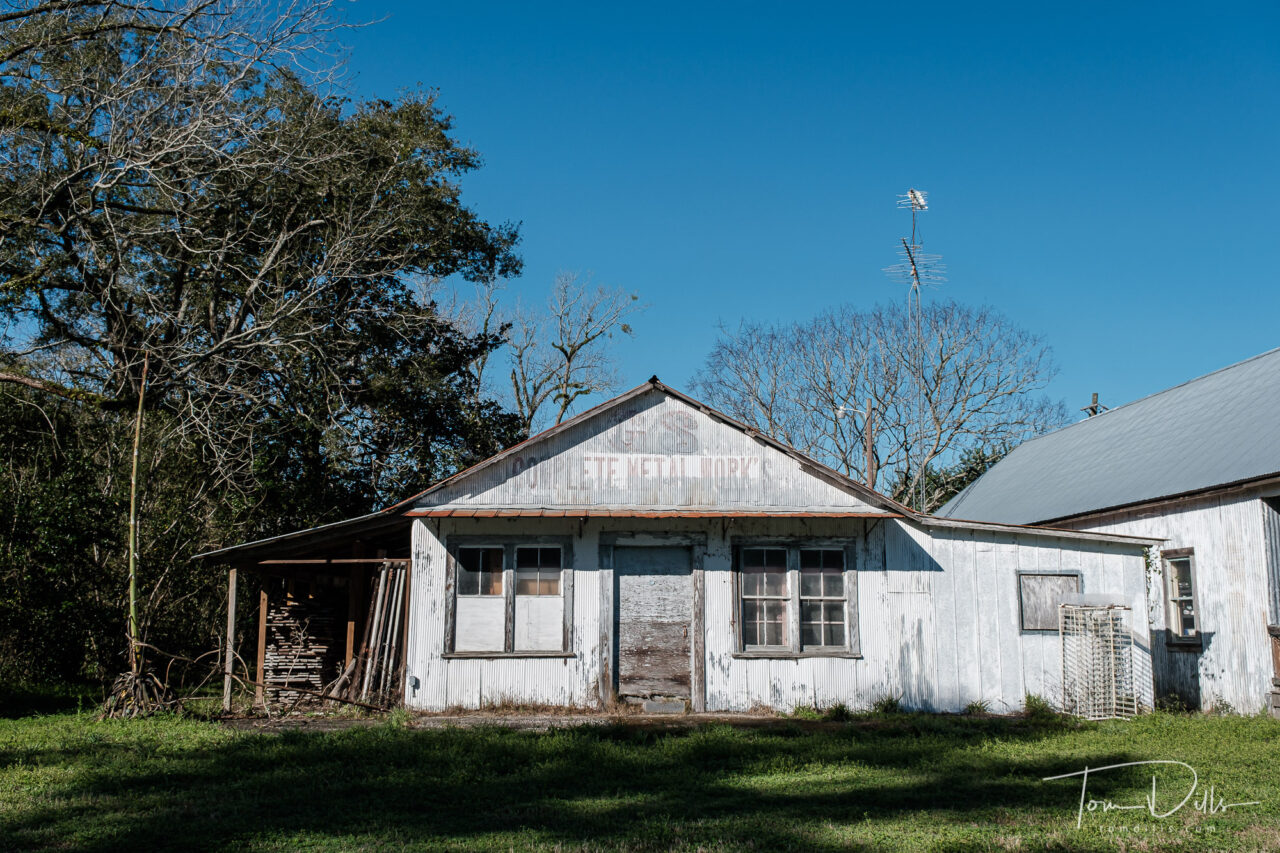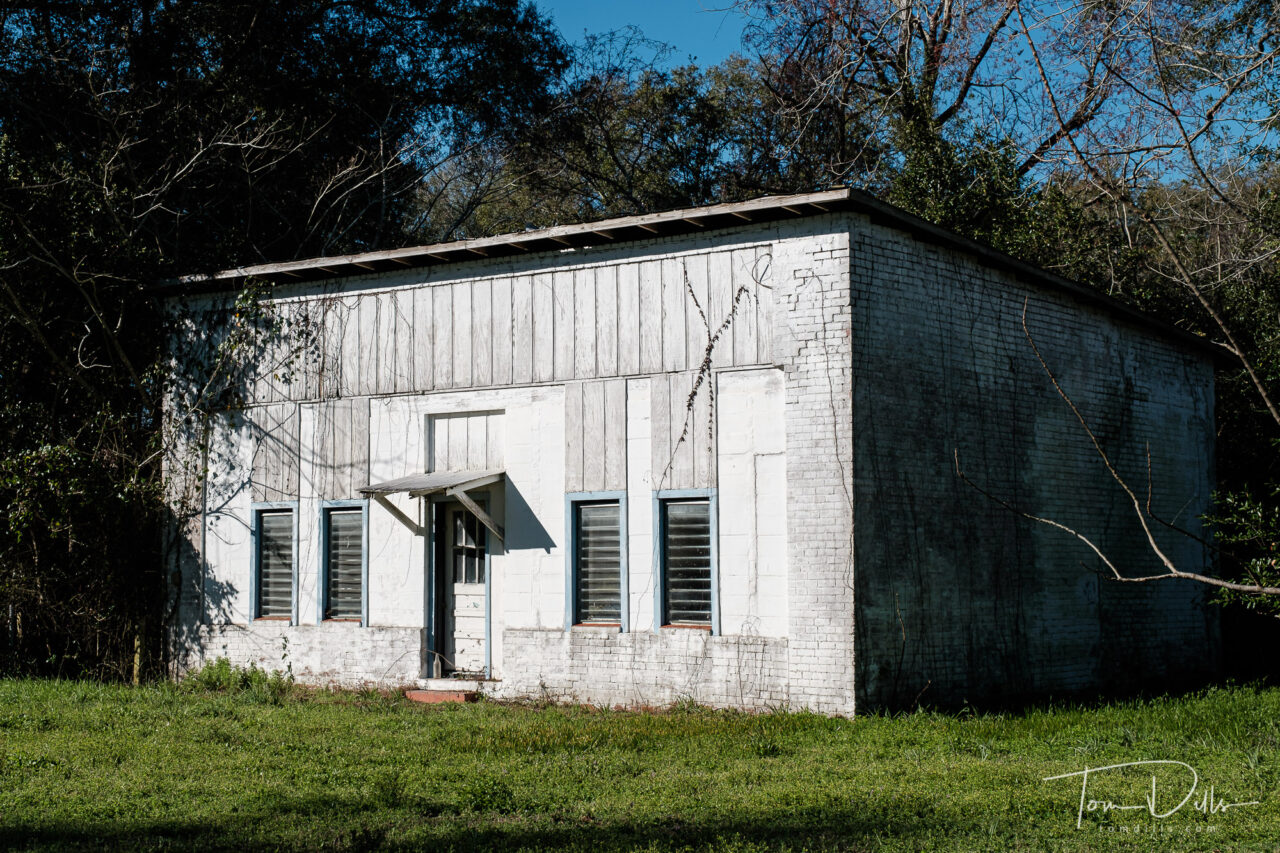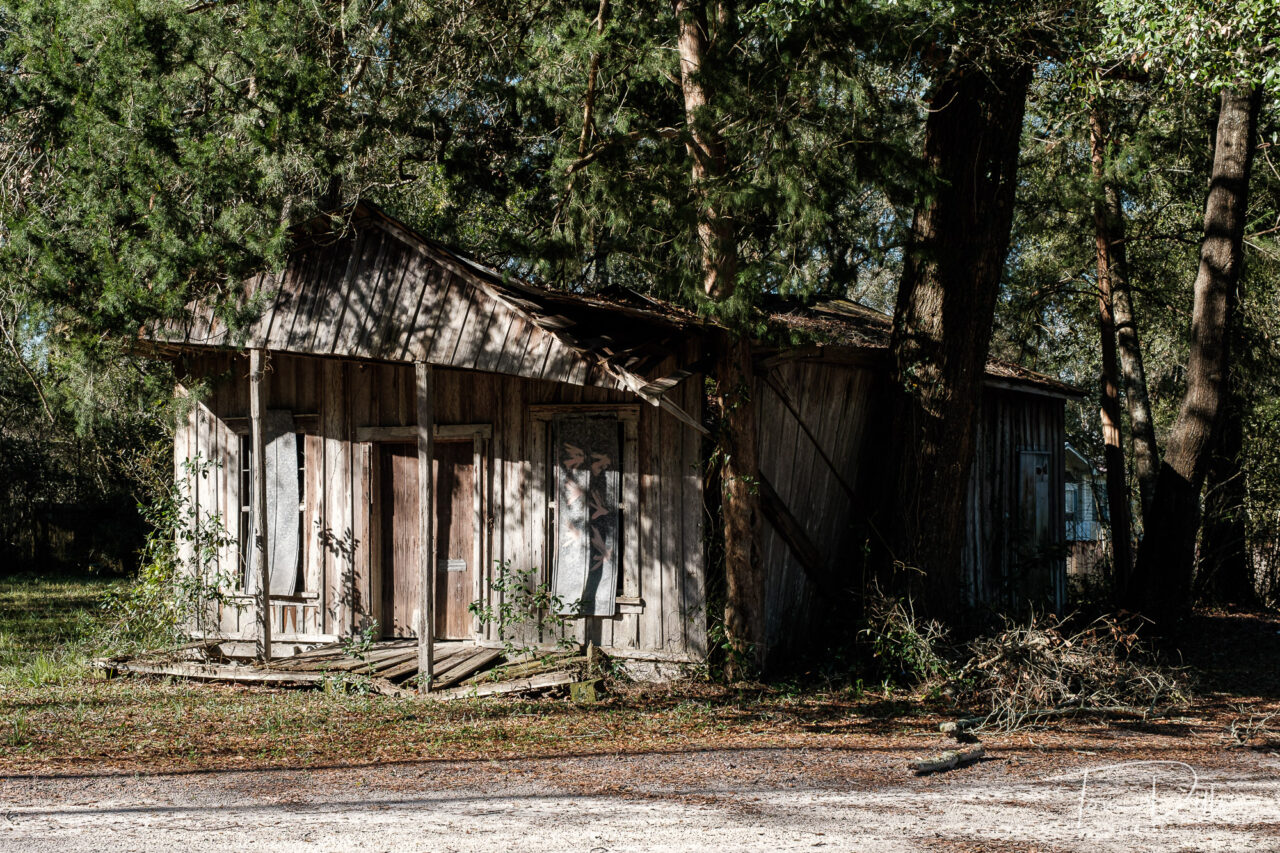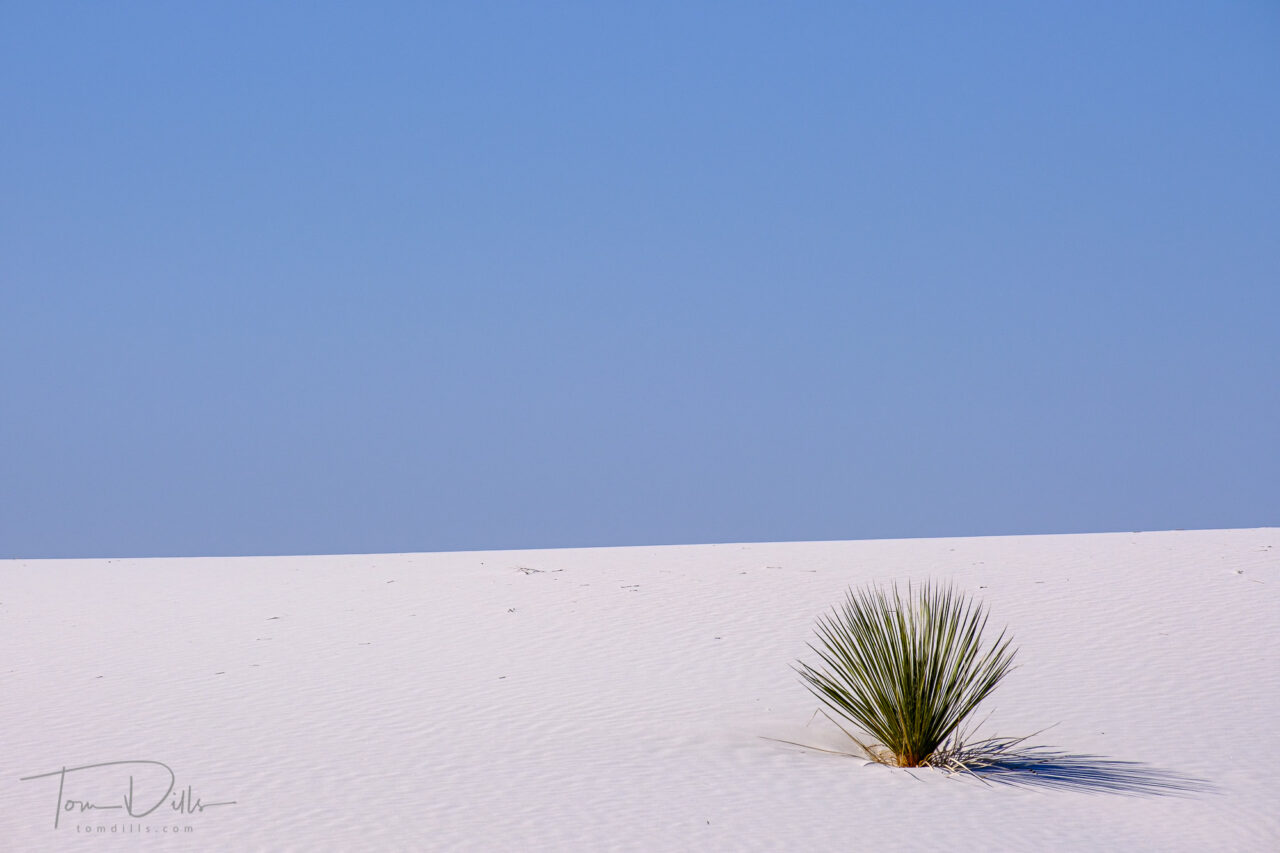
According to my metadata, I only photographed for about 30 minutes on our evening at White Sands. But other than perhaps the evening I spent in The Palouse last fall, it was perhaps the most productive 30 minutes I’ve had with a camera in a long time. The most fun, too!
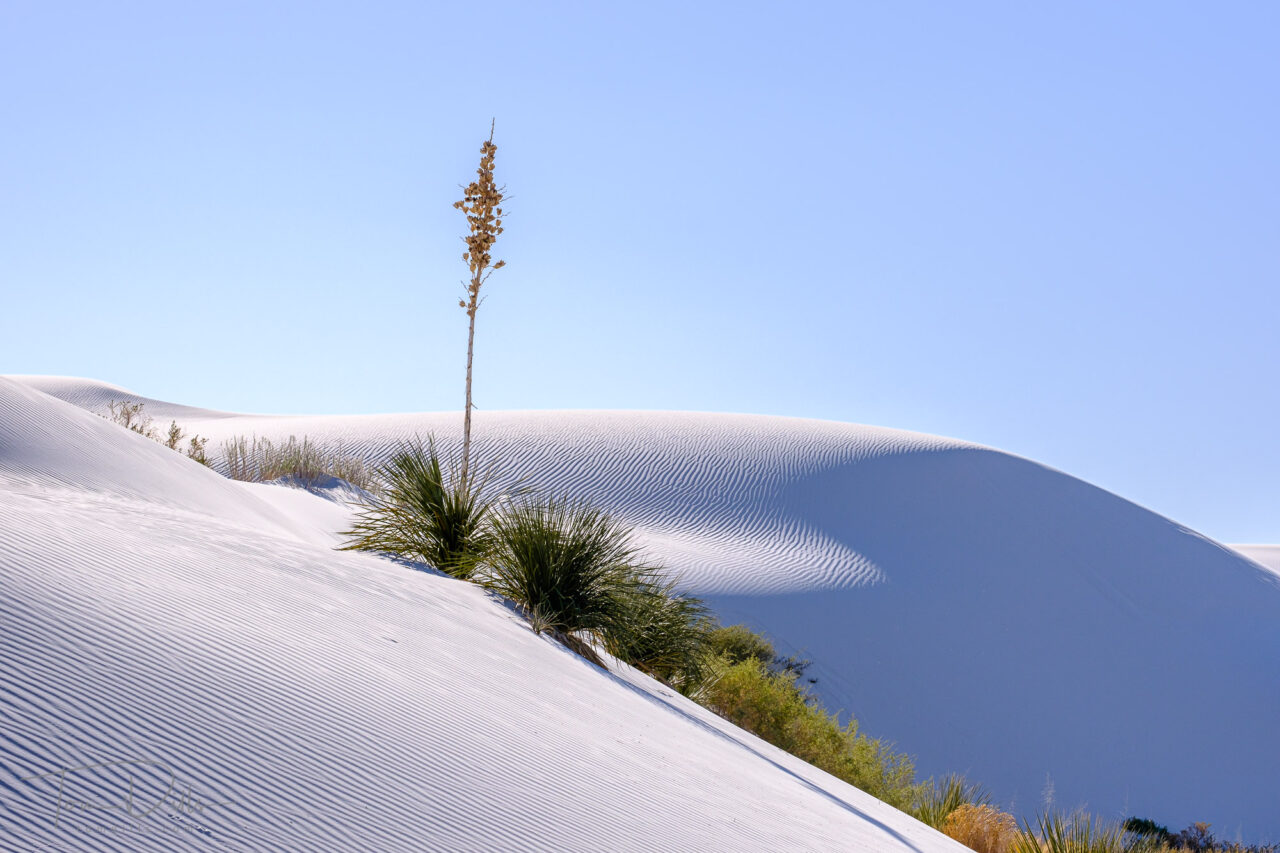
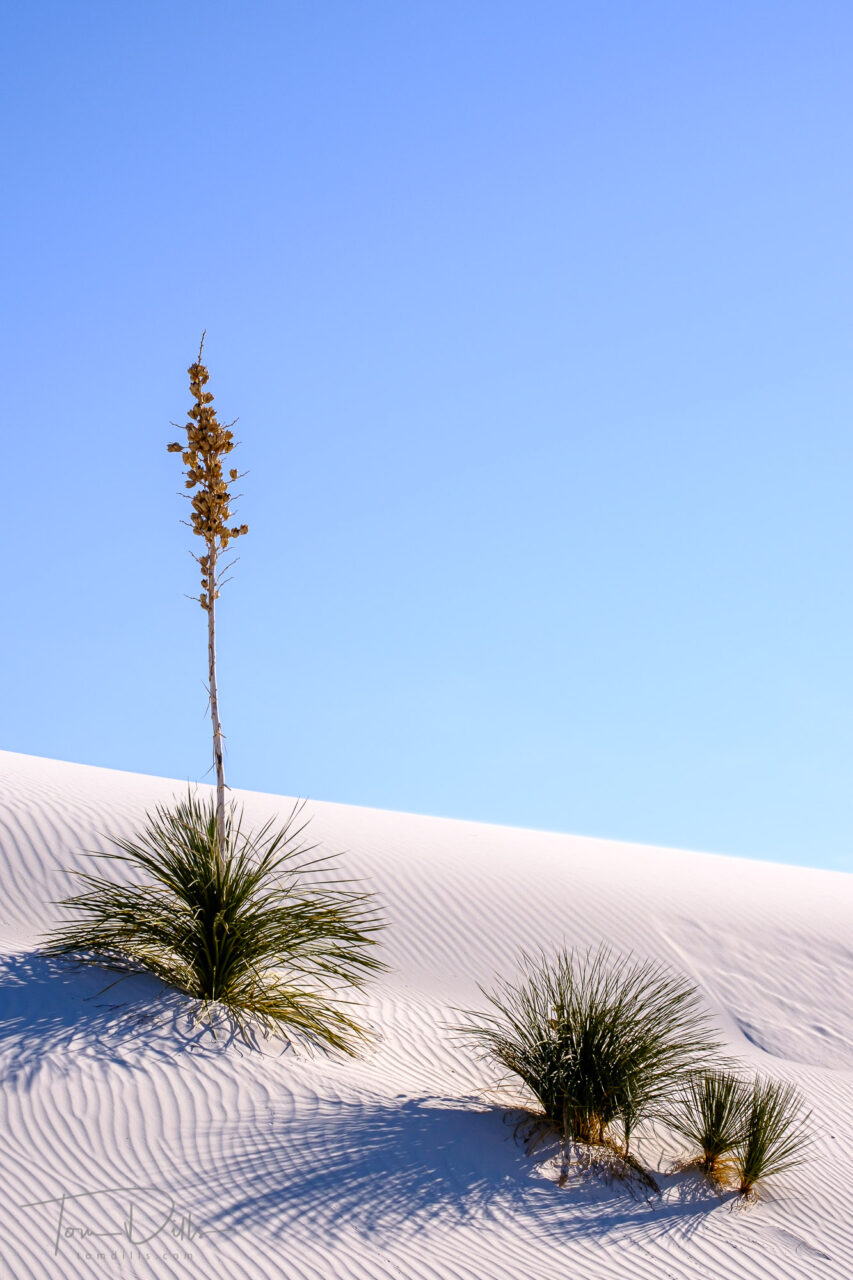
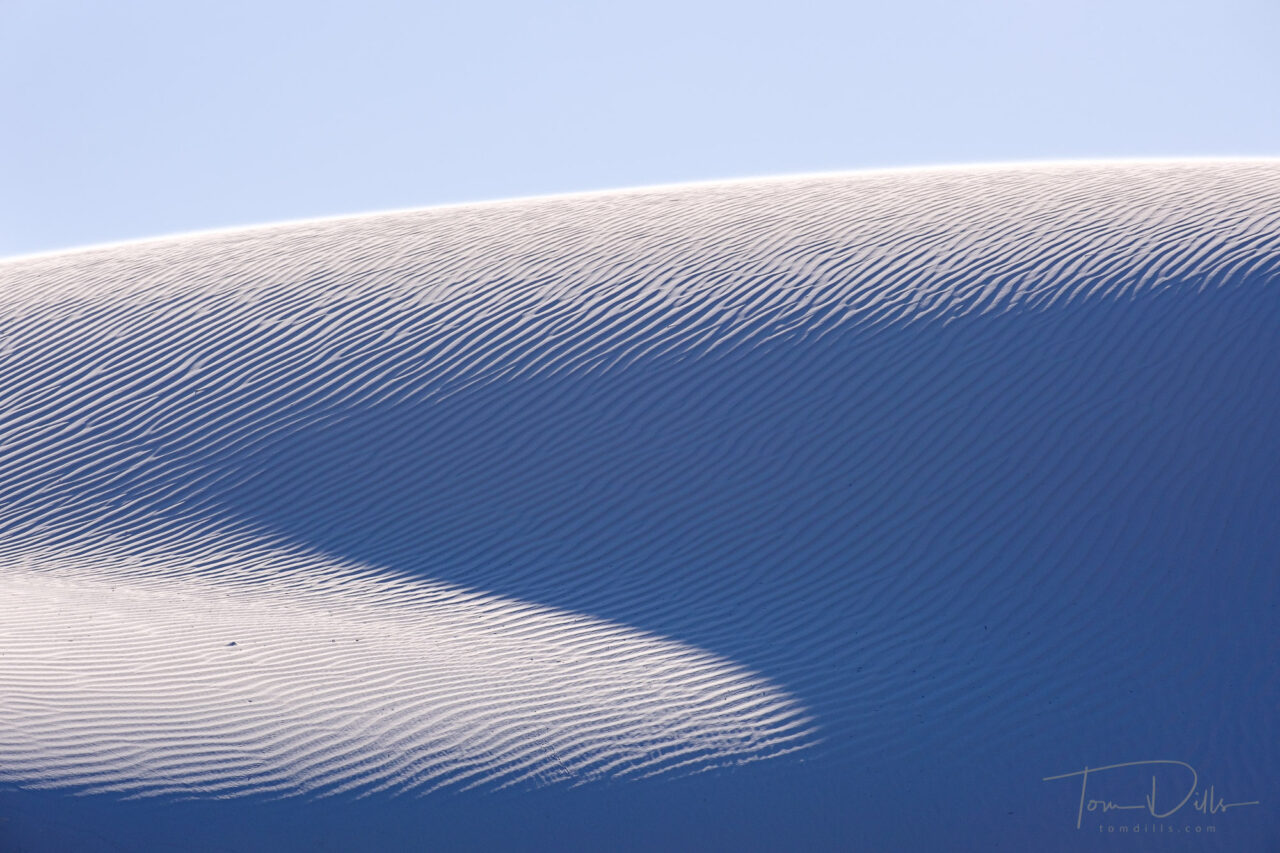
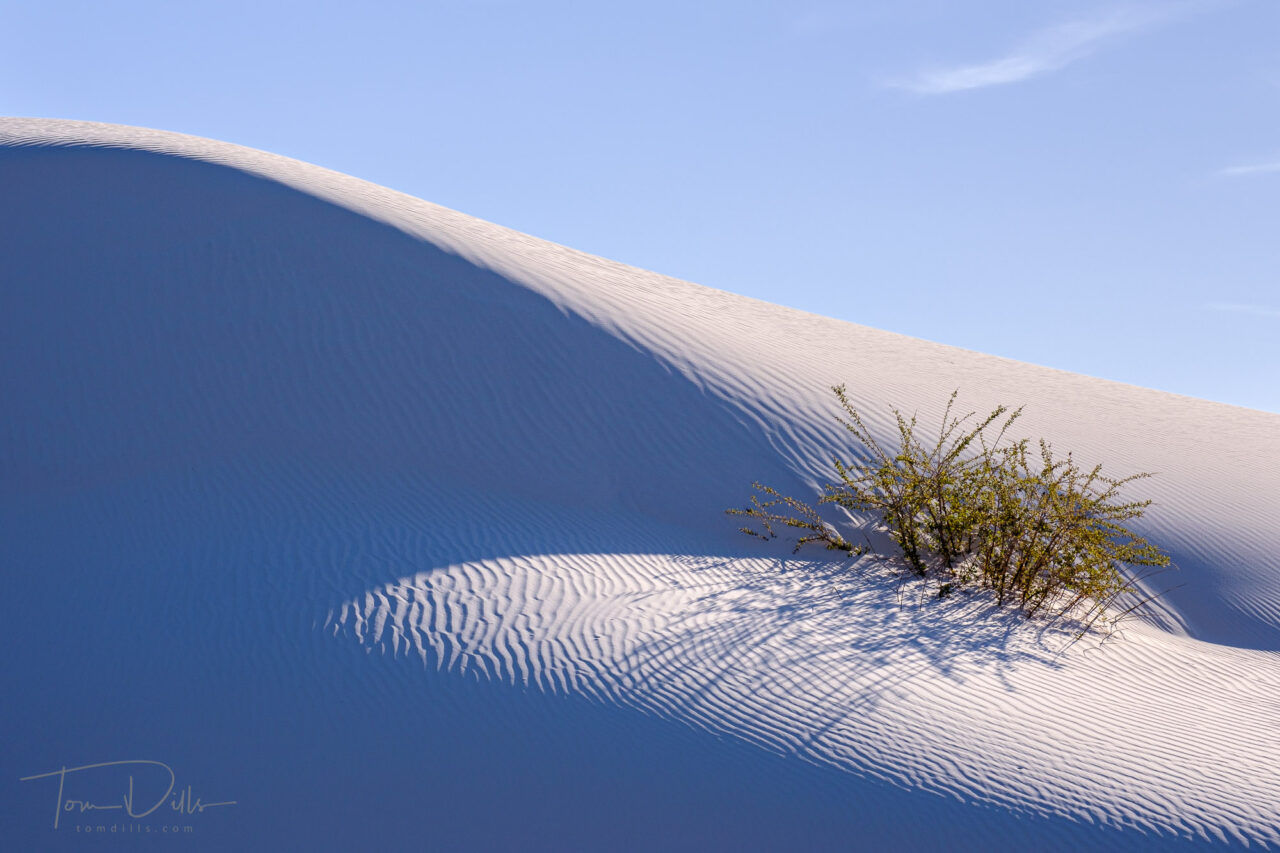
I “only” took 43 photographs, but have marked 33 of them as “Picks” in Lightroom. That’s a very high percentage for me. 🙂 Of course not all of them will end up on a wall or even on my website, but a few of my favorites definitely will.
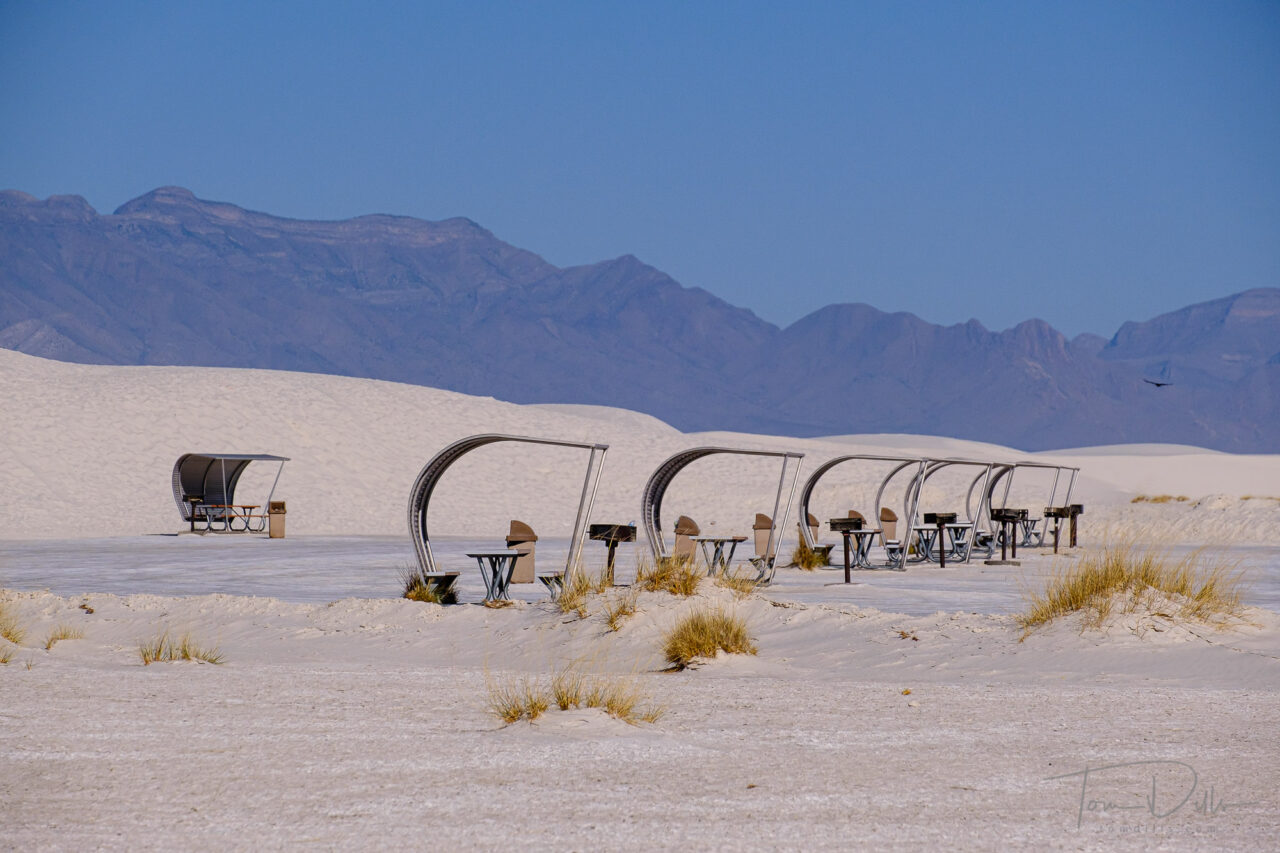
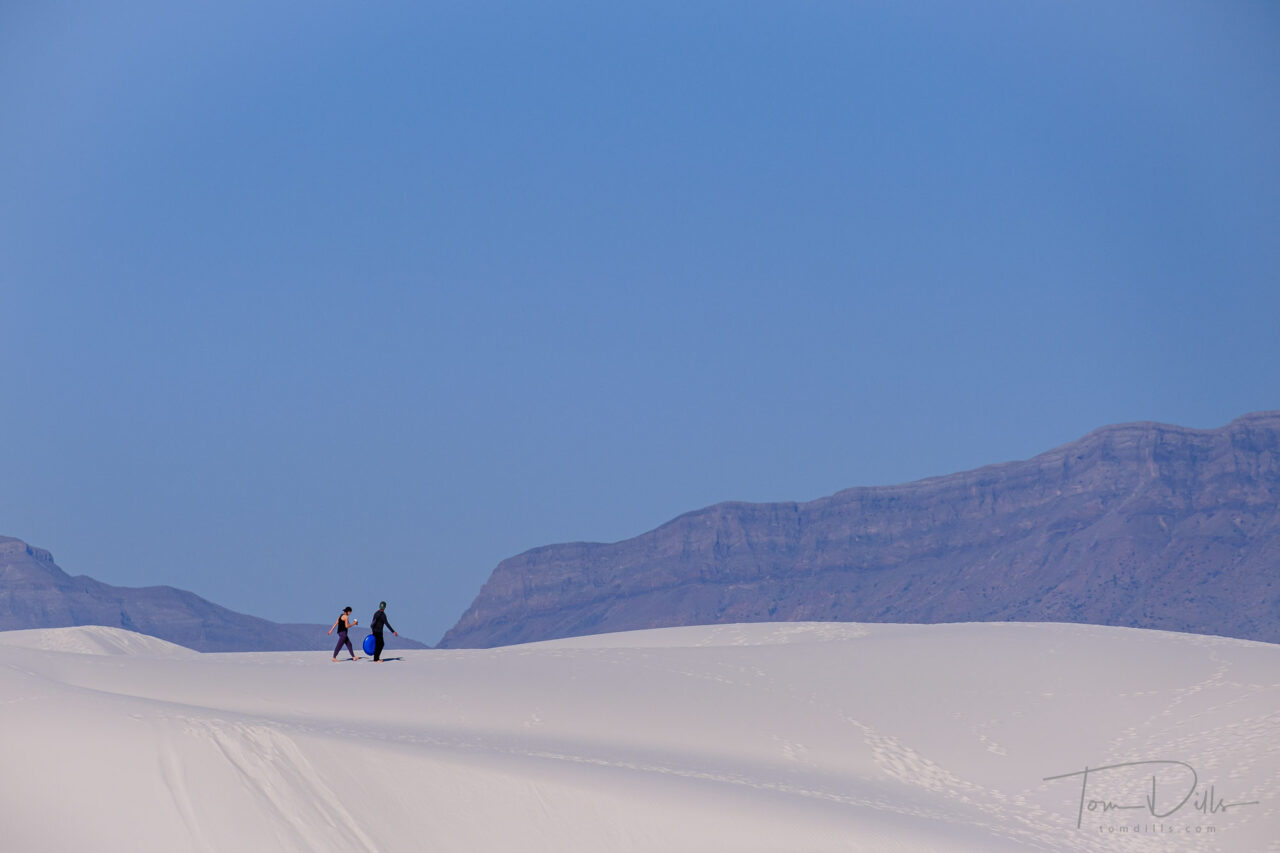
White Sands is the kind of place where you can shoot for as long as you have. And unless you really mess something up, you are likely to come back with something you like. Interestingly, as huge as the park is, I only moved a total of about 100 yards (after trudging through the sand and scrub to get to the spot I had found) in that 30 minutes. I shot exclusively with my 55-200 lens, on a tripod, in manual focus mode. All of the scenes I found were that small. For me the tripod is essential in situations like that, because in addition to allowing for critical focus, it is a must for precise composition.
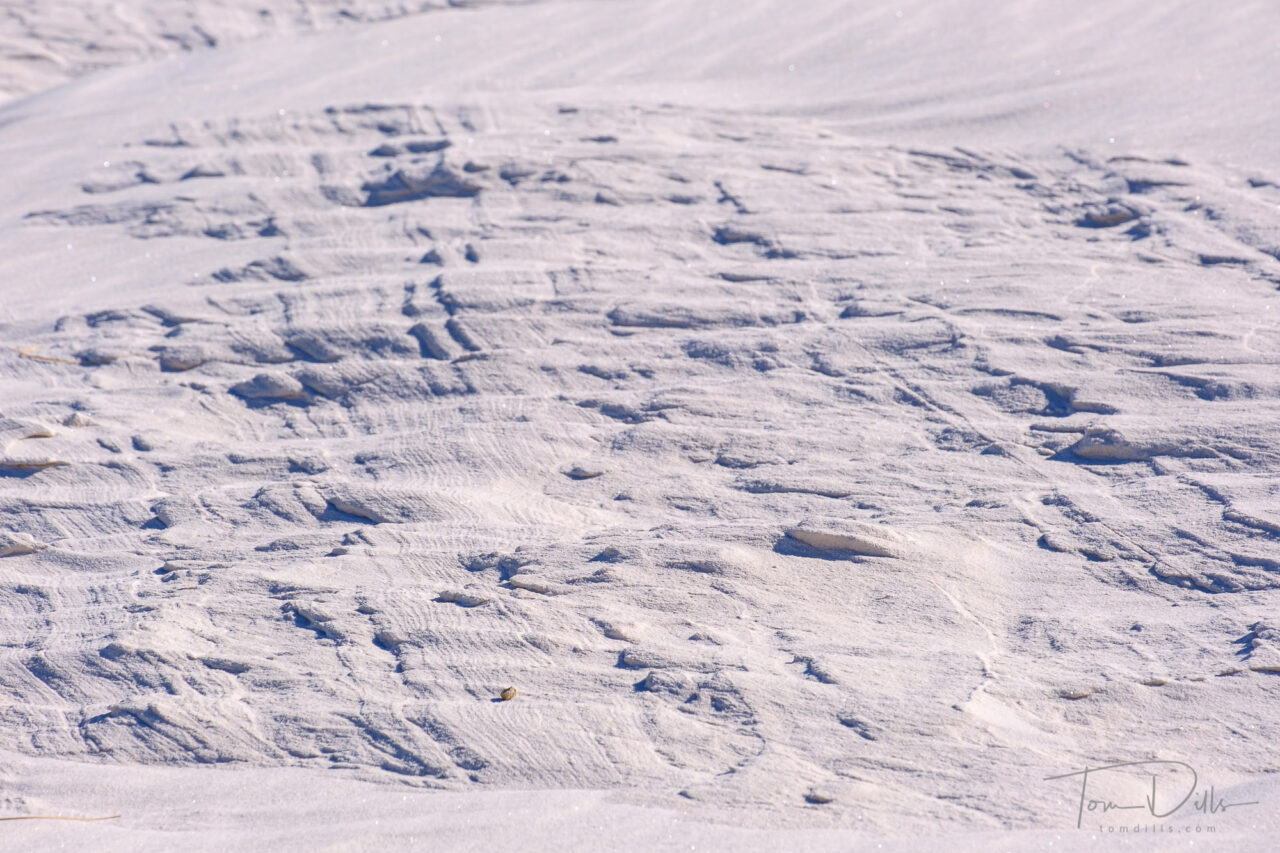
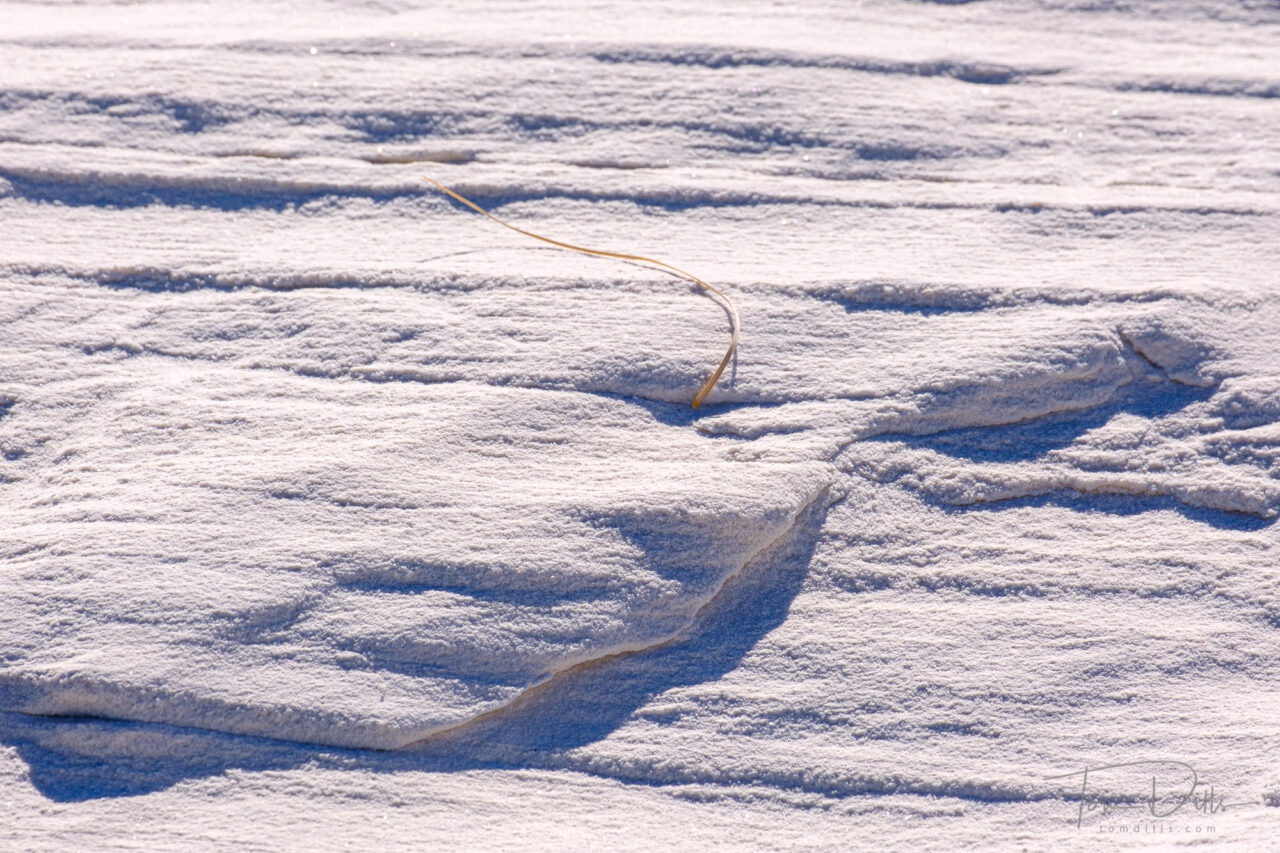
The biggest issue in a park like White Sands is finding places that haven’t been covered with footprints and sled tracks. In fact, there is one setup where I had only taken one frame before a head popped over the horizon, and some dude came sledding down the pristine slope I had been set up to shoot. Luck of the draw.
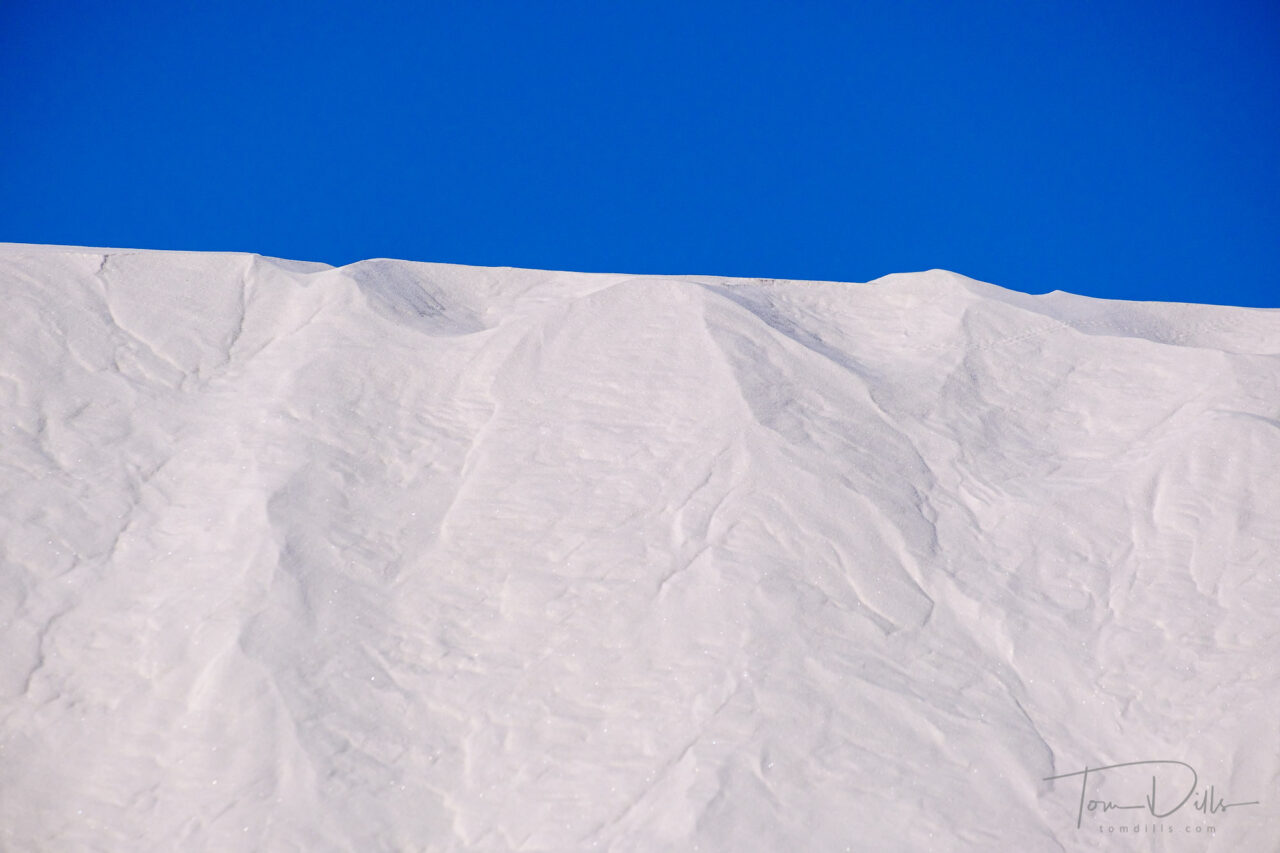
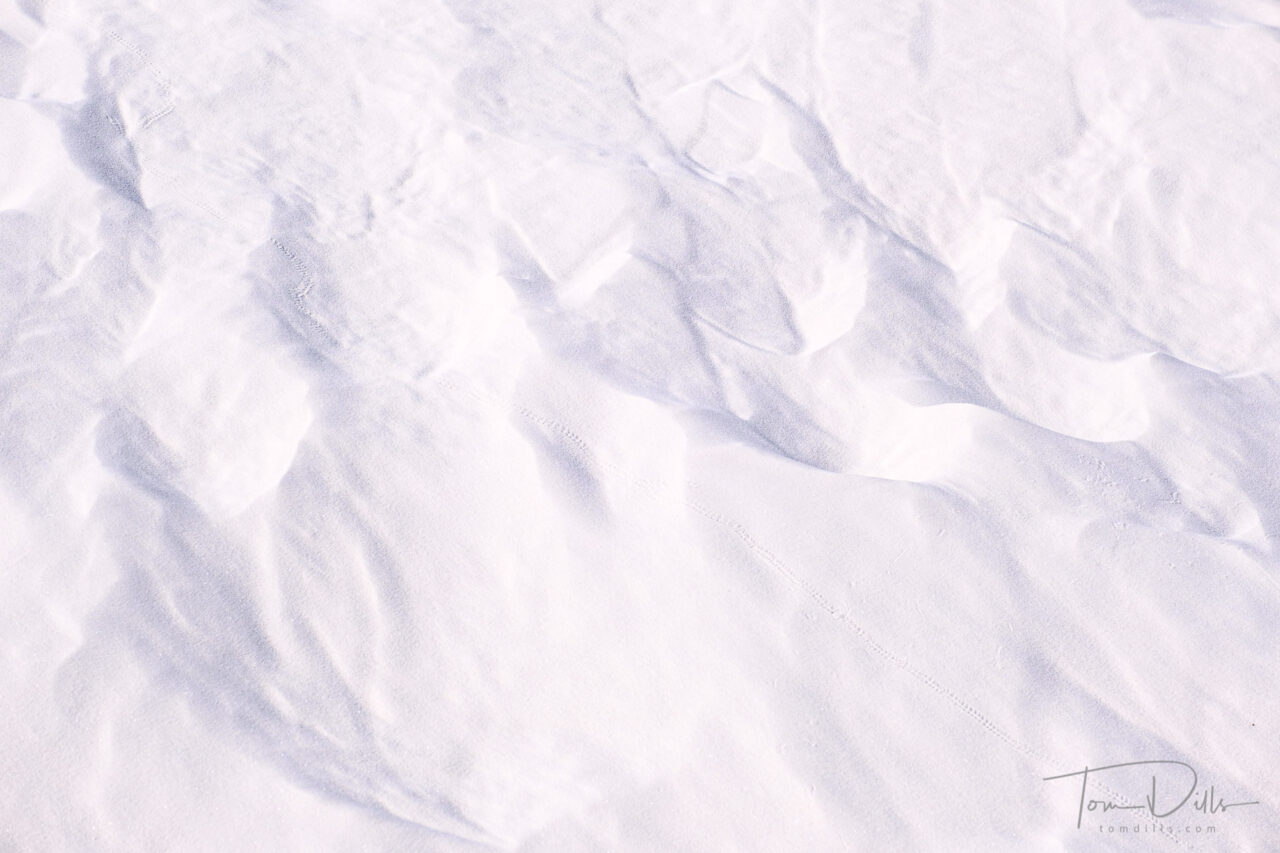
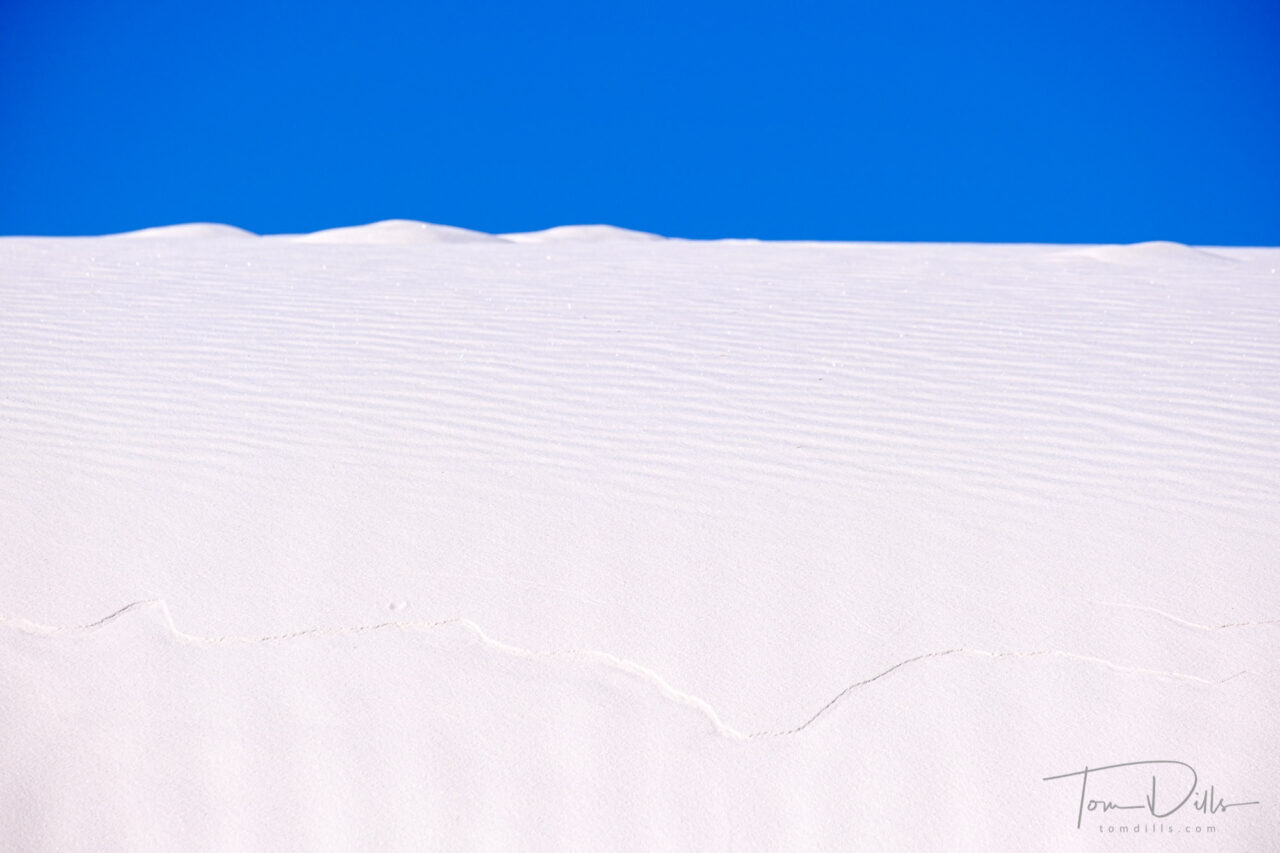
When we returned the following morning, we found that we didn’t get the benefit of the wind that often “erases” the footprints and that results in pristine conditions. But in a few places I was able to make use of the softened textures in the sand – still remains of footprints but worn down just a bit – superimposed against a crisp blue sky. It was different from the evening before, but very nice.
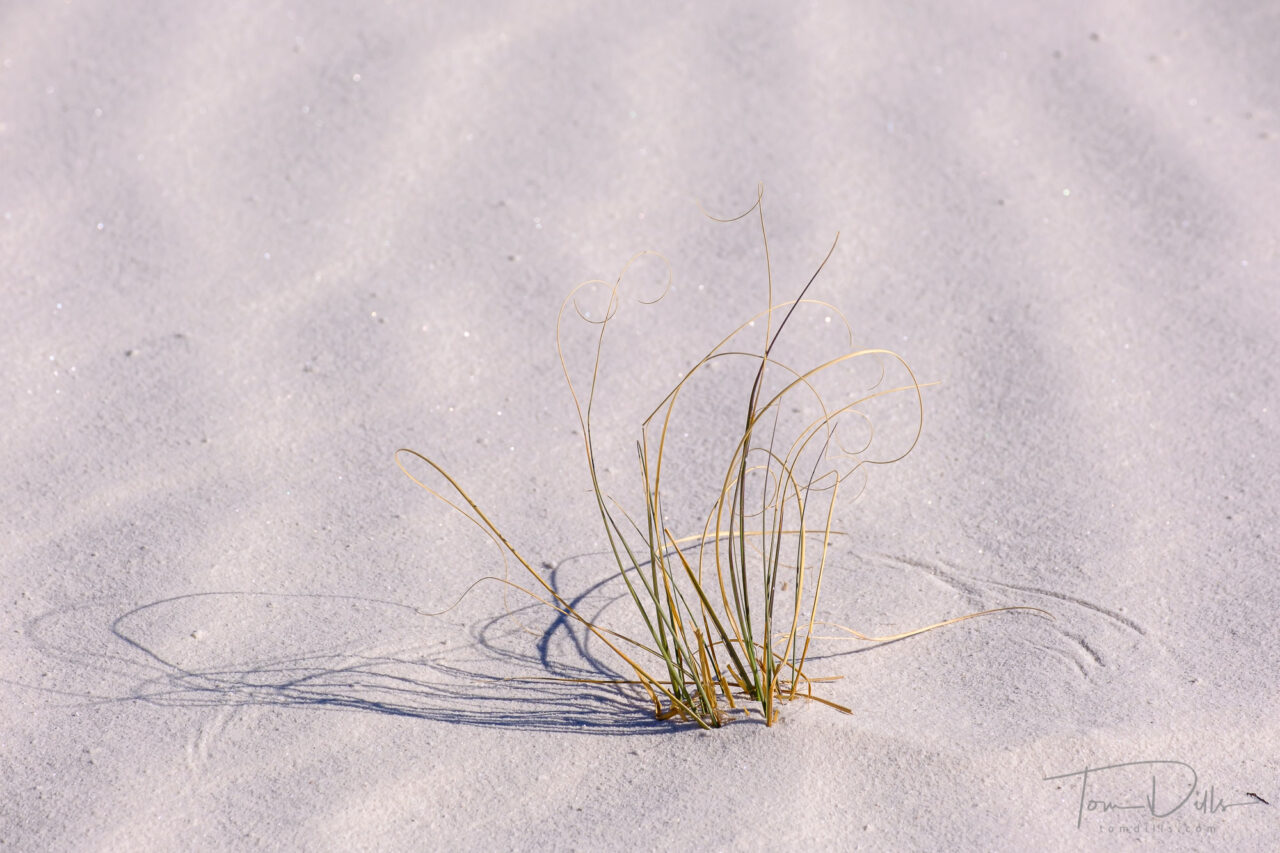
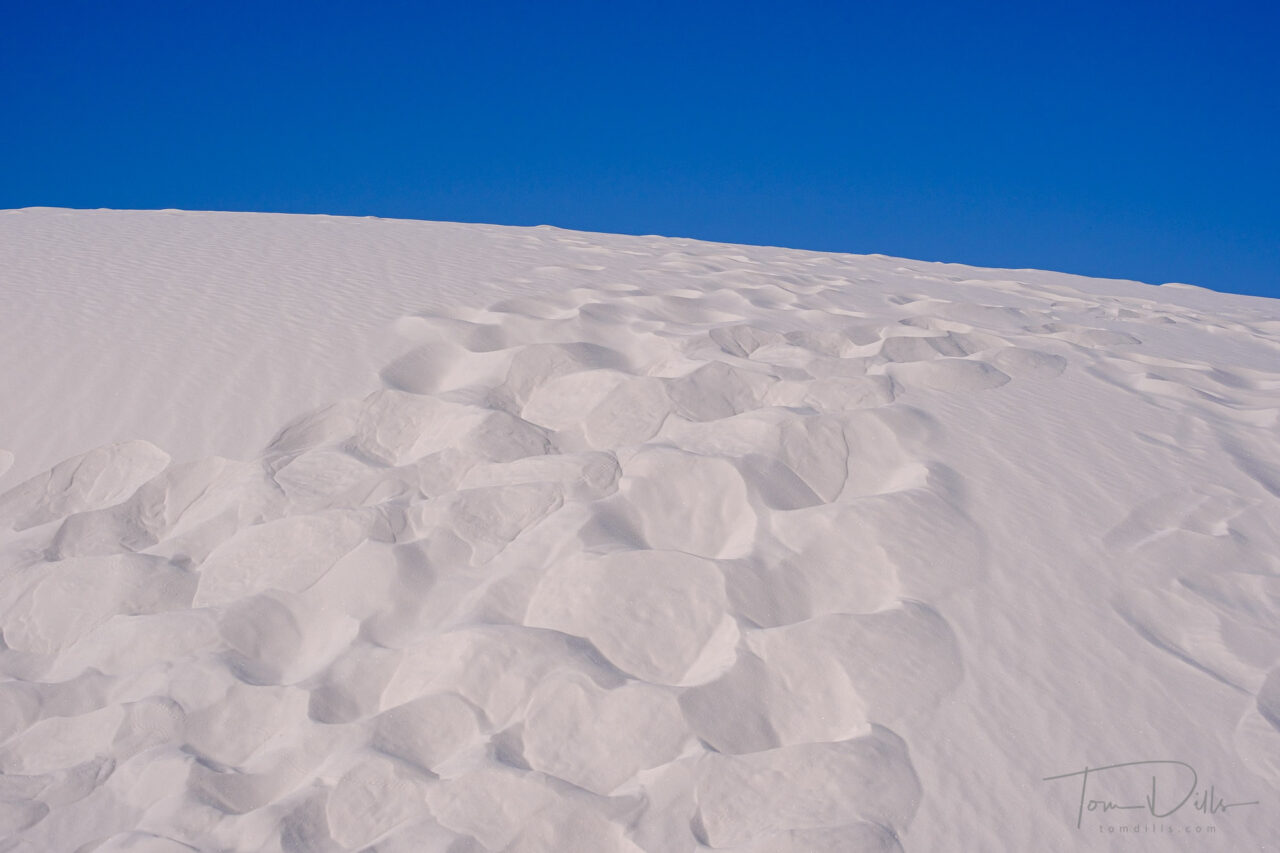
White Sands is one of those places where you can get something interesting however long you are there. Whether for an hour or two, a day or two, or a week or two. Like The Badlands or The Palouse, it is a place I would love to revisit with more time. But what I came home with is good until I have a chance to do that.
